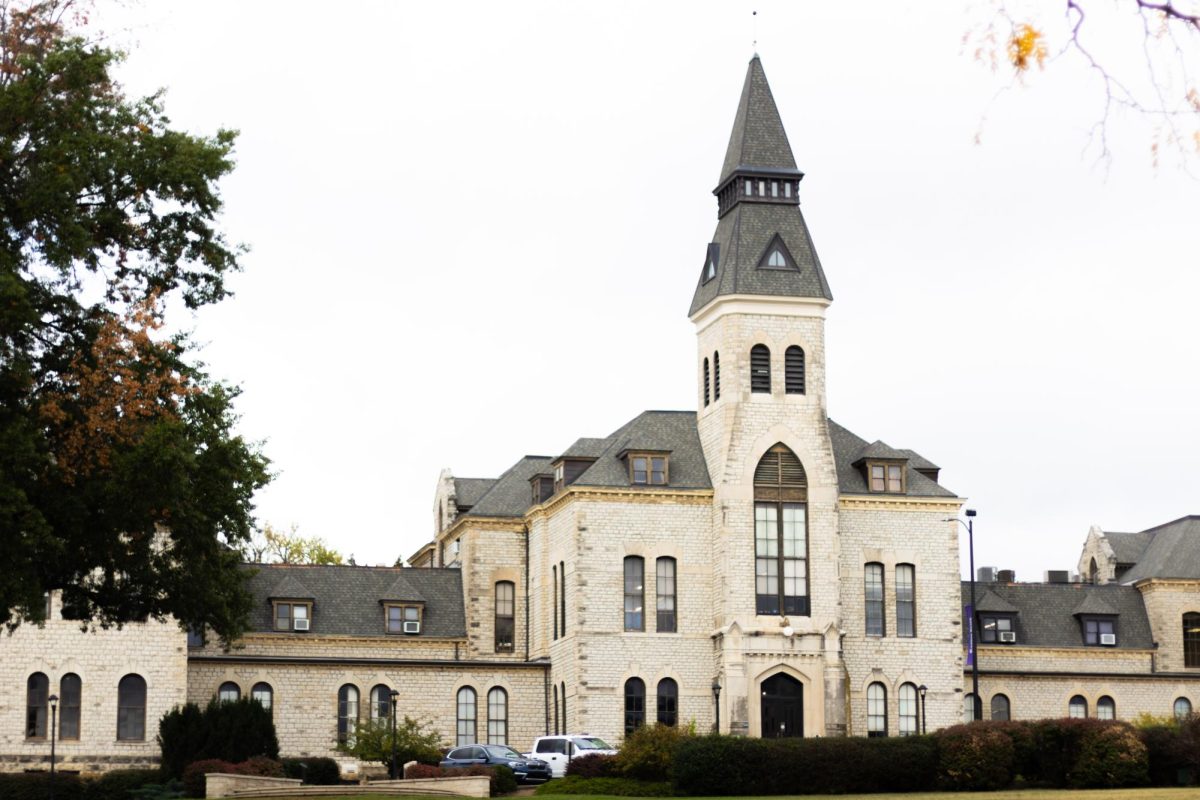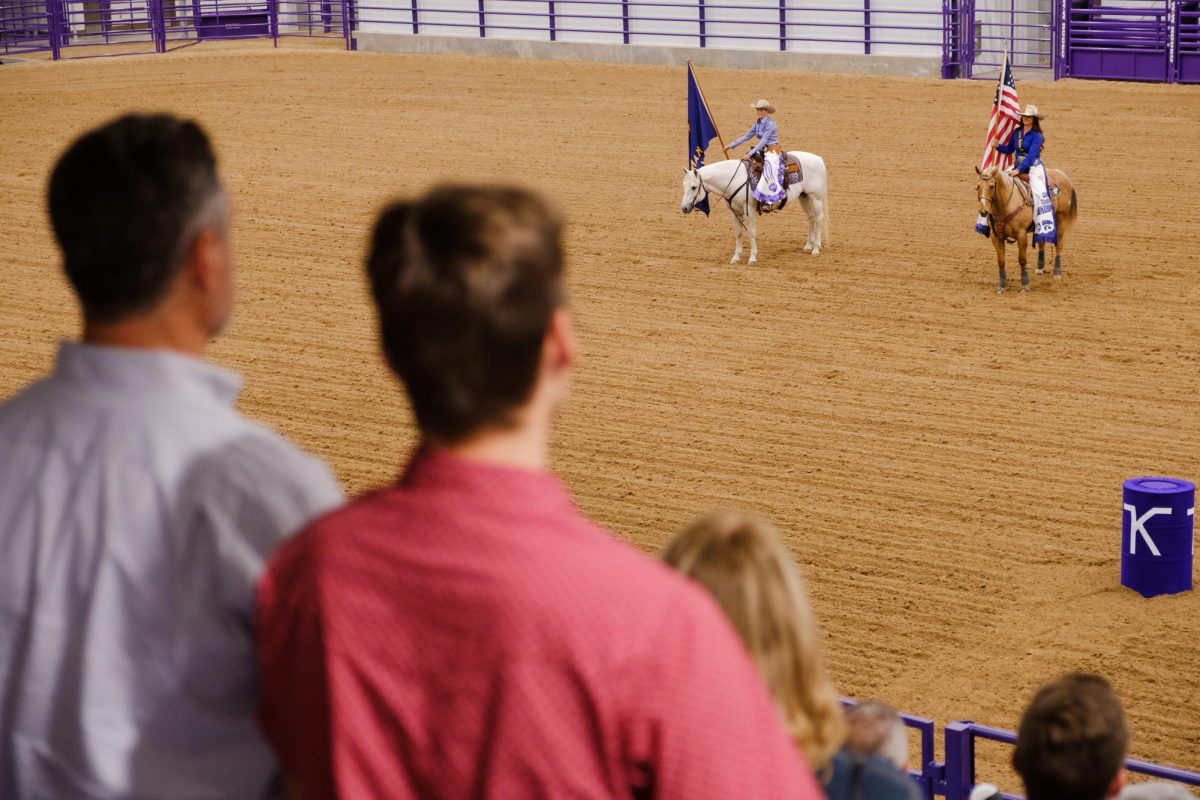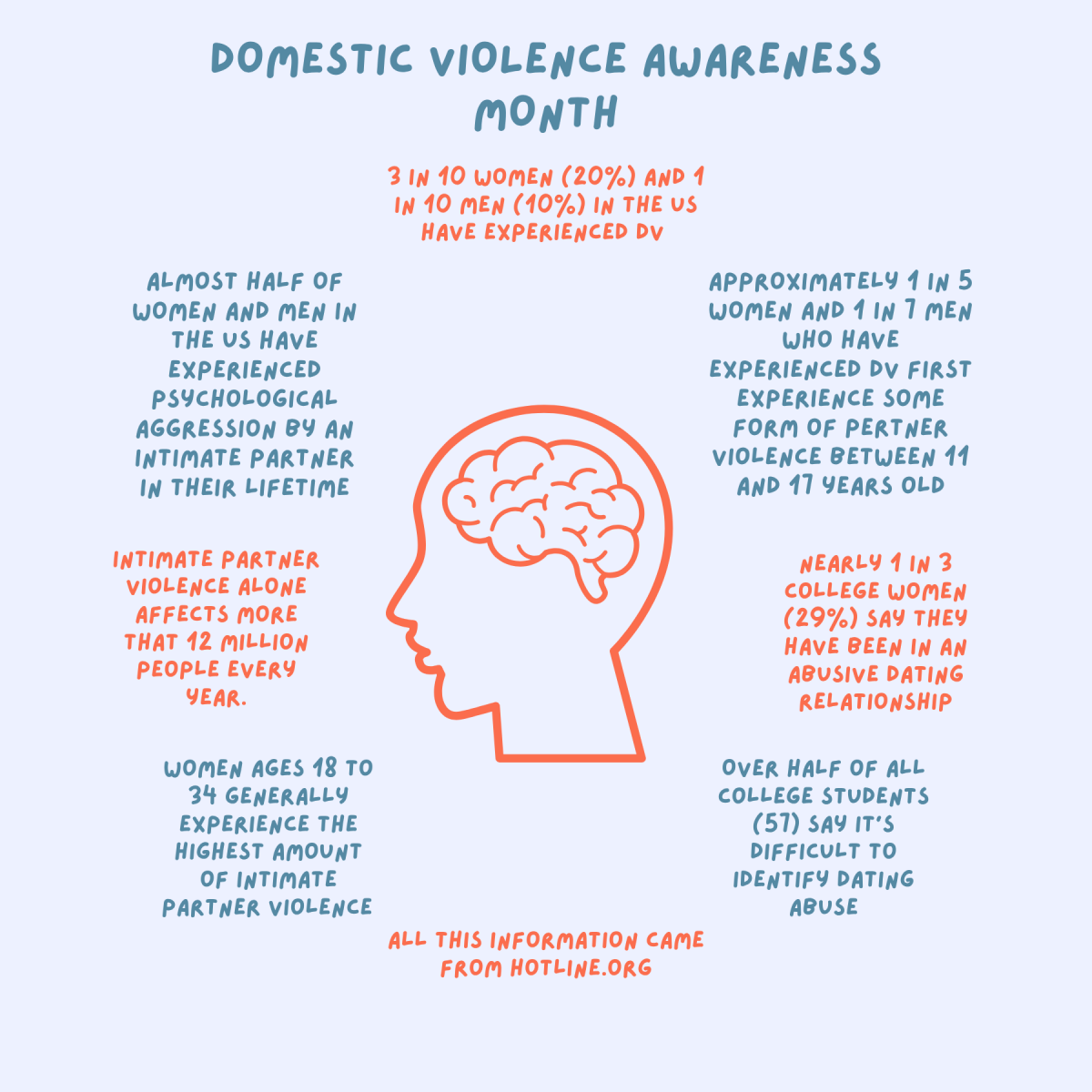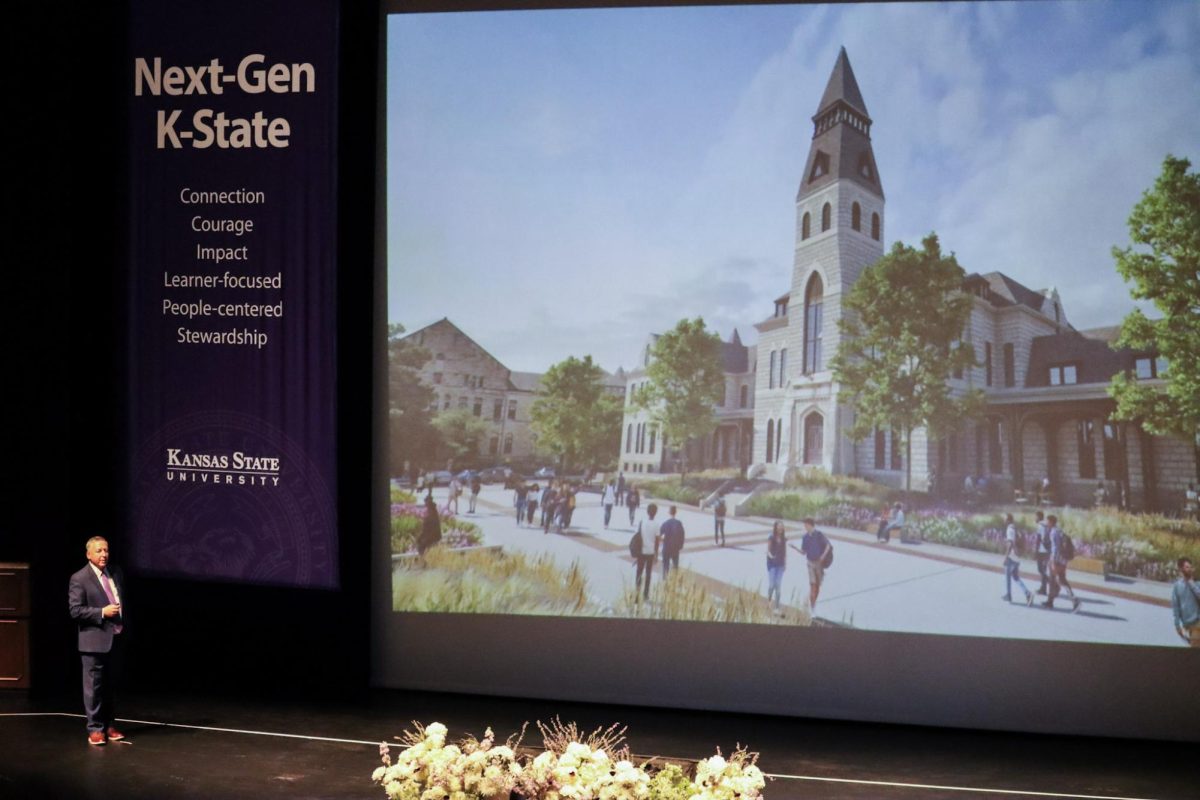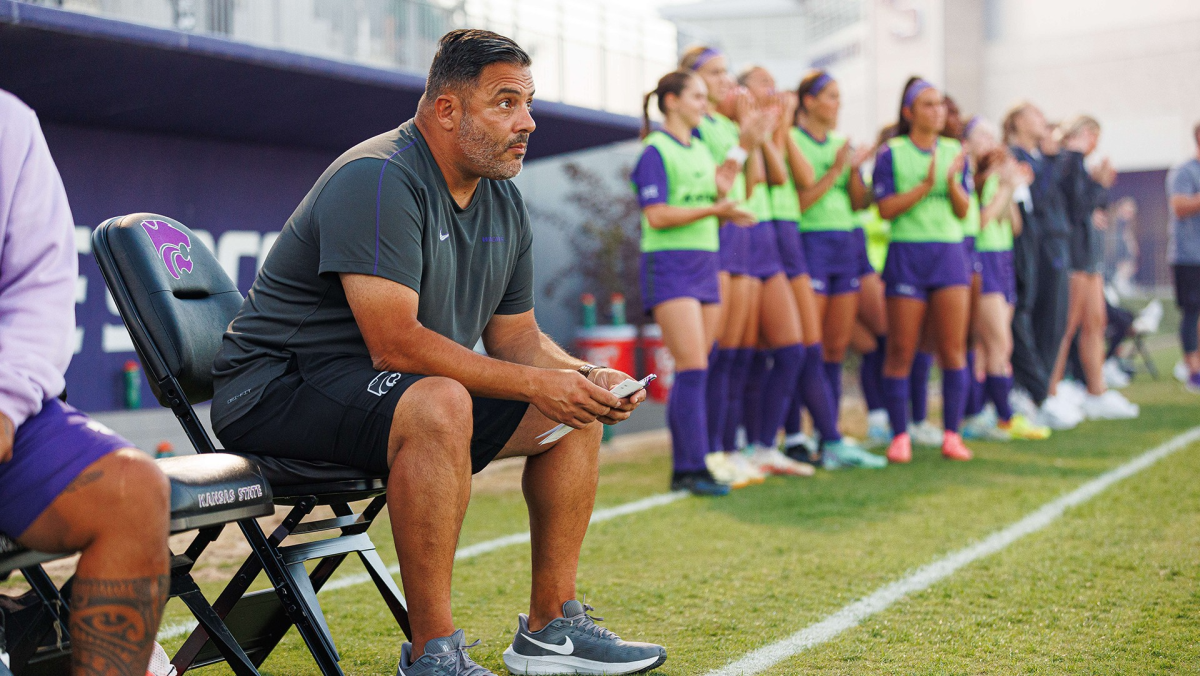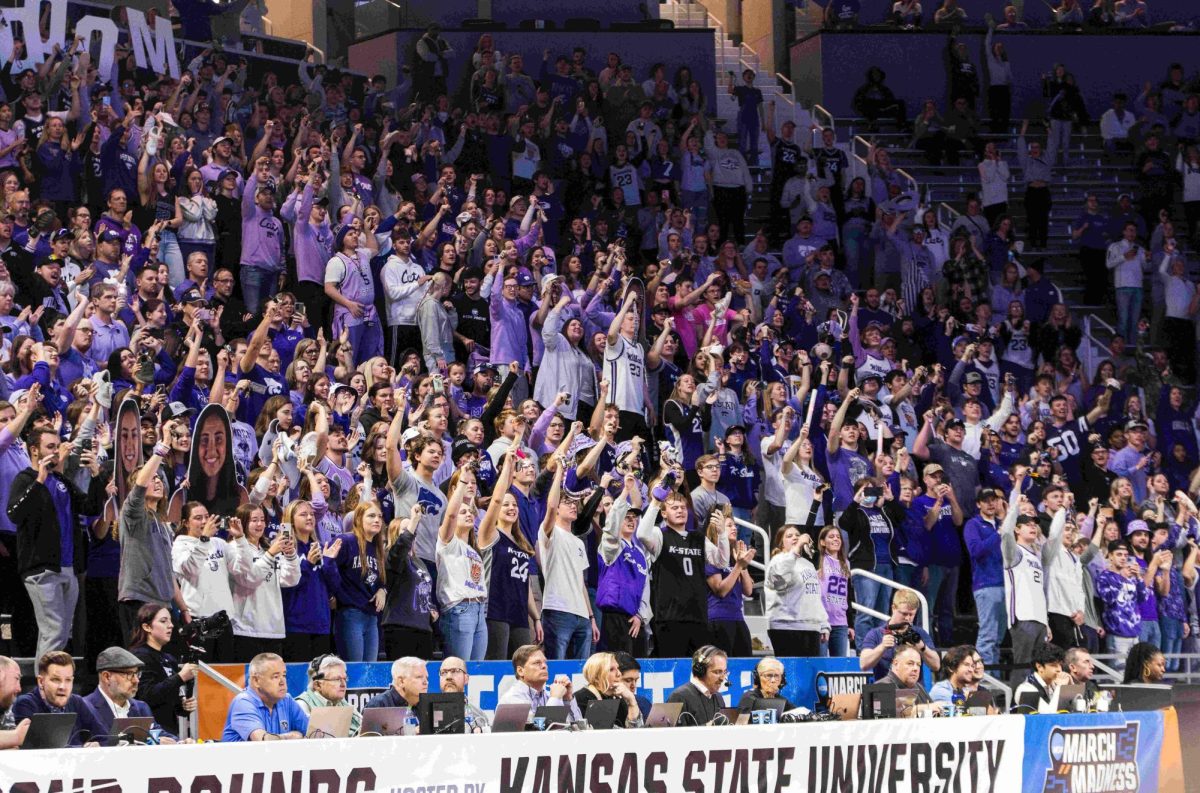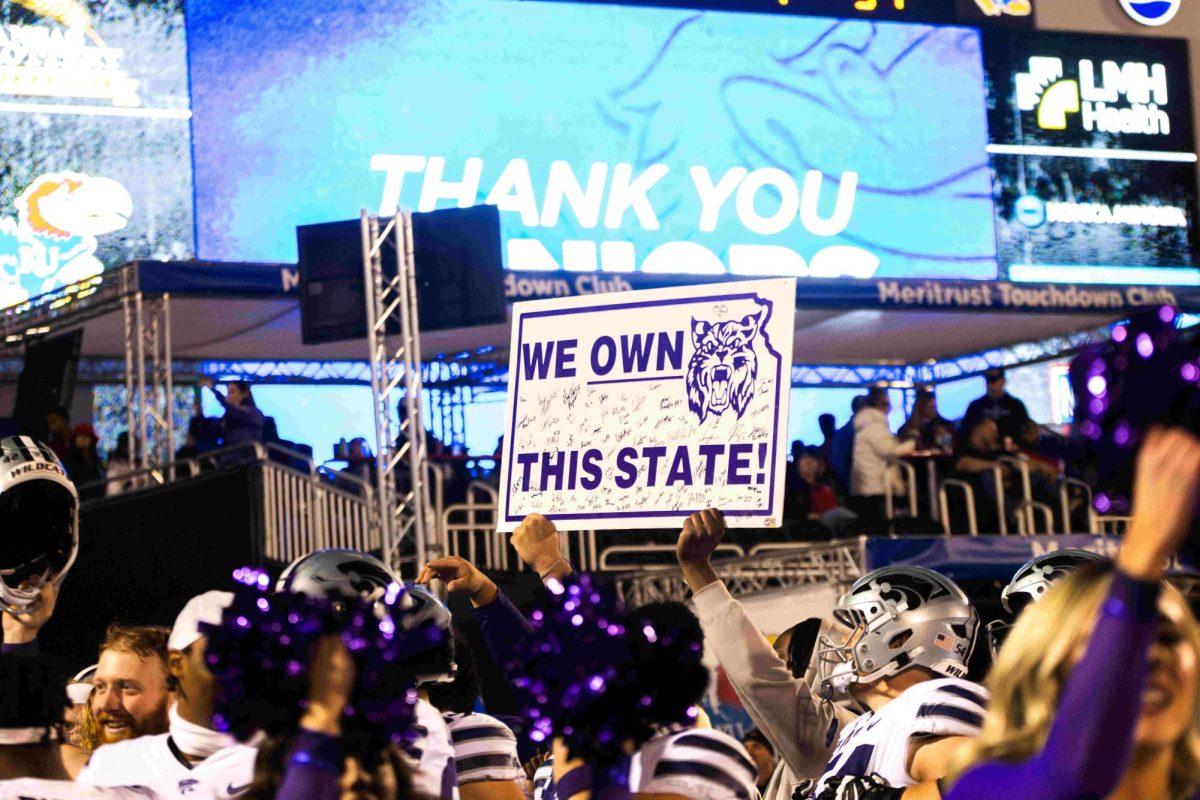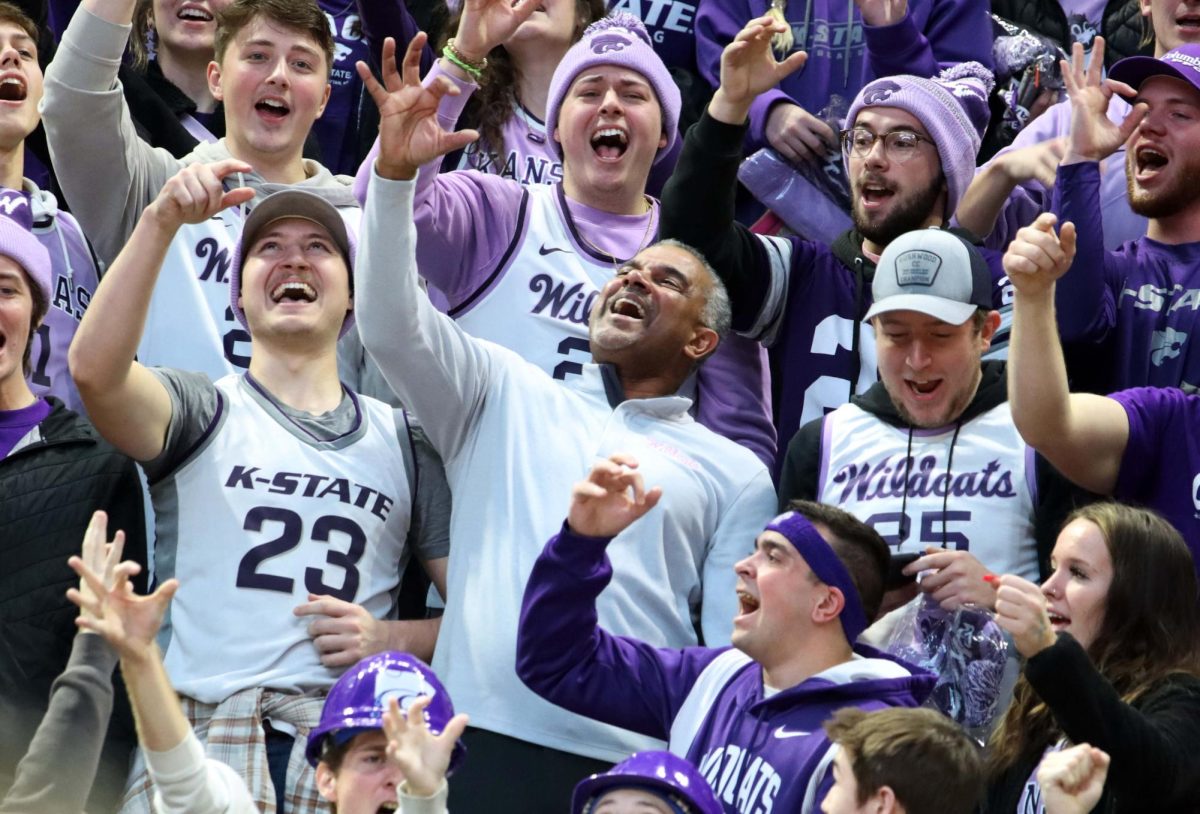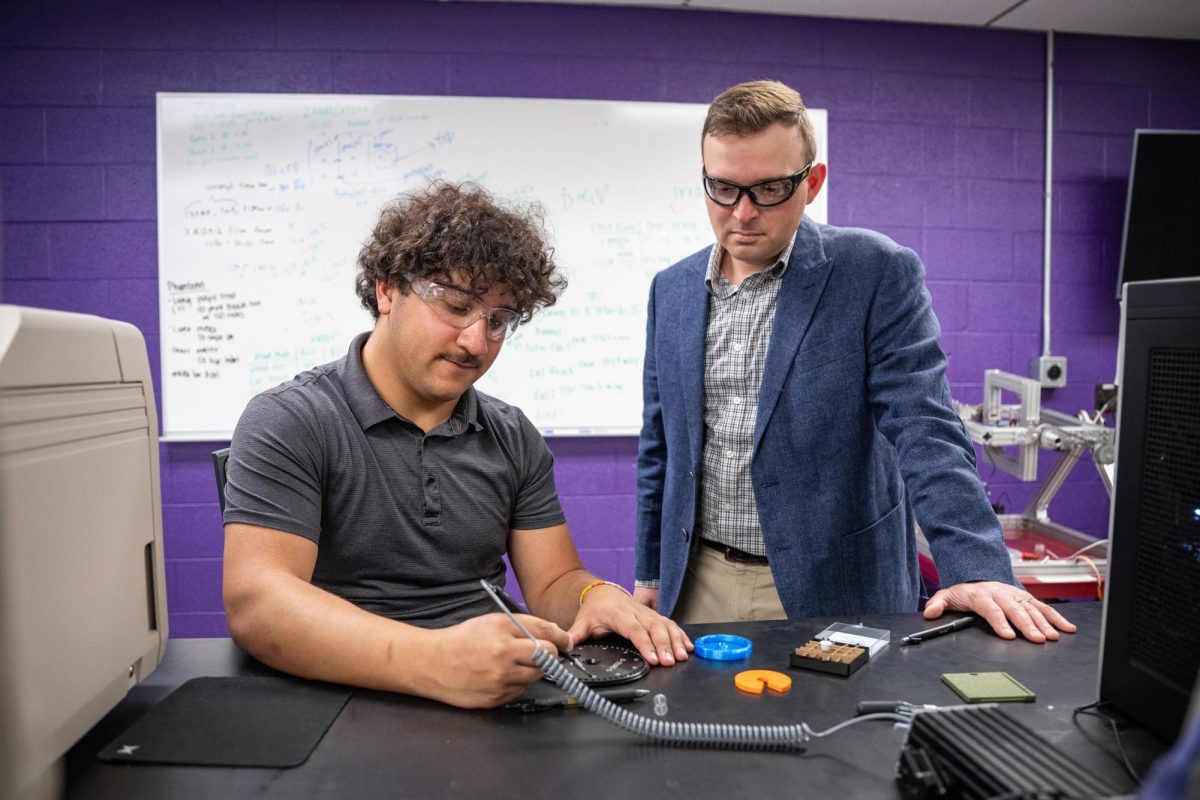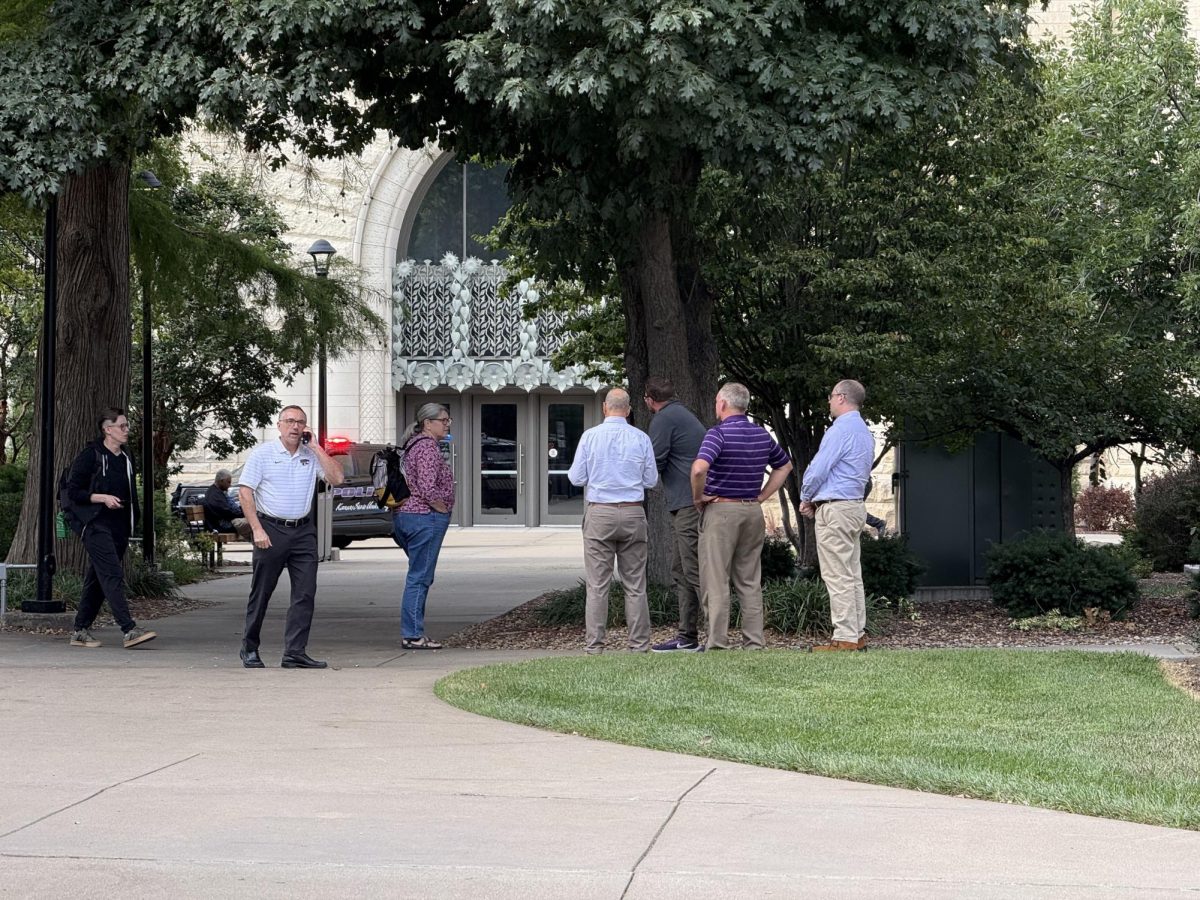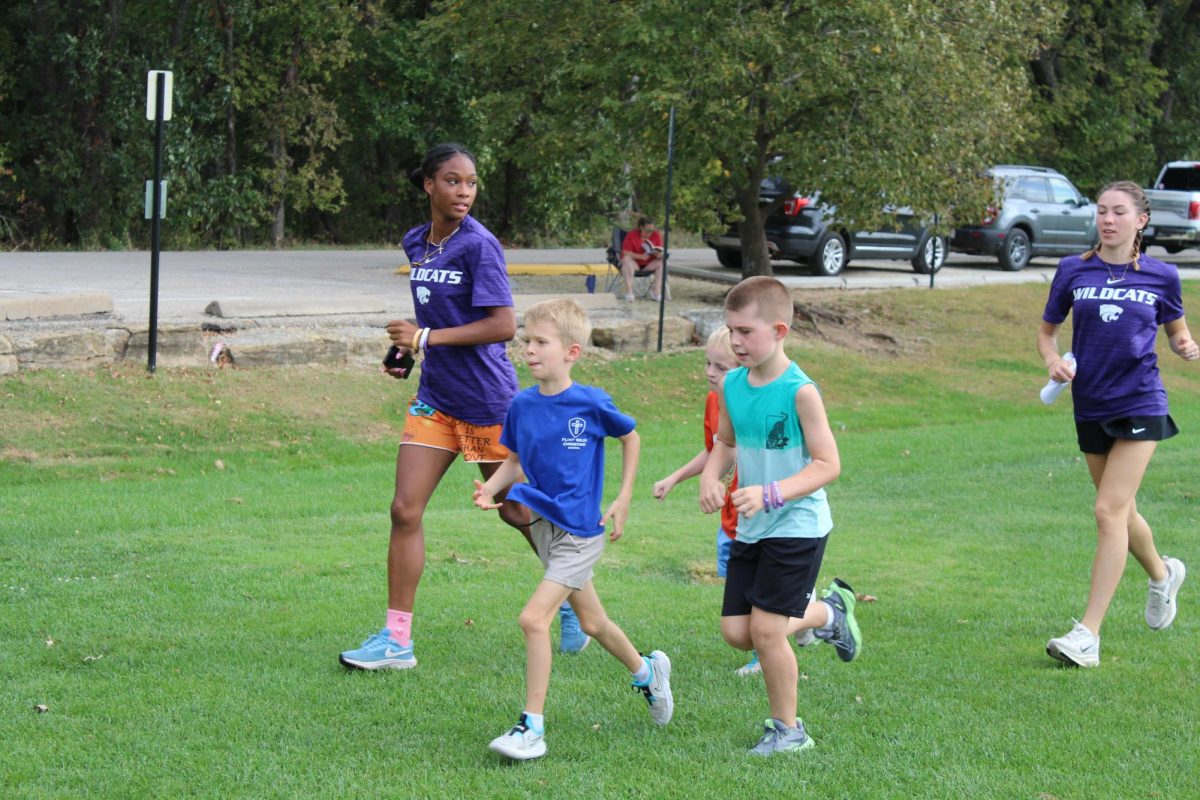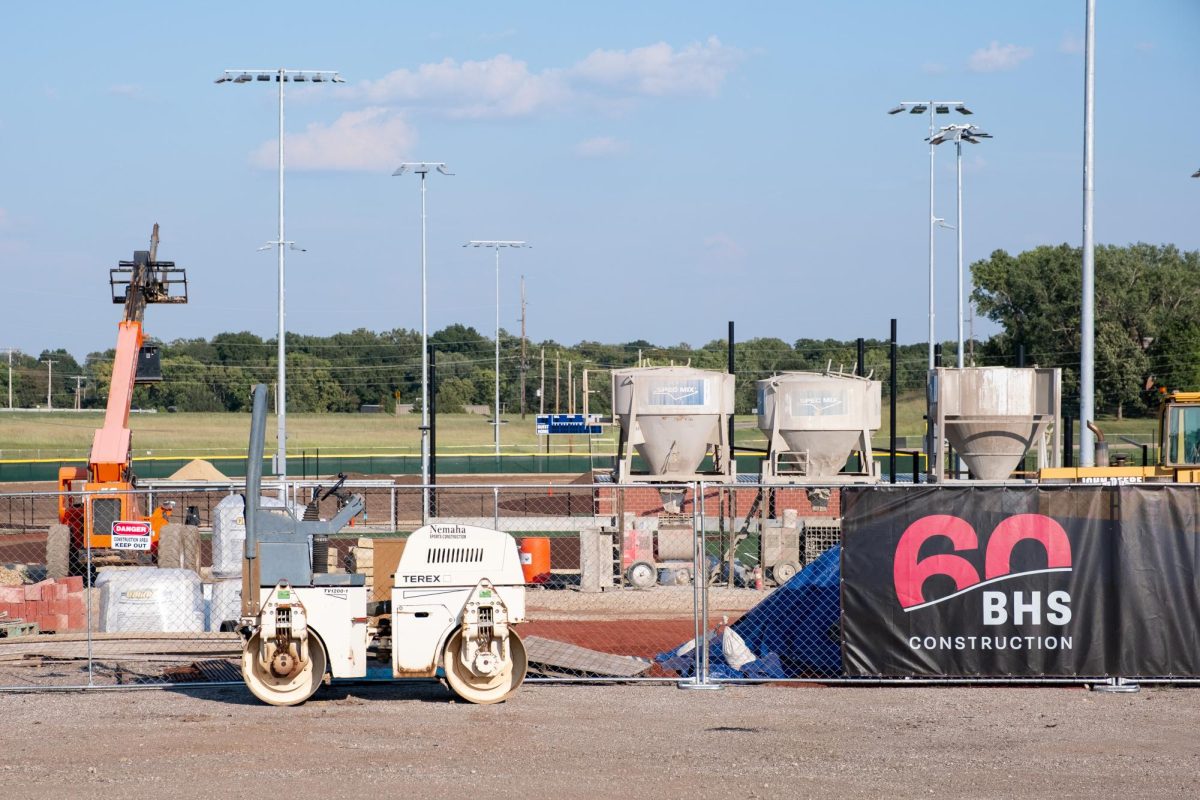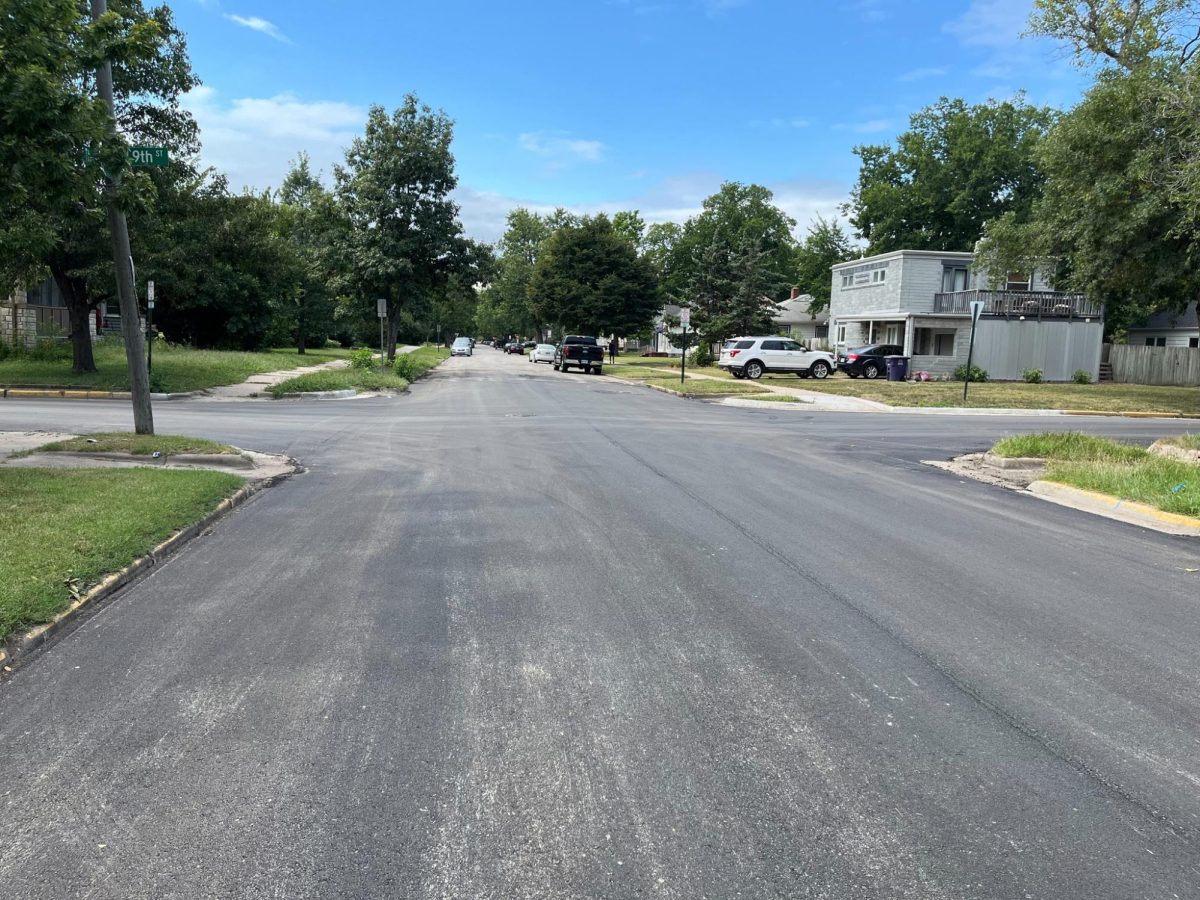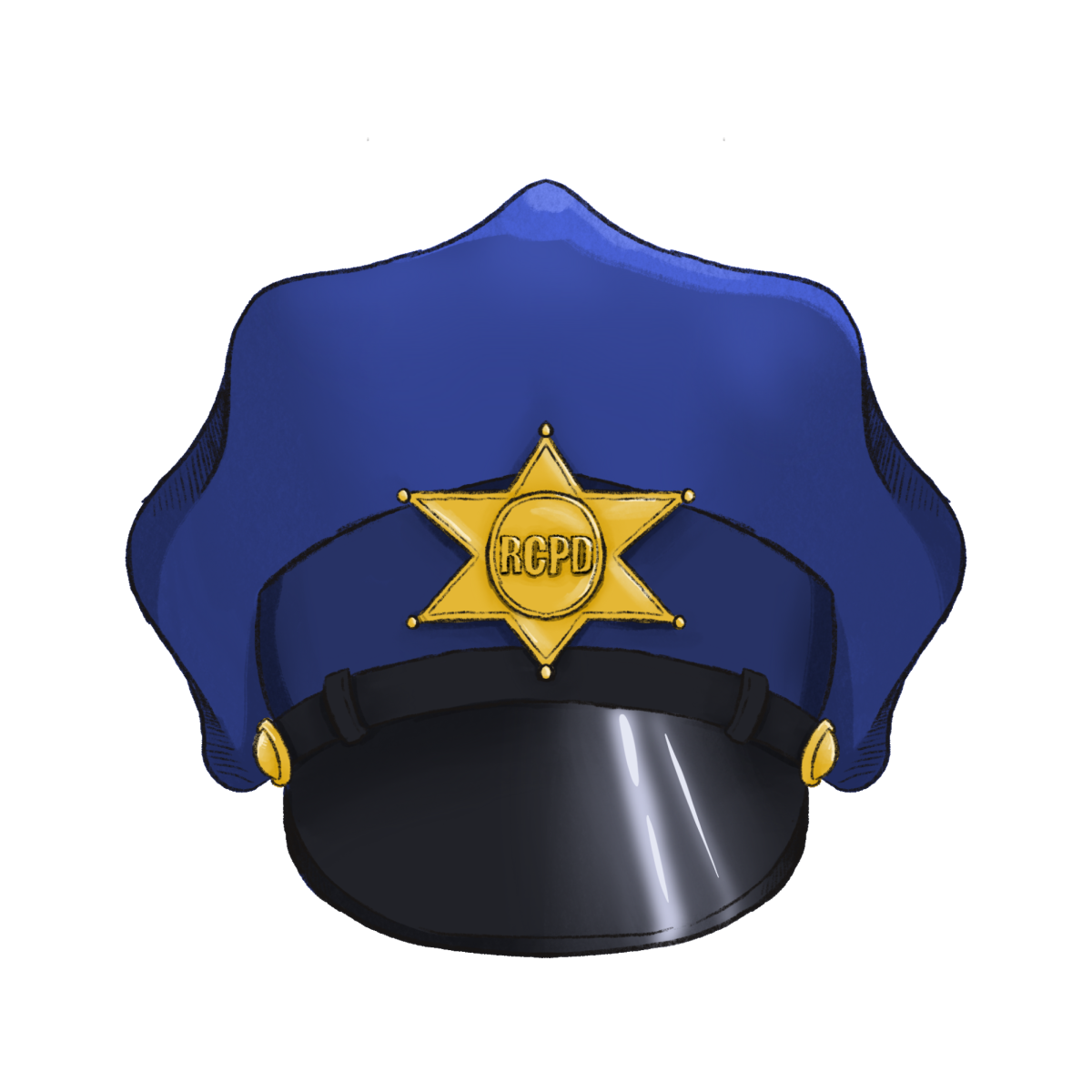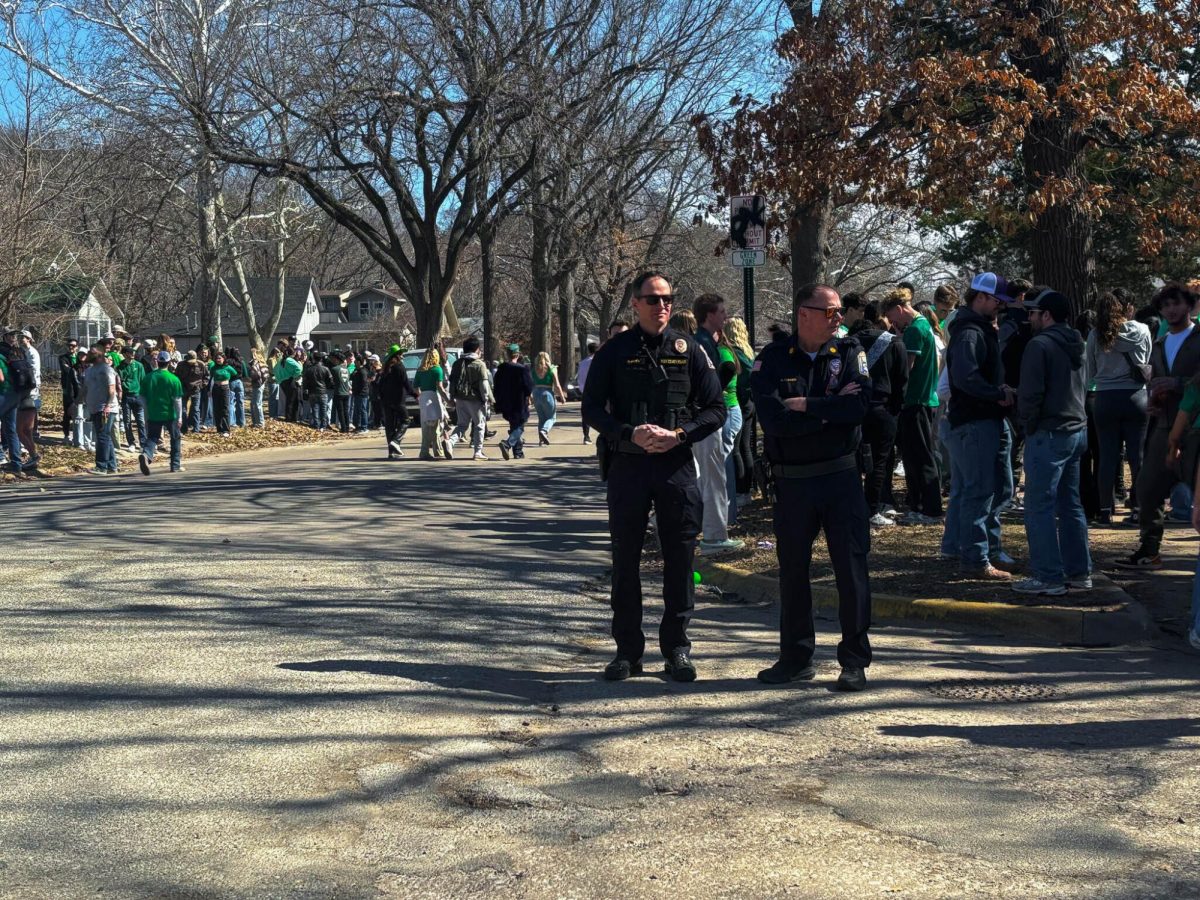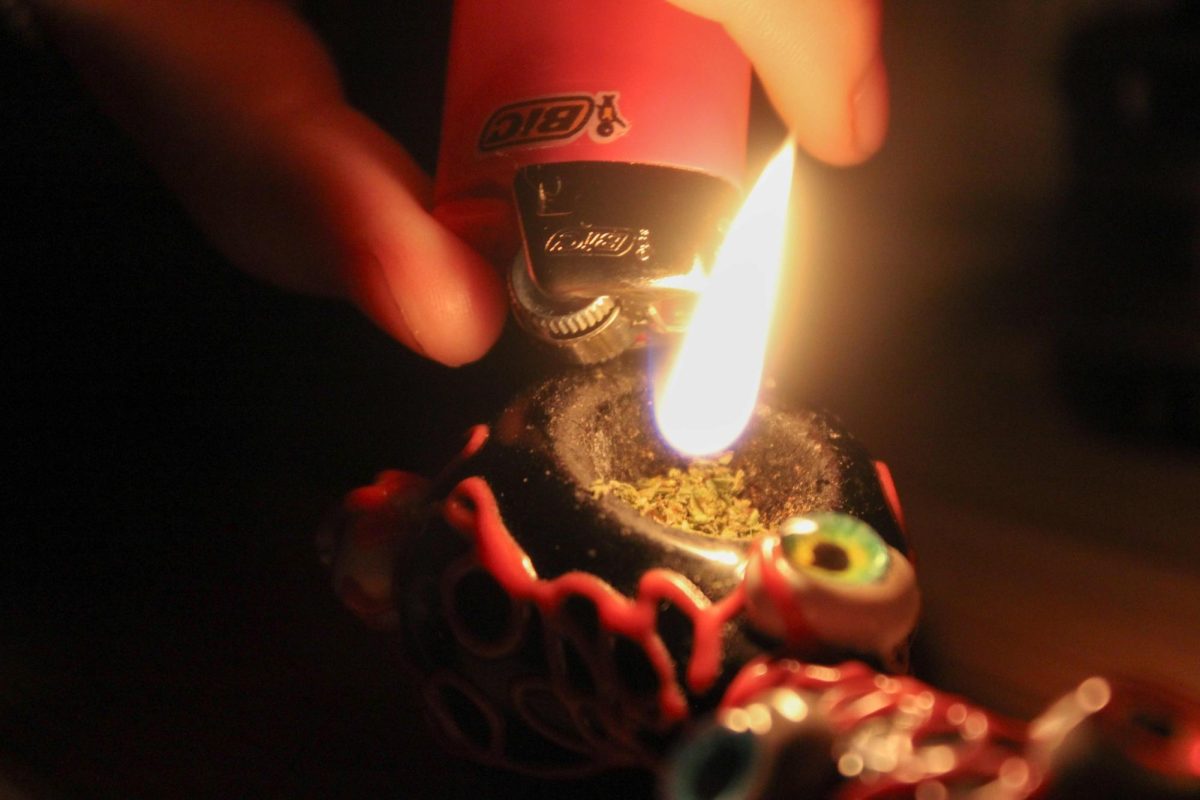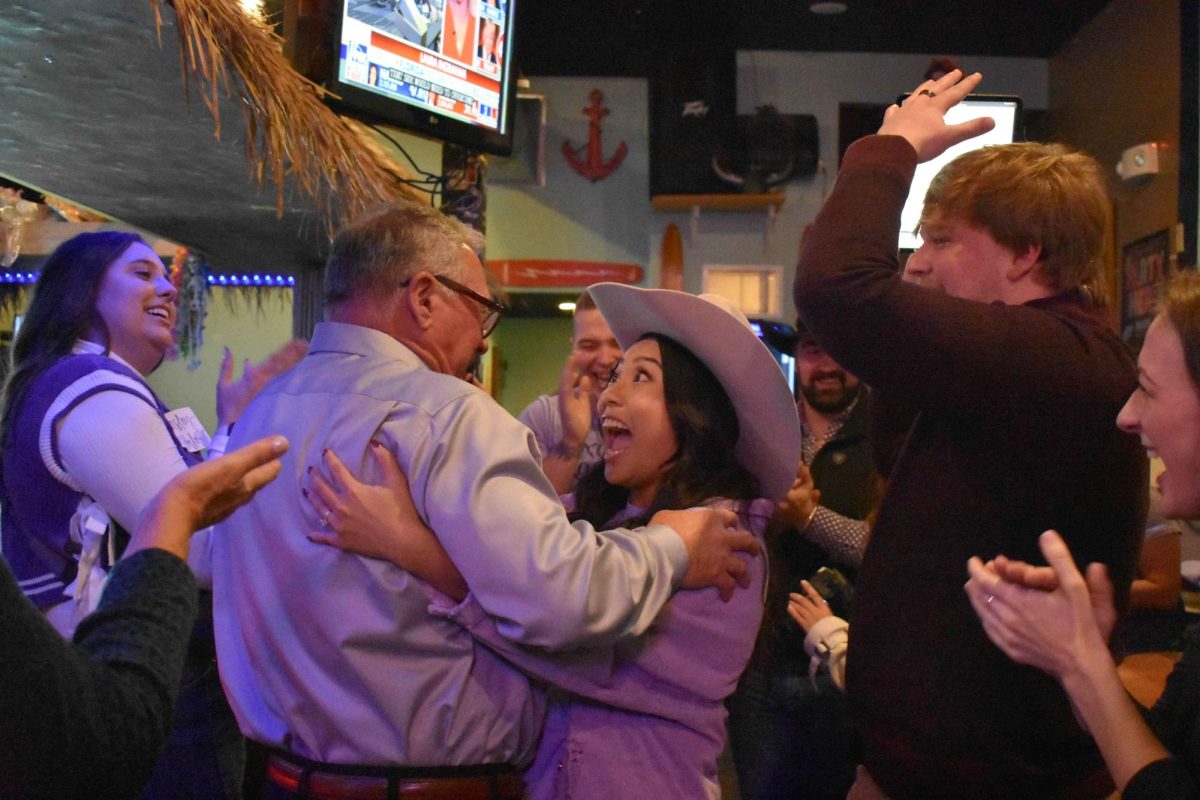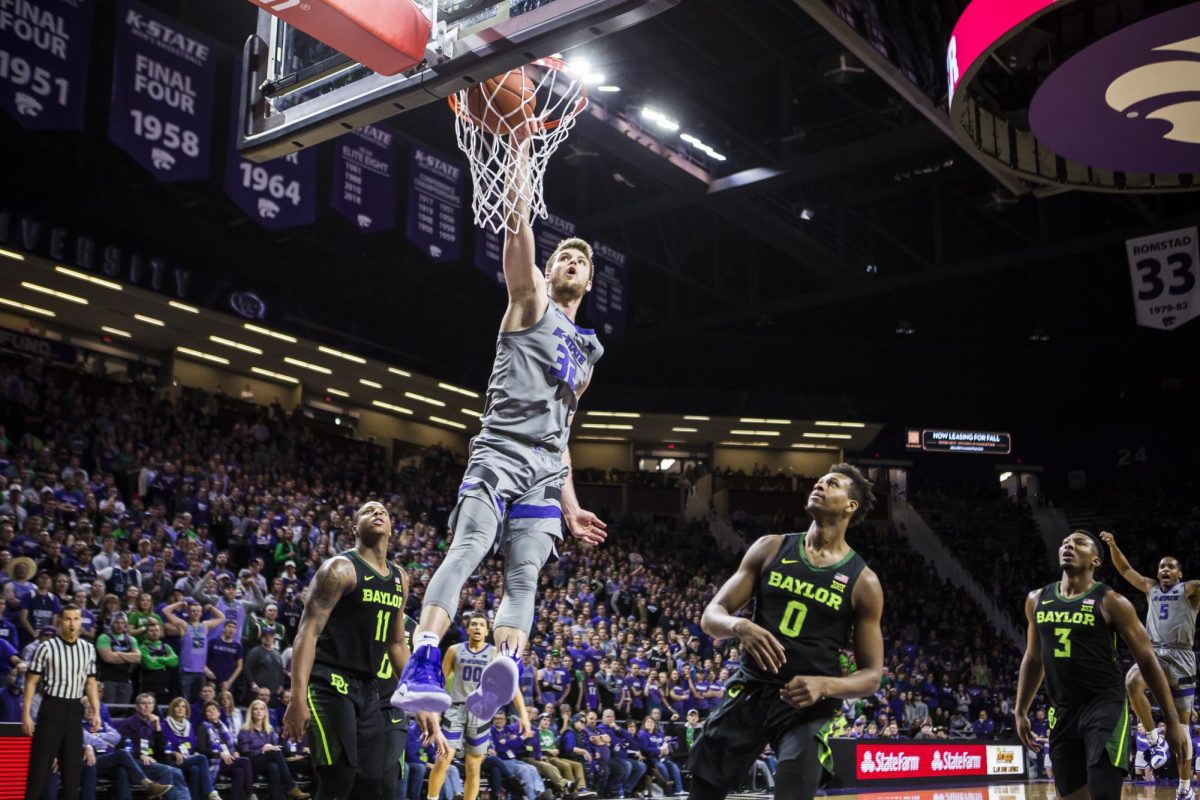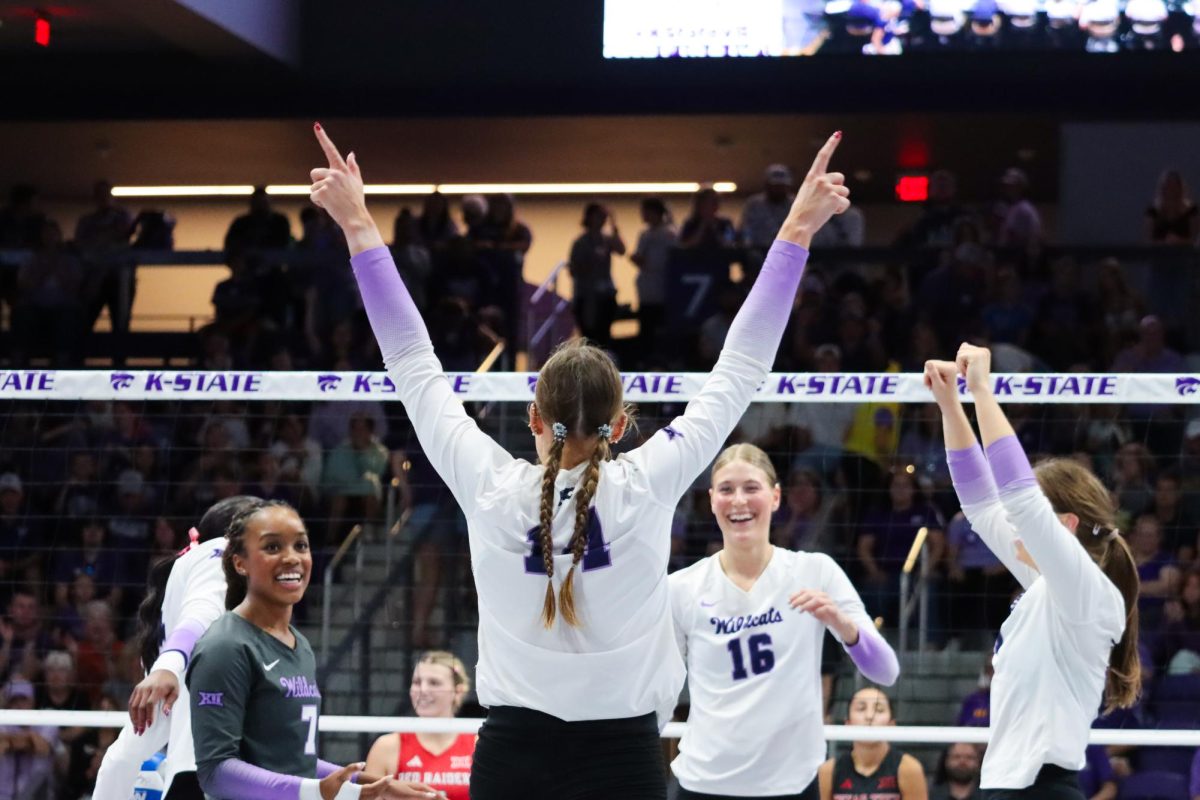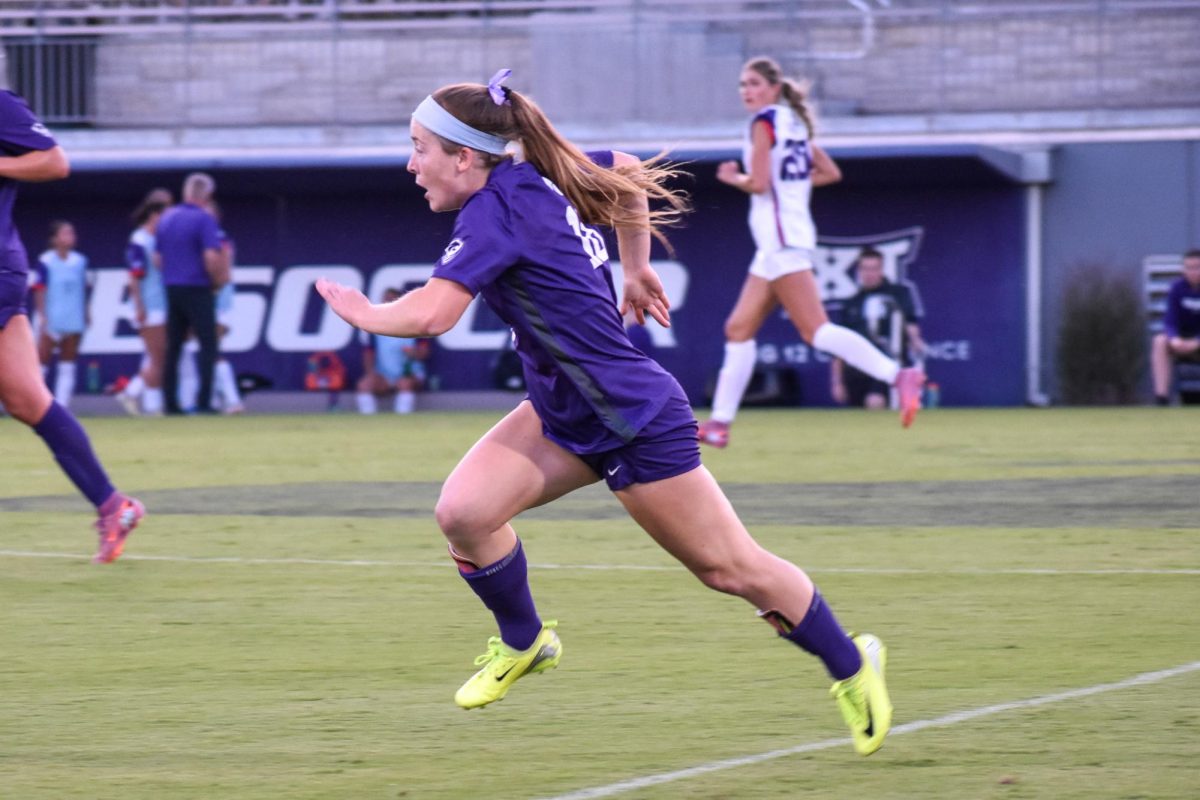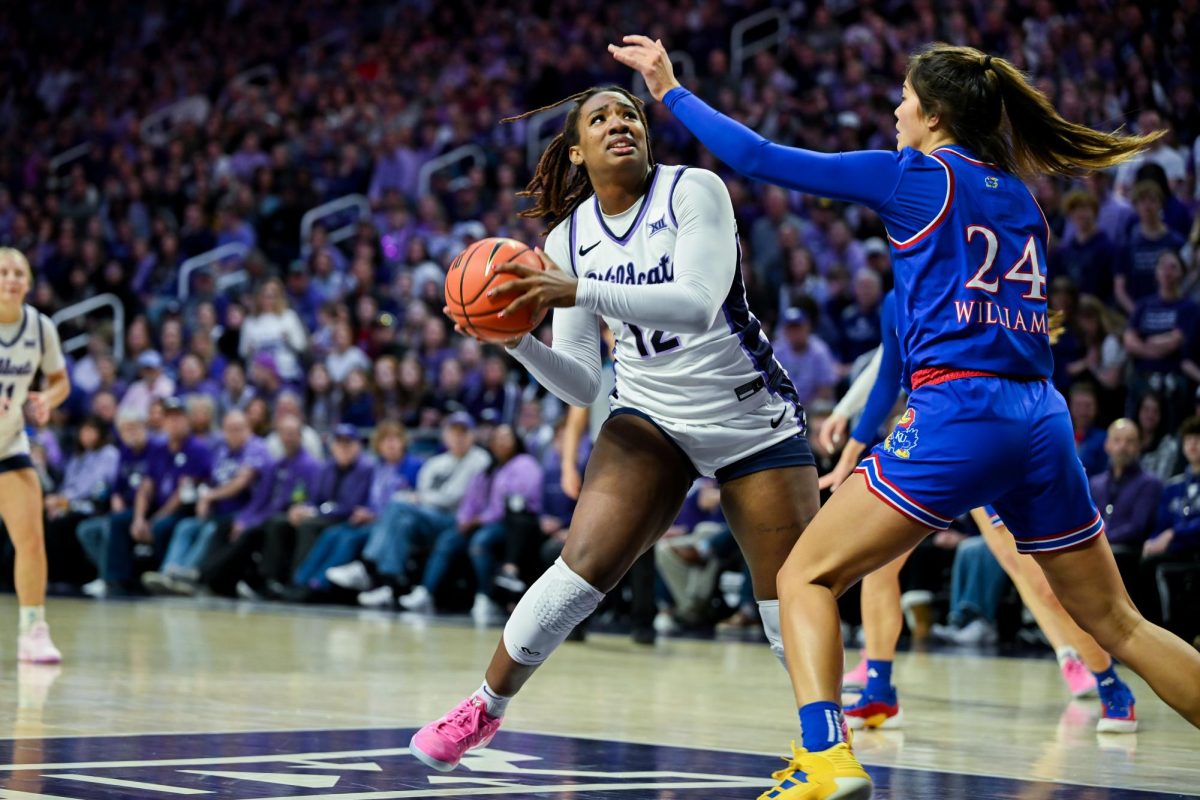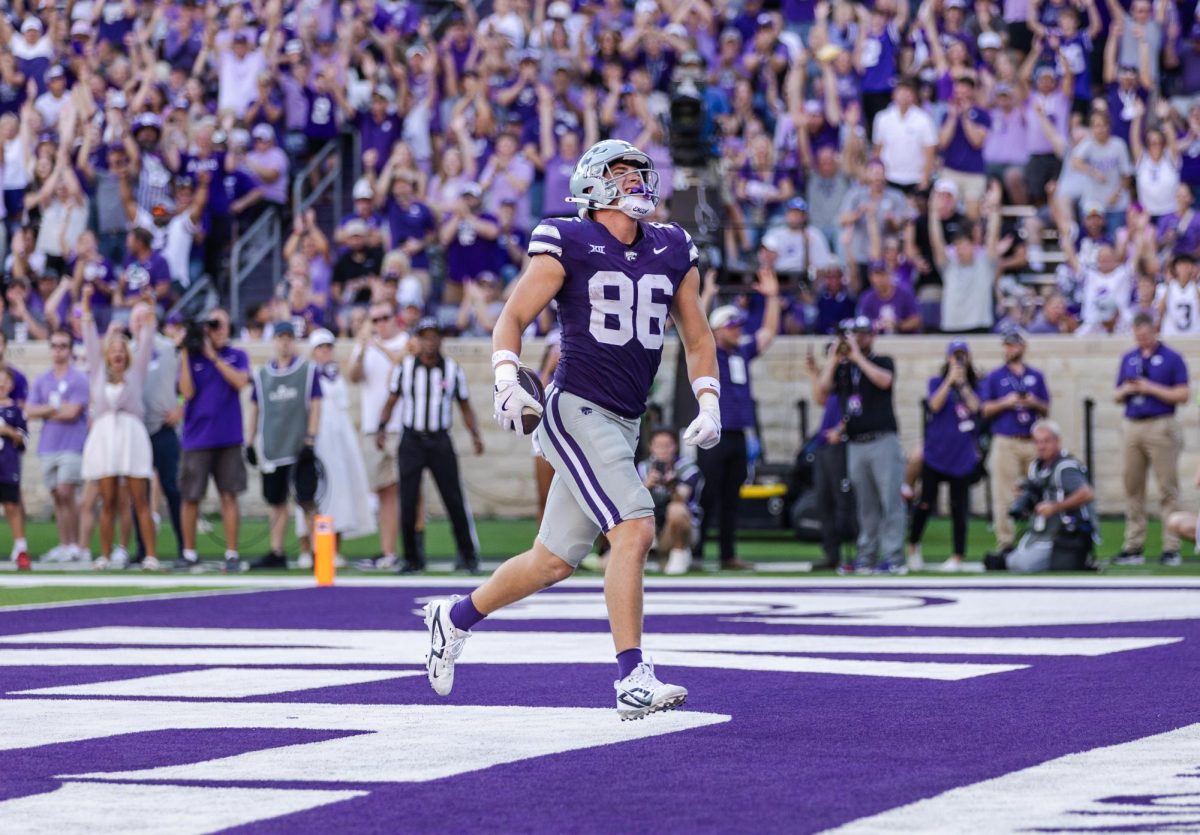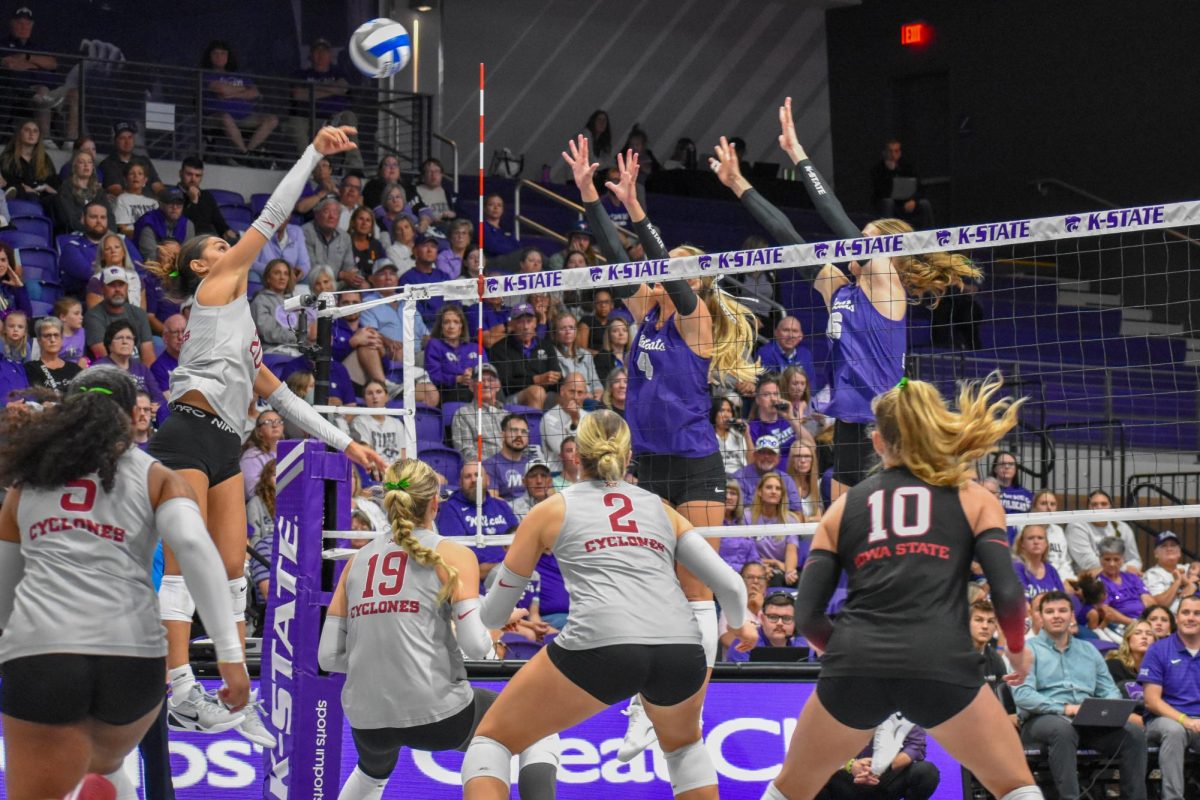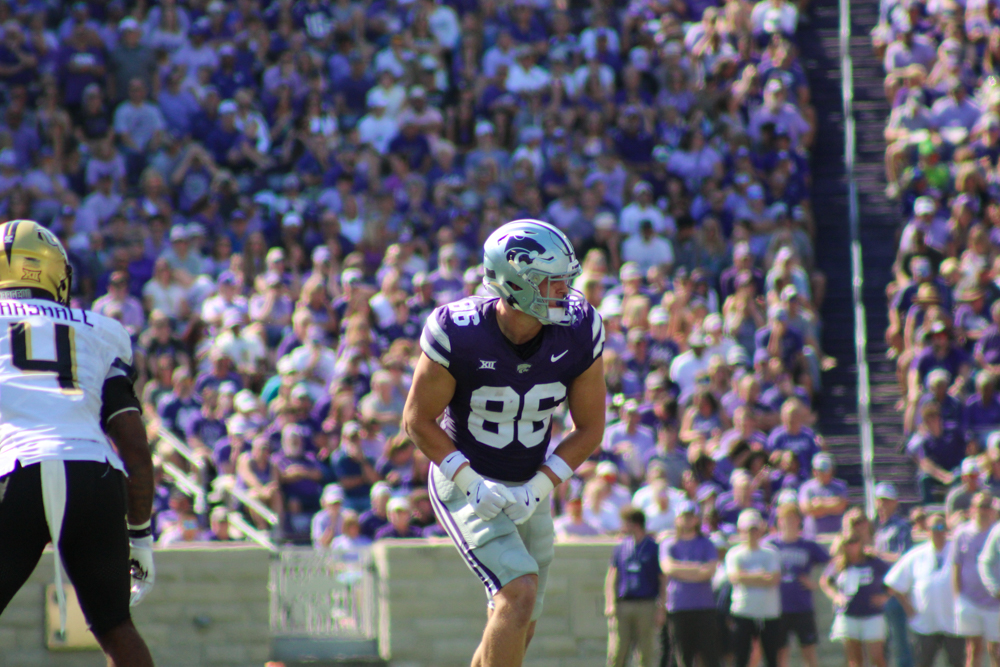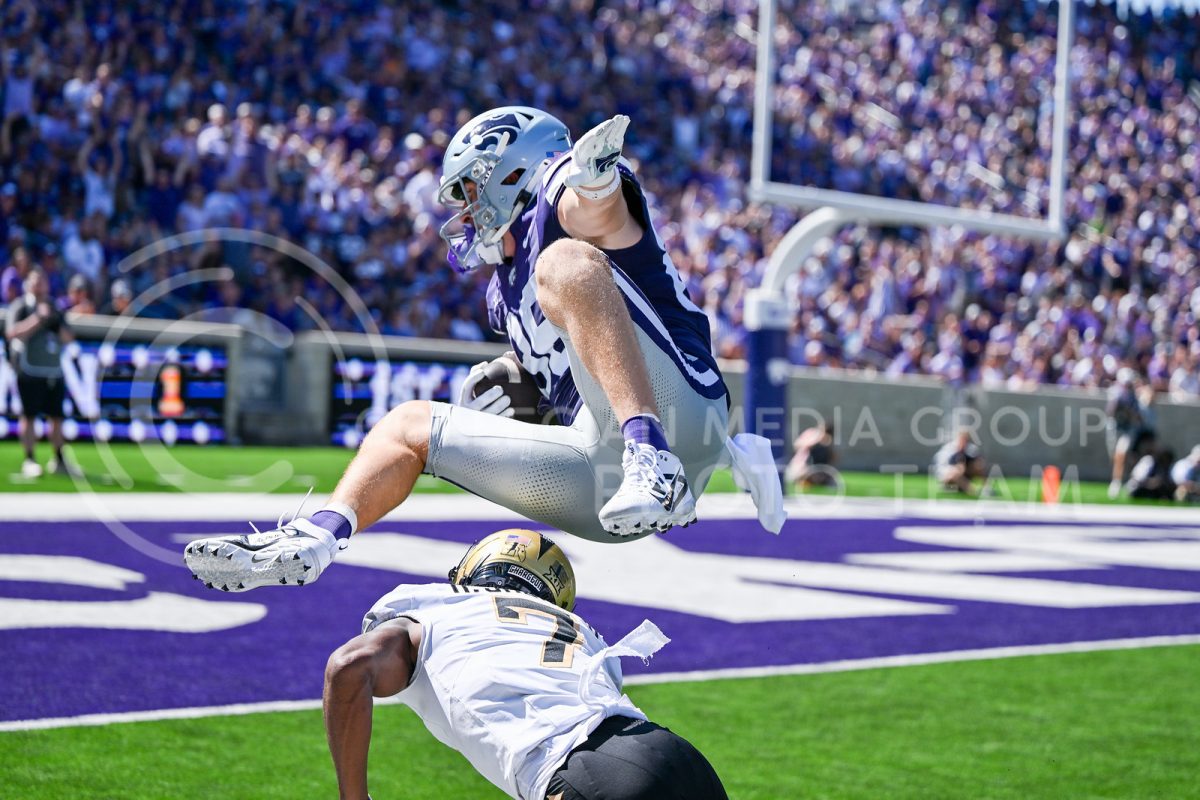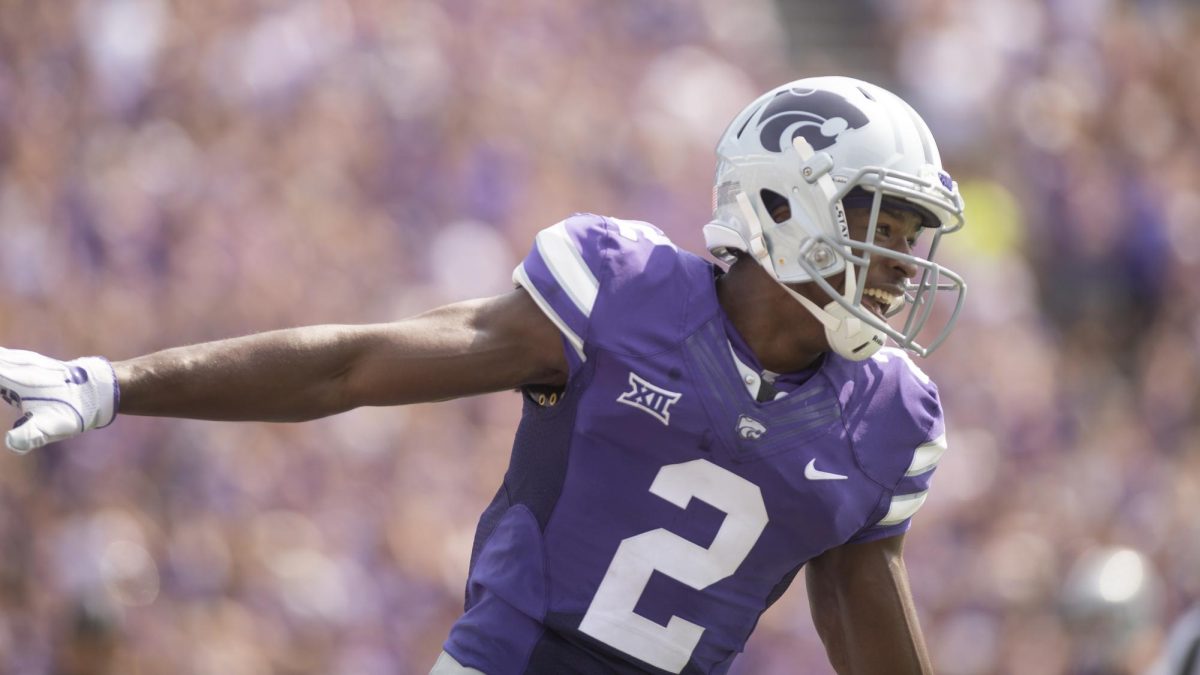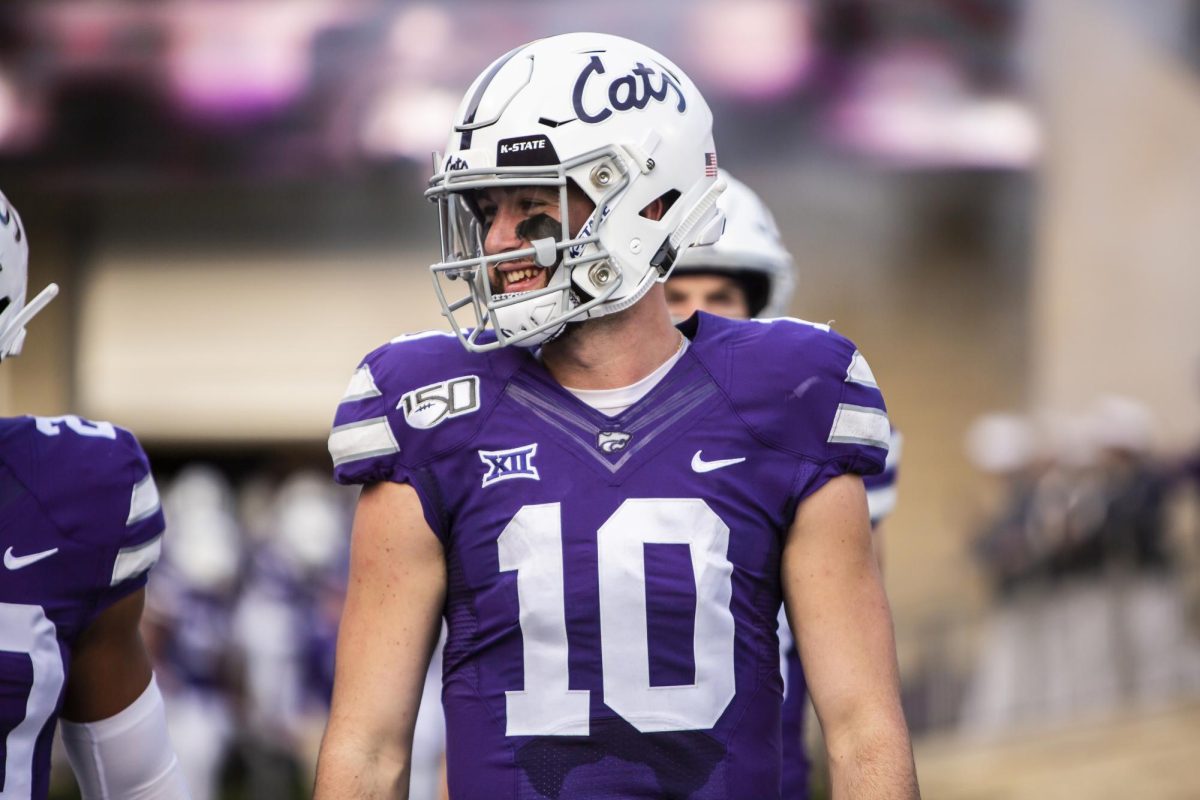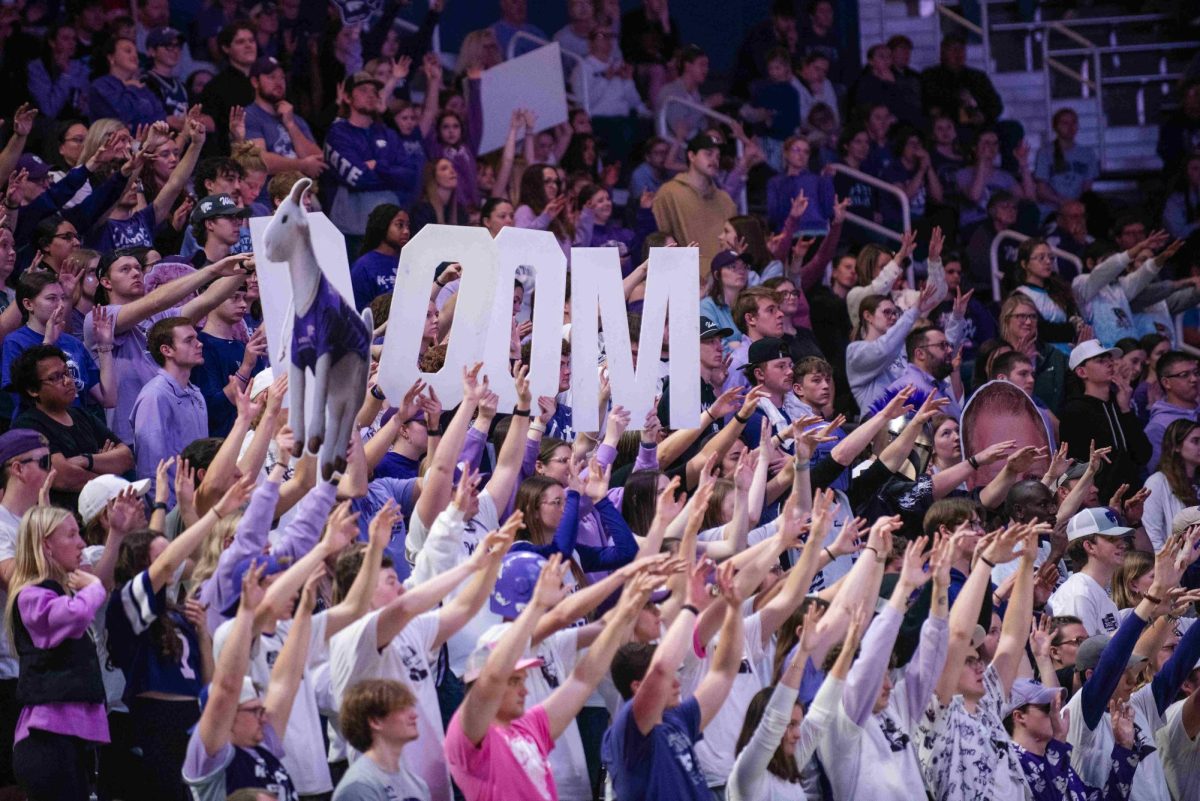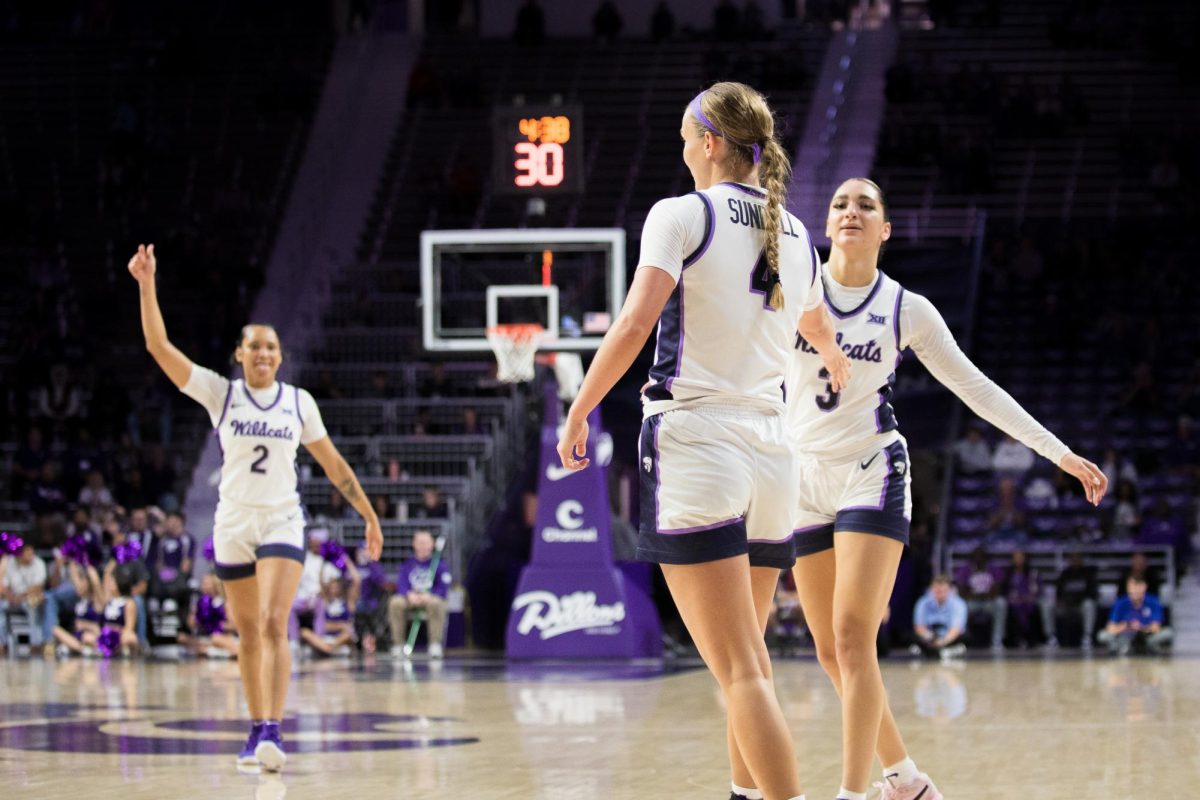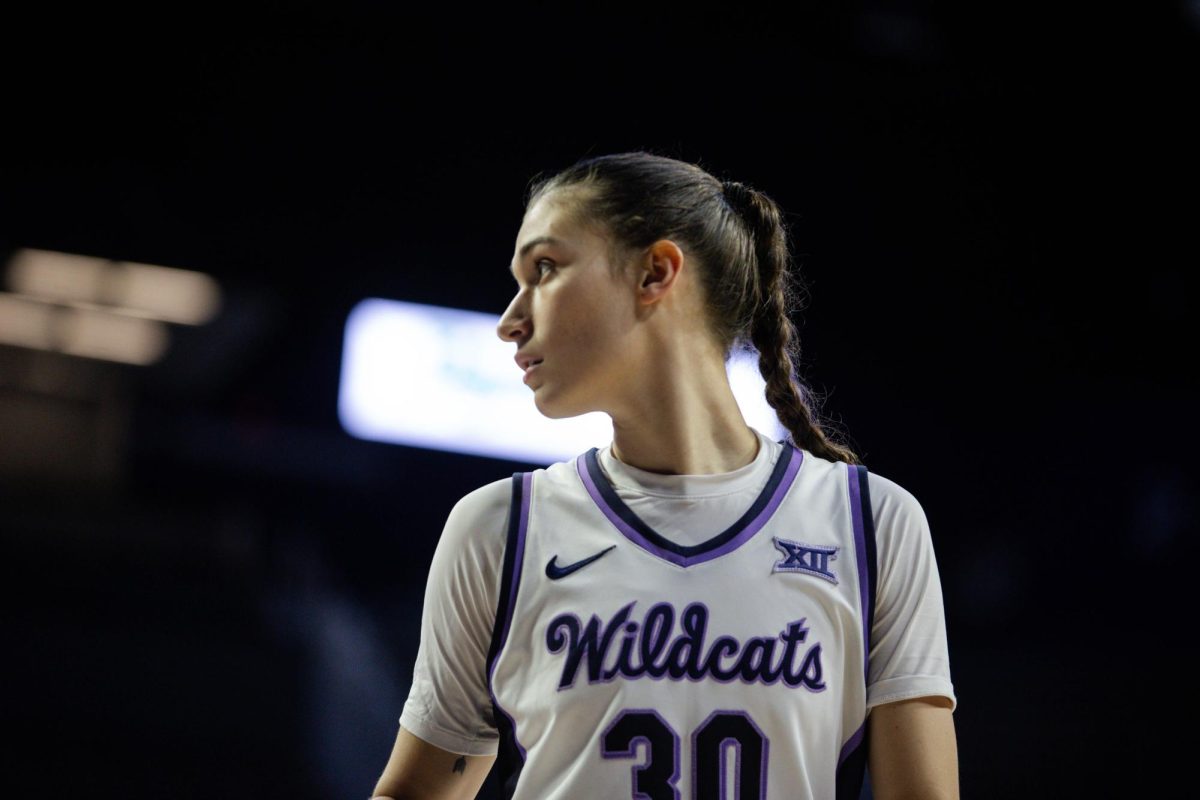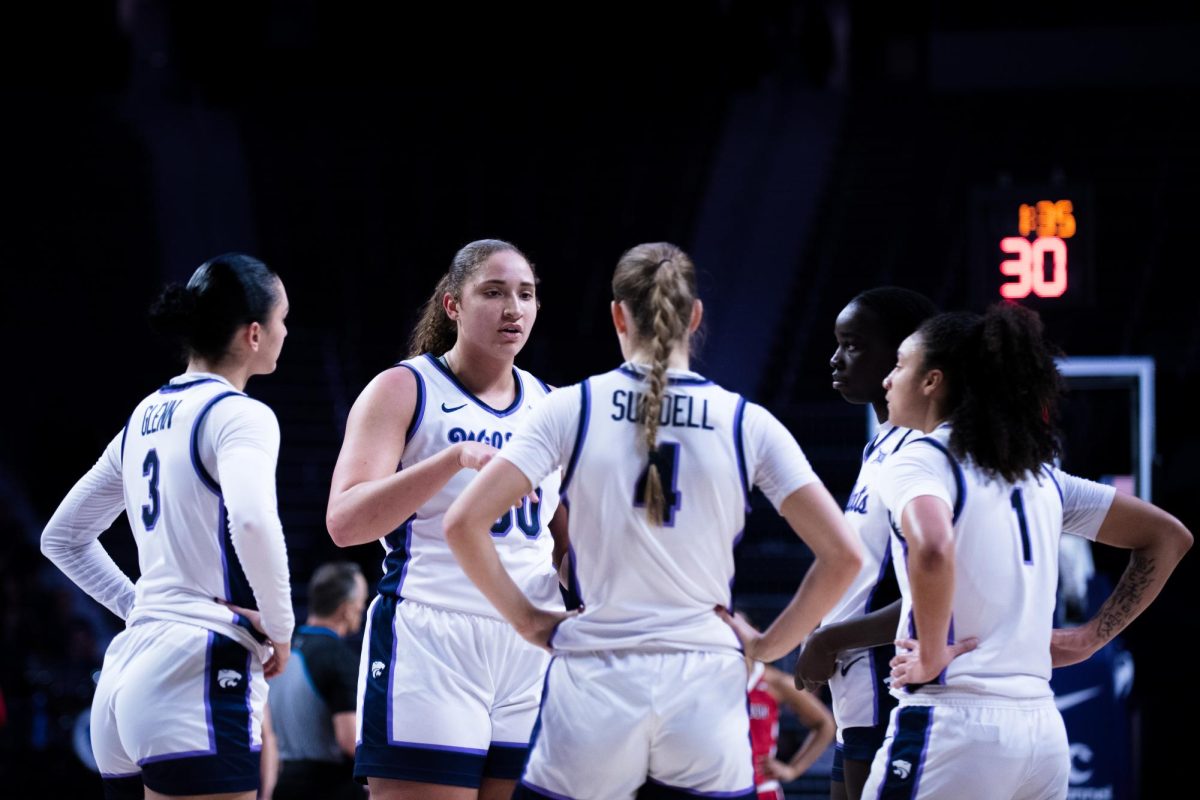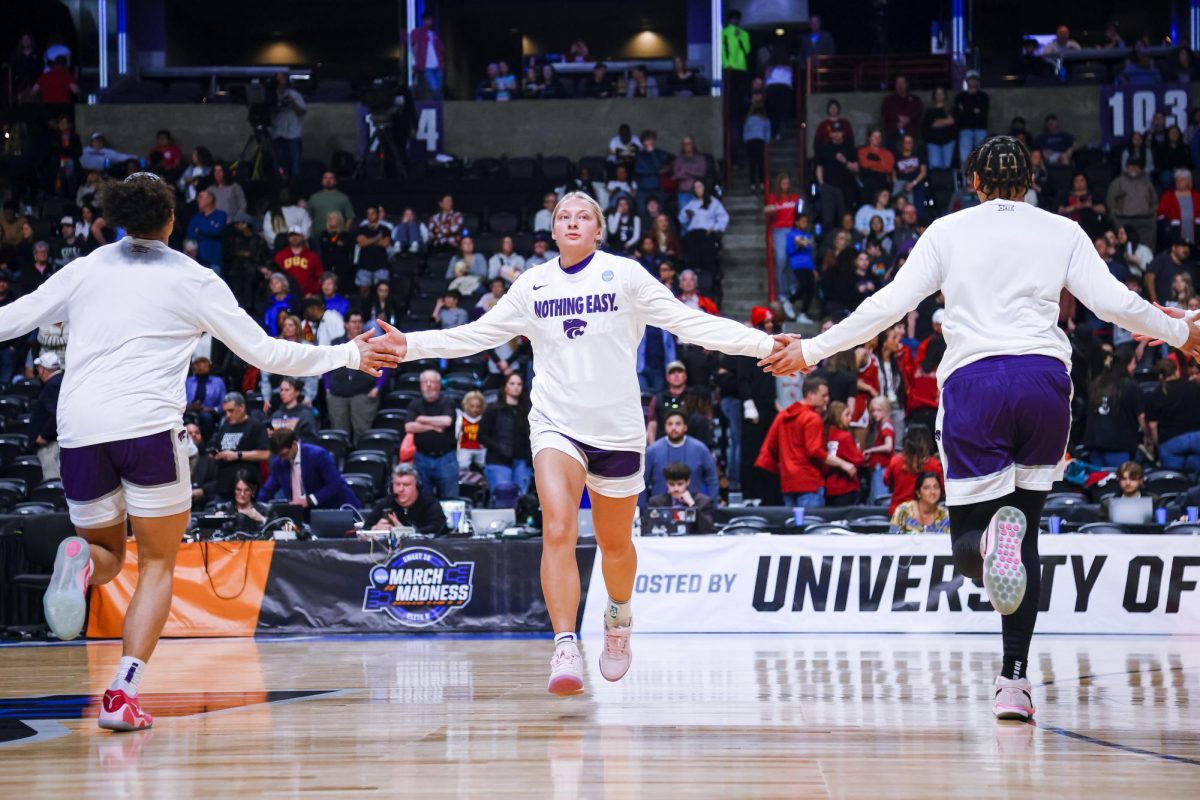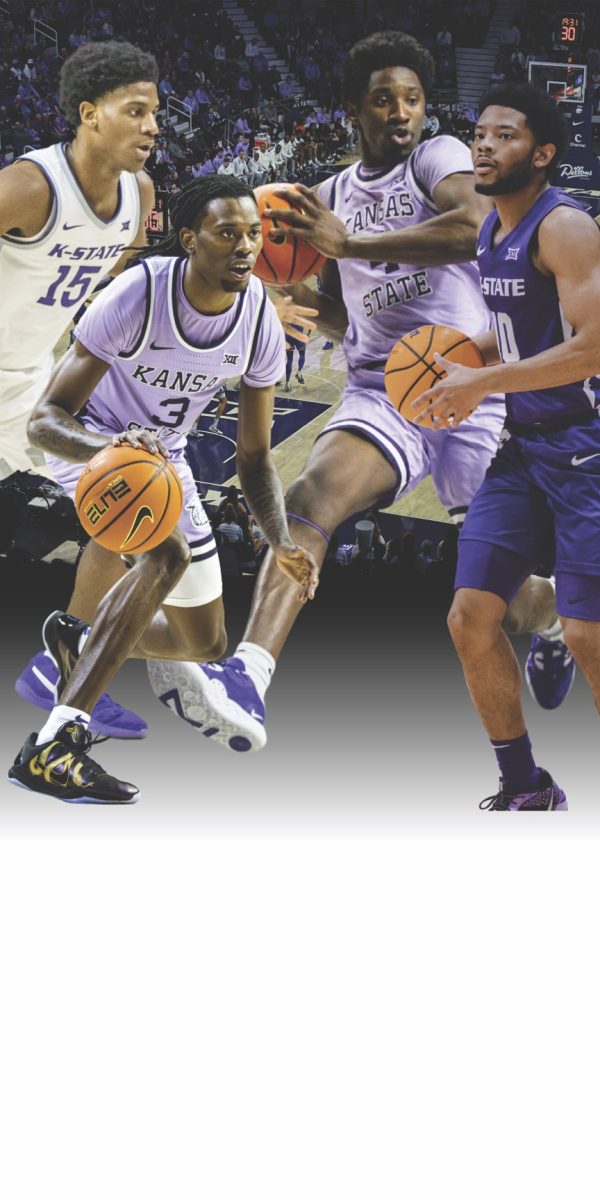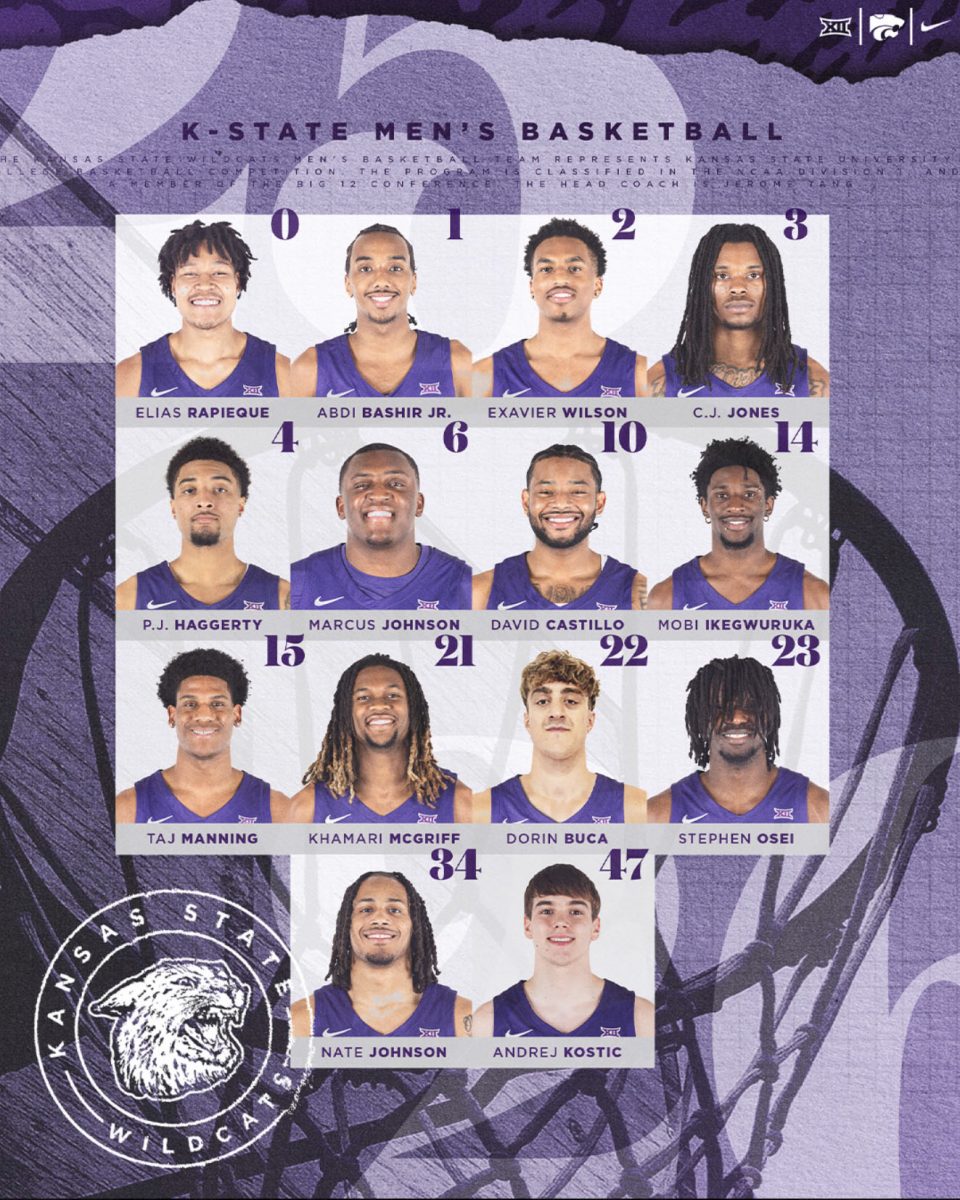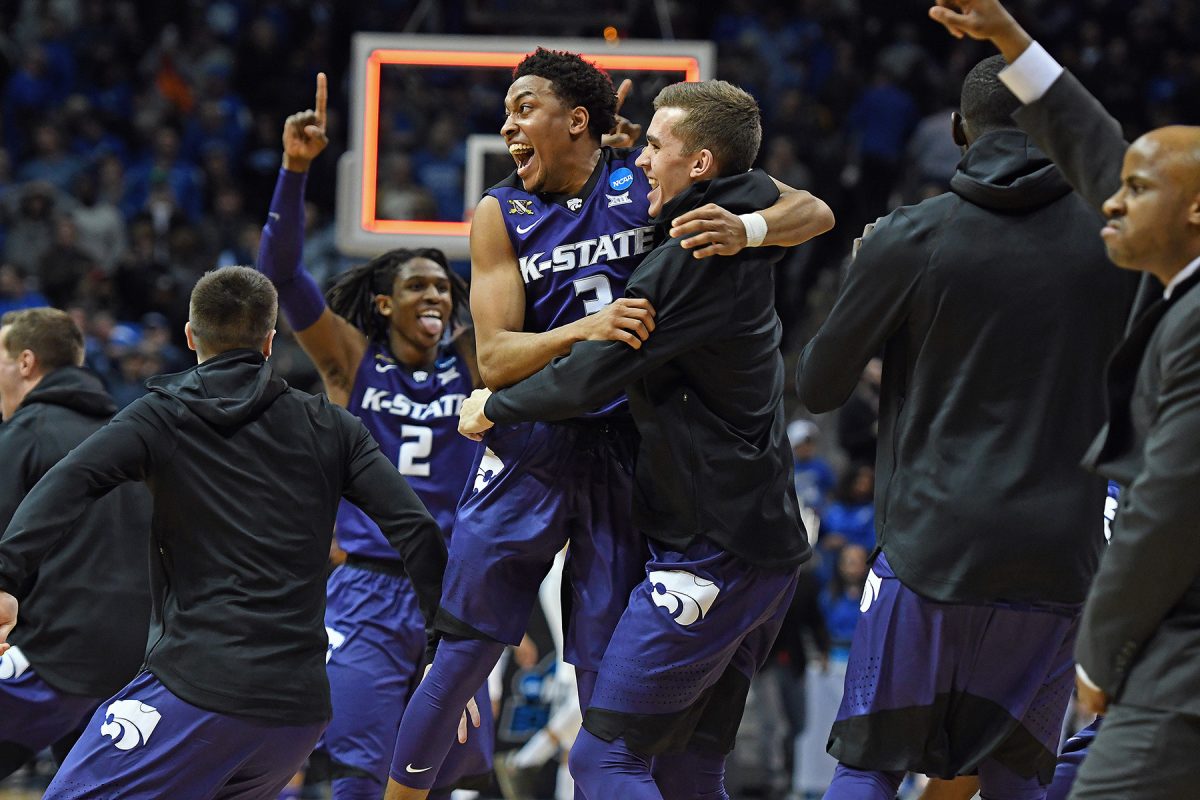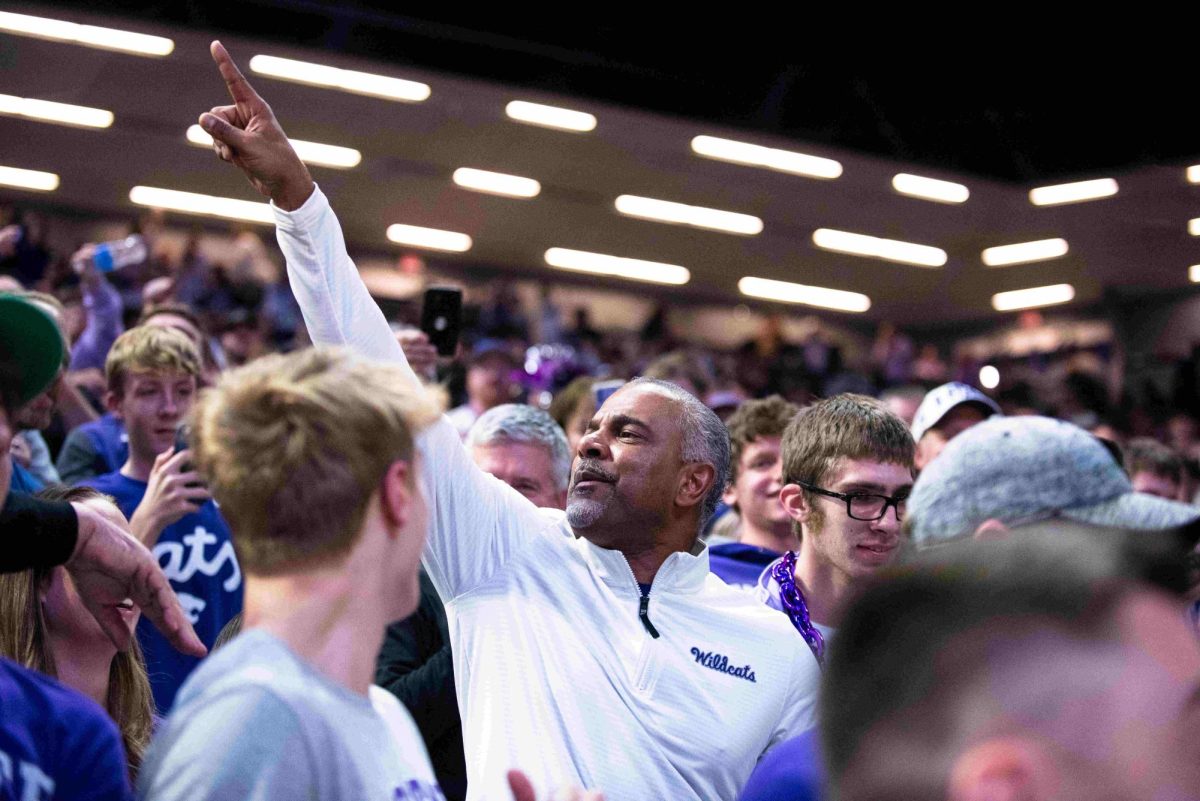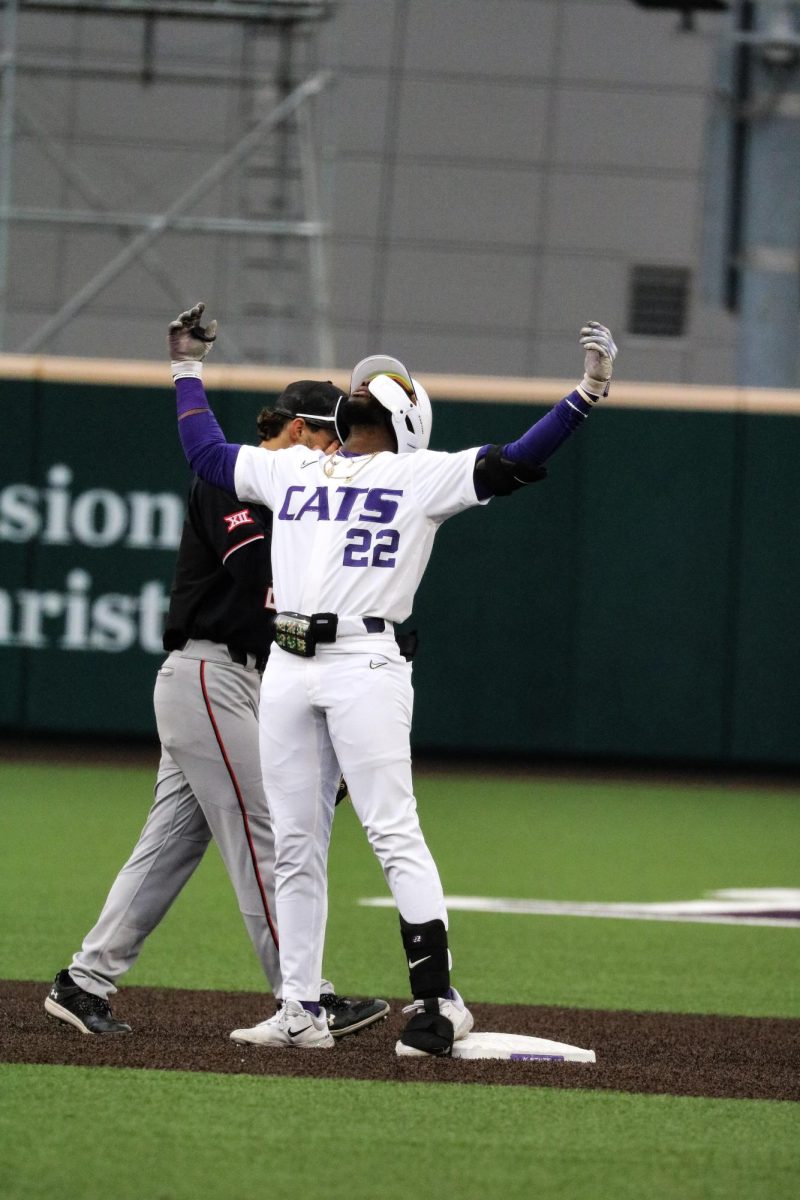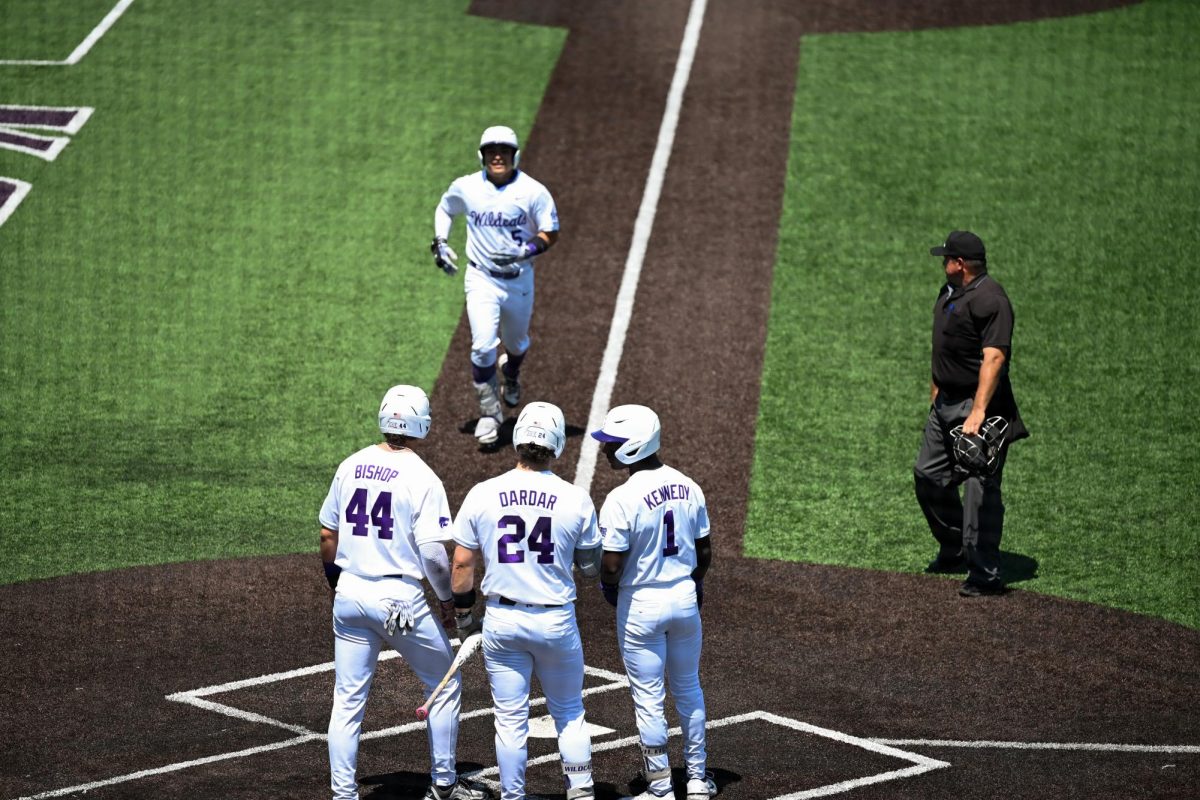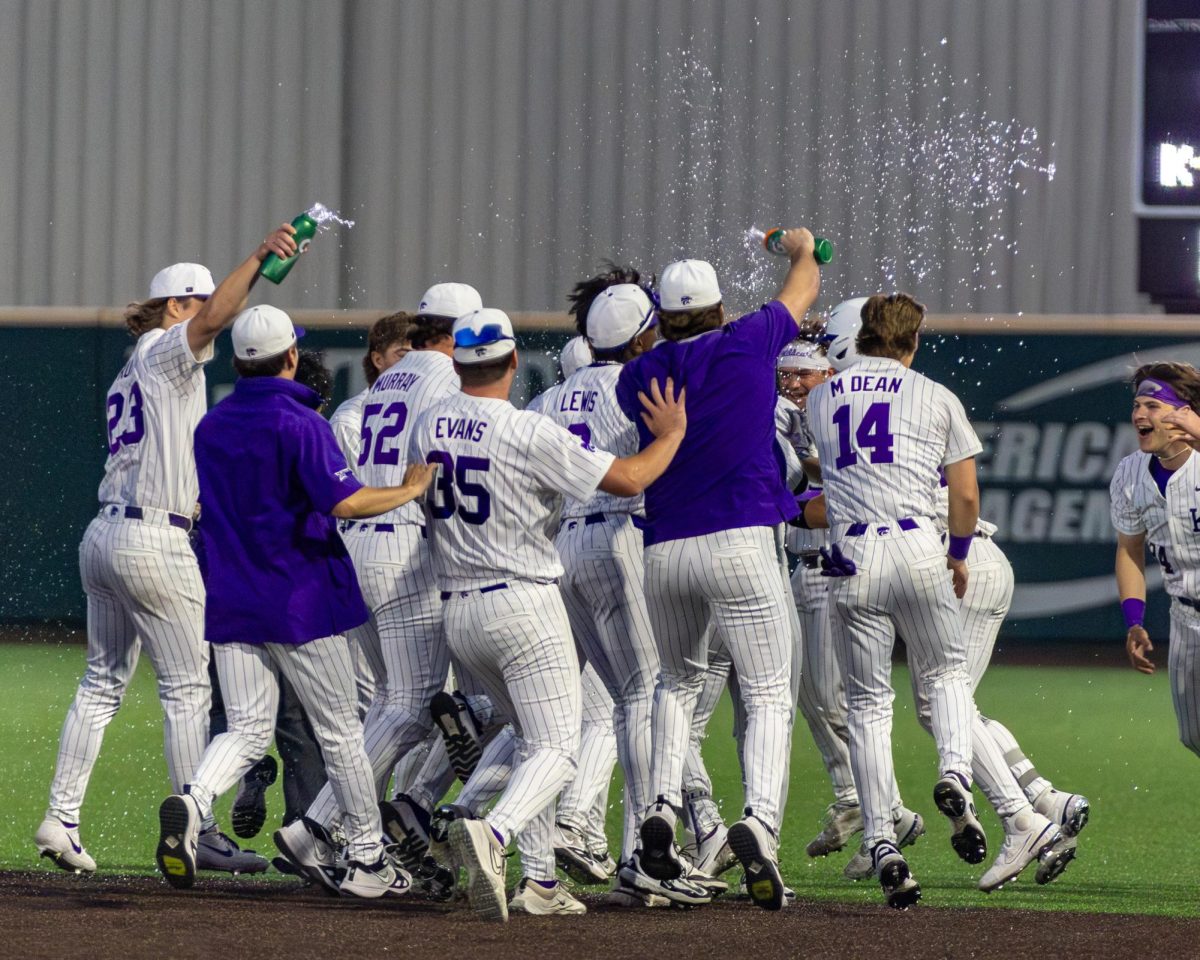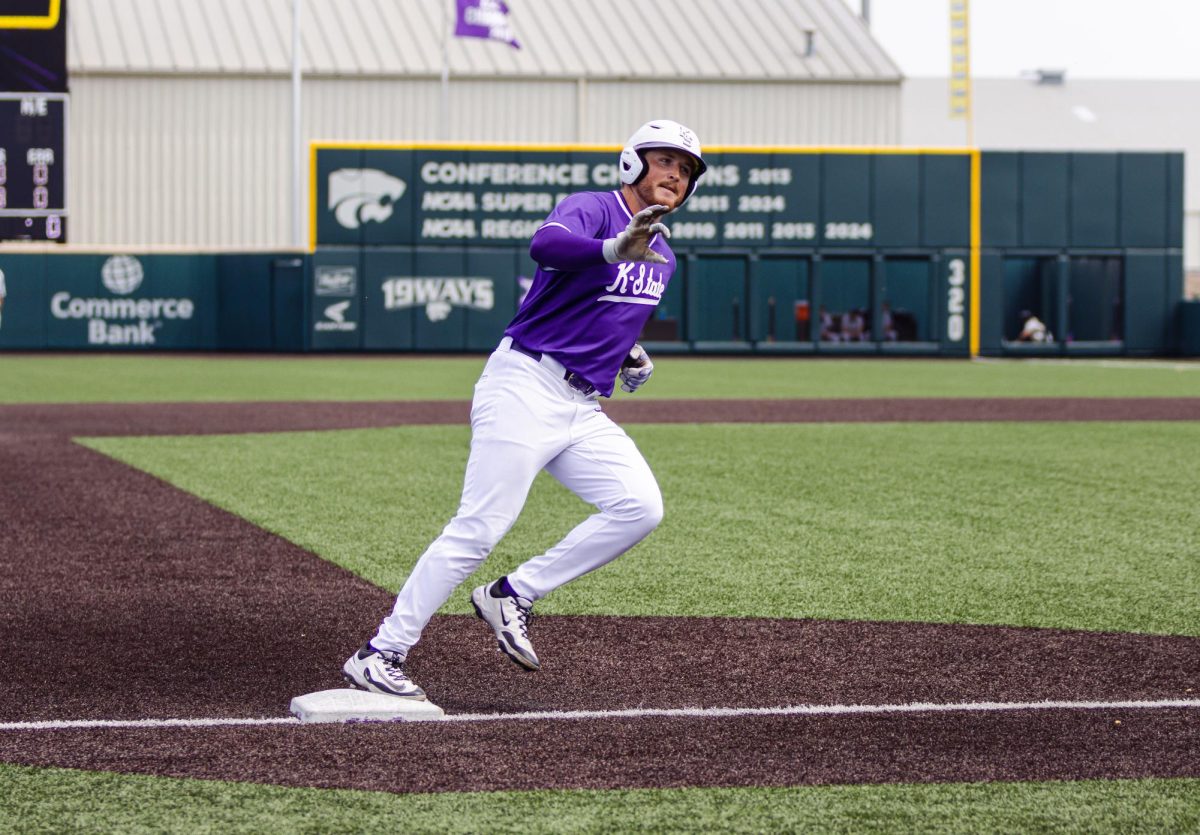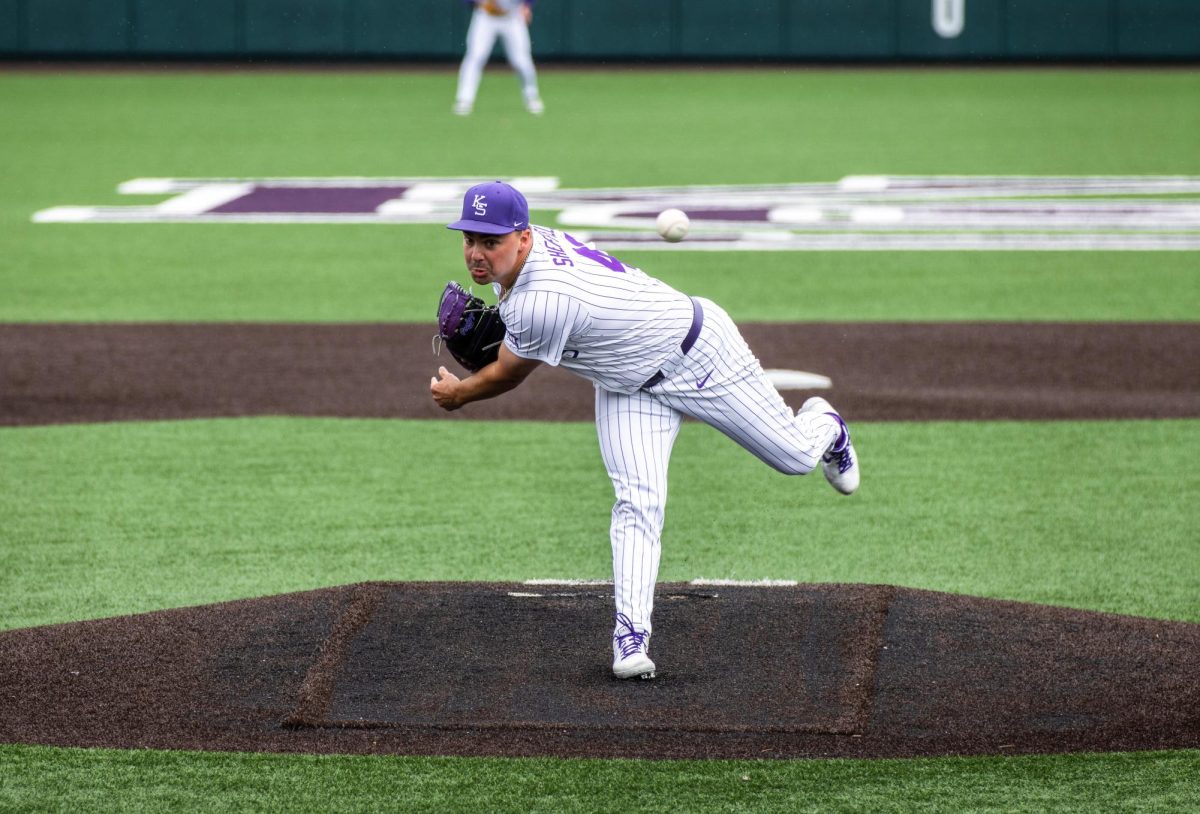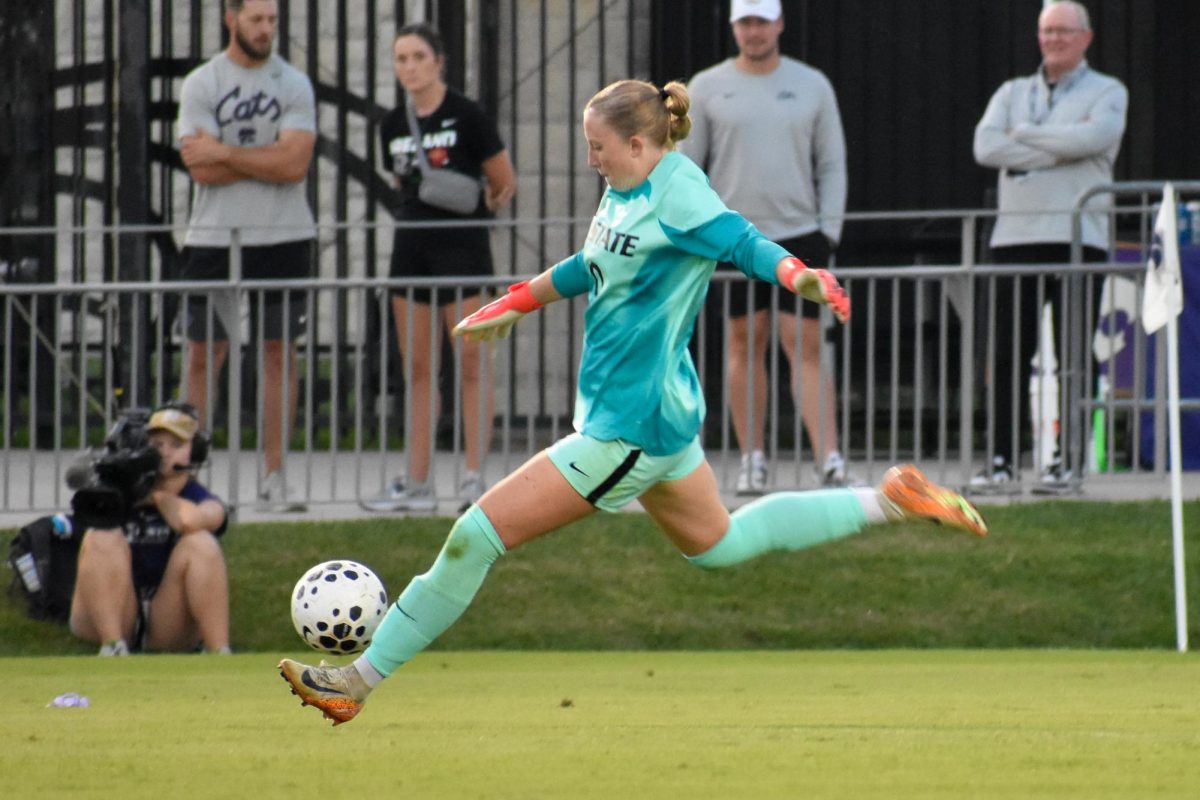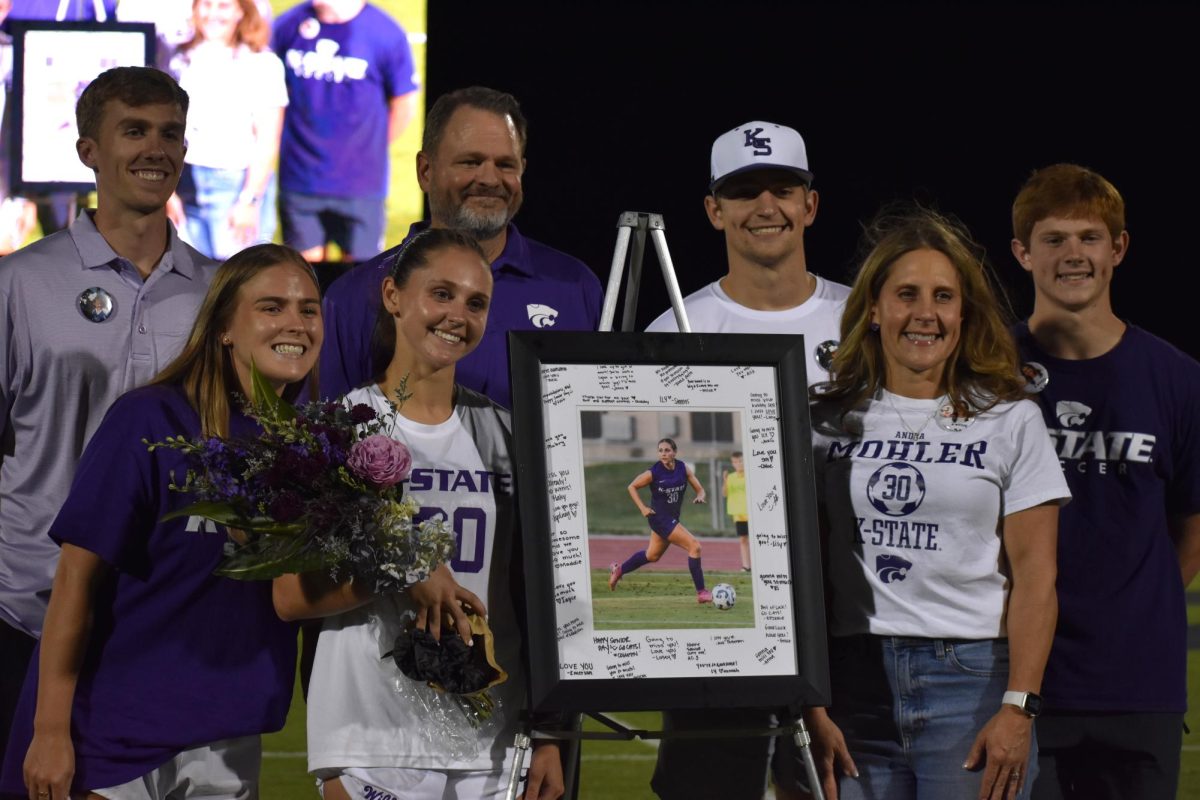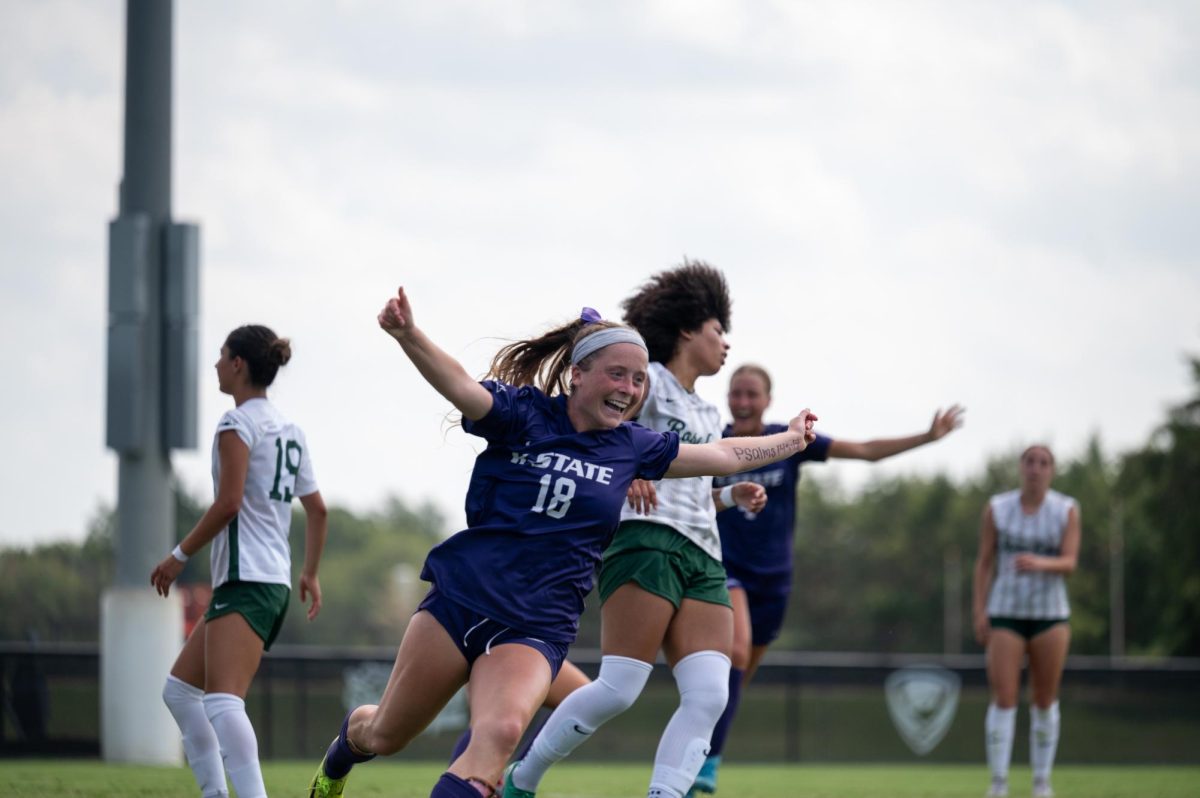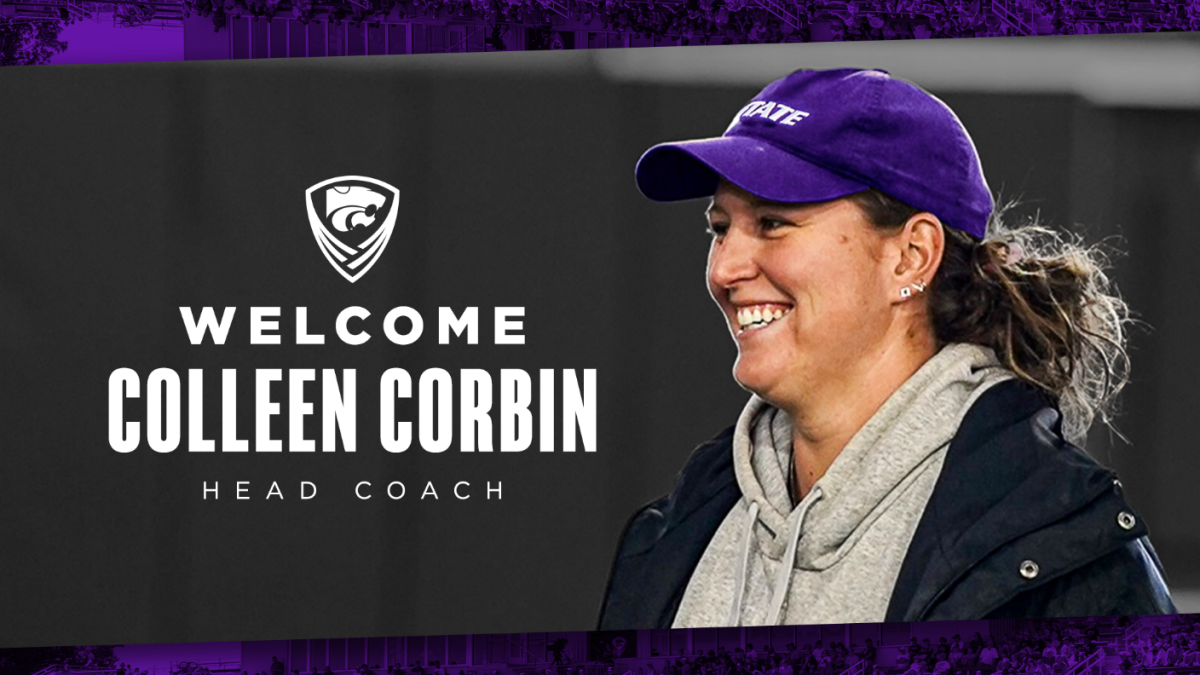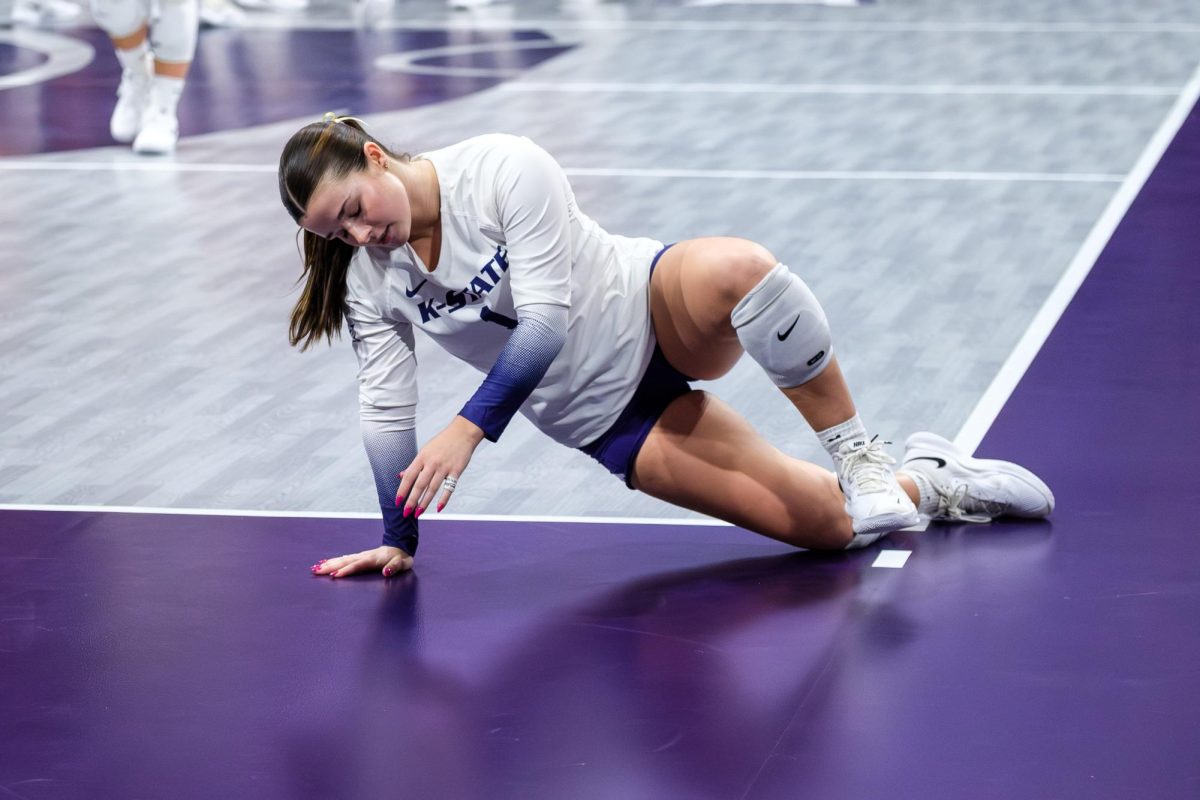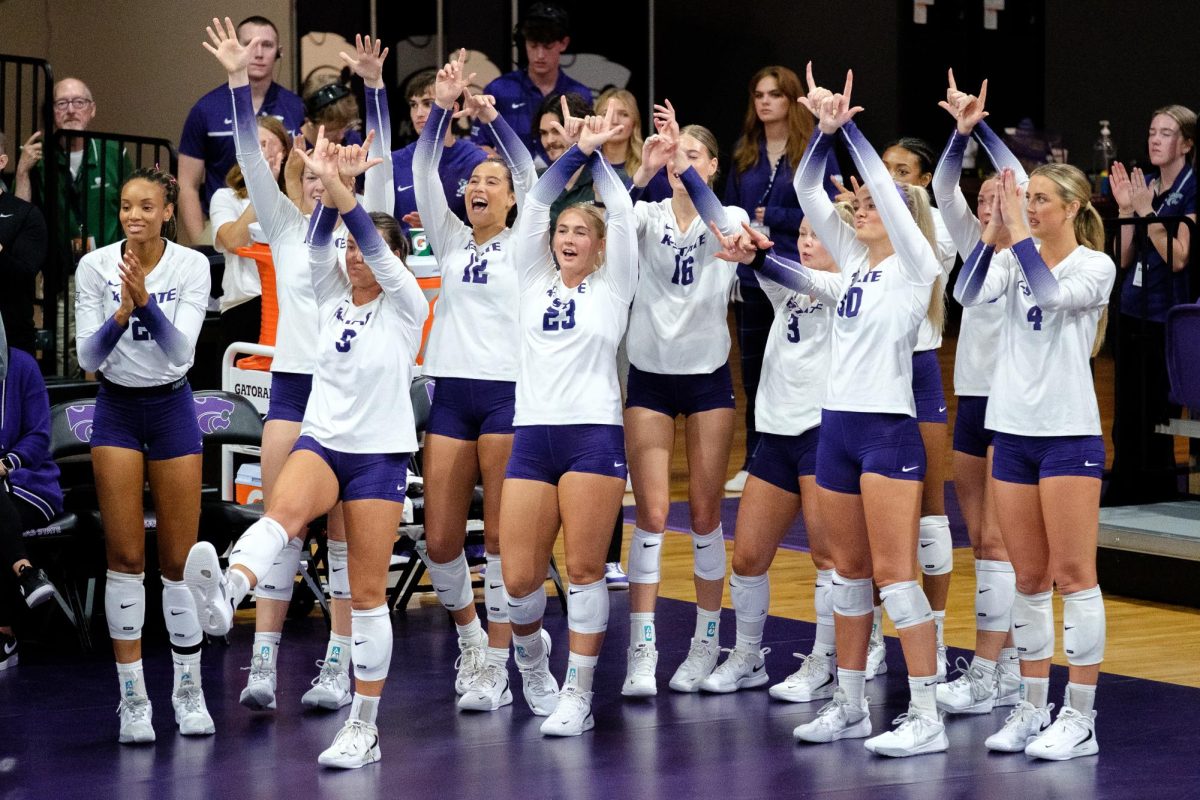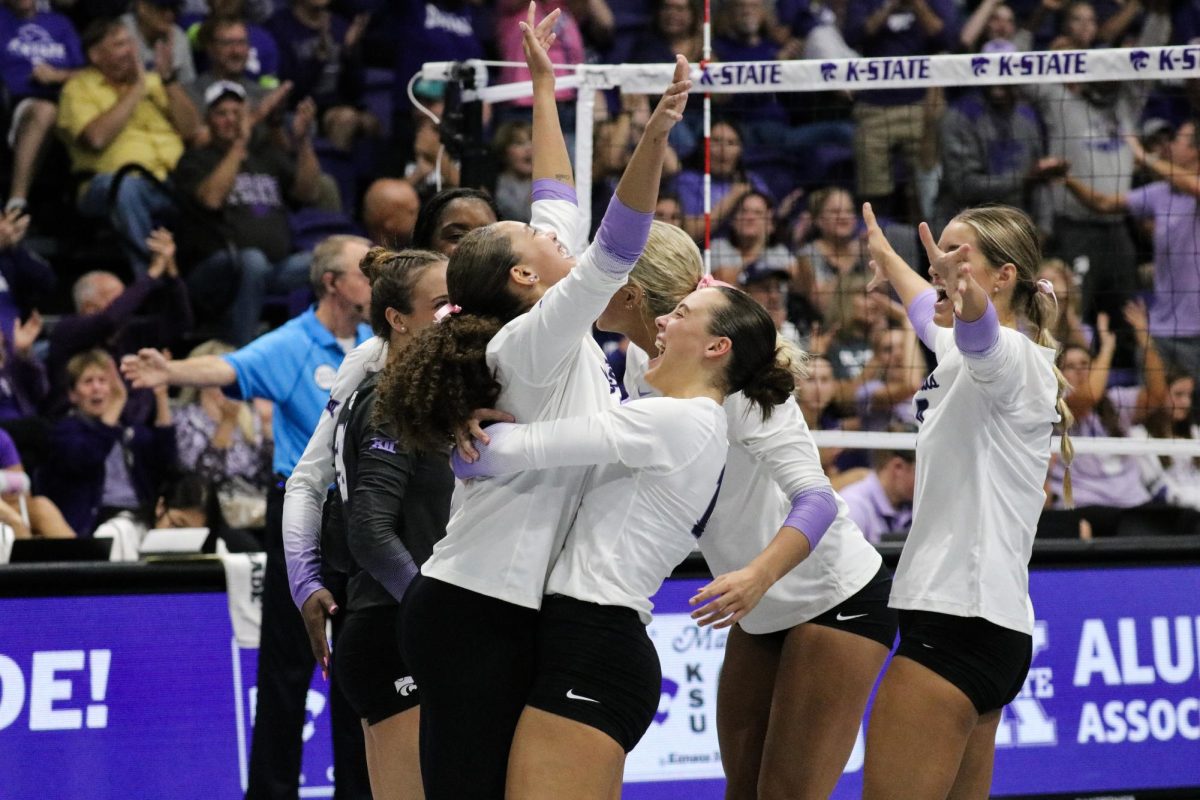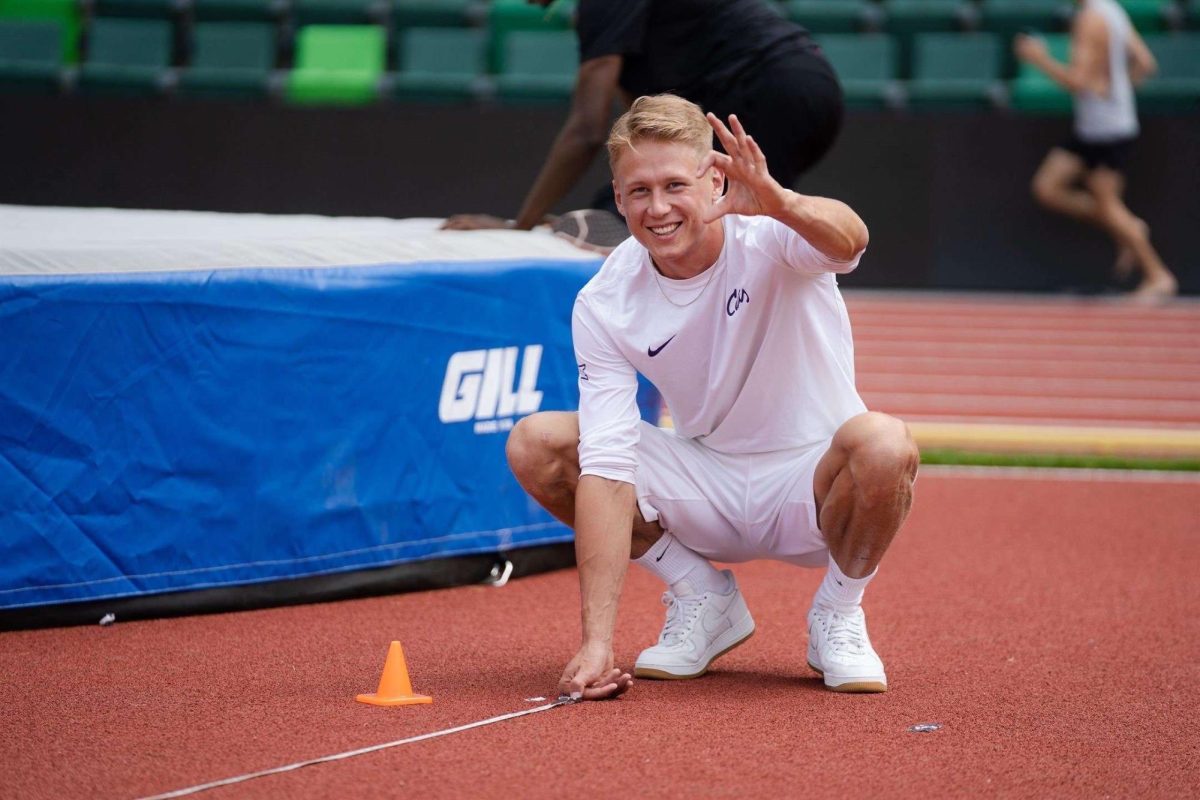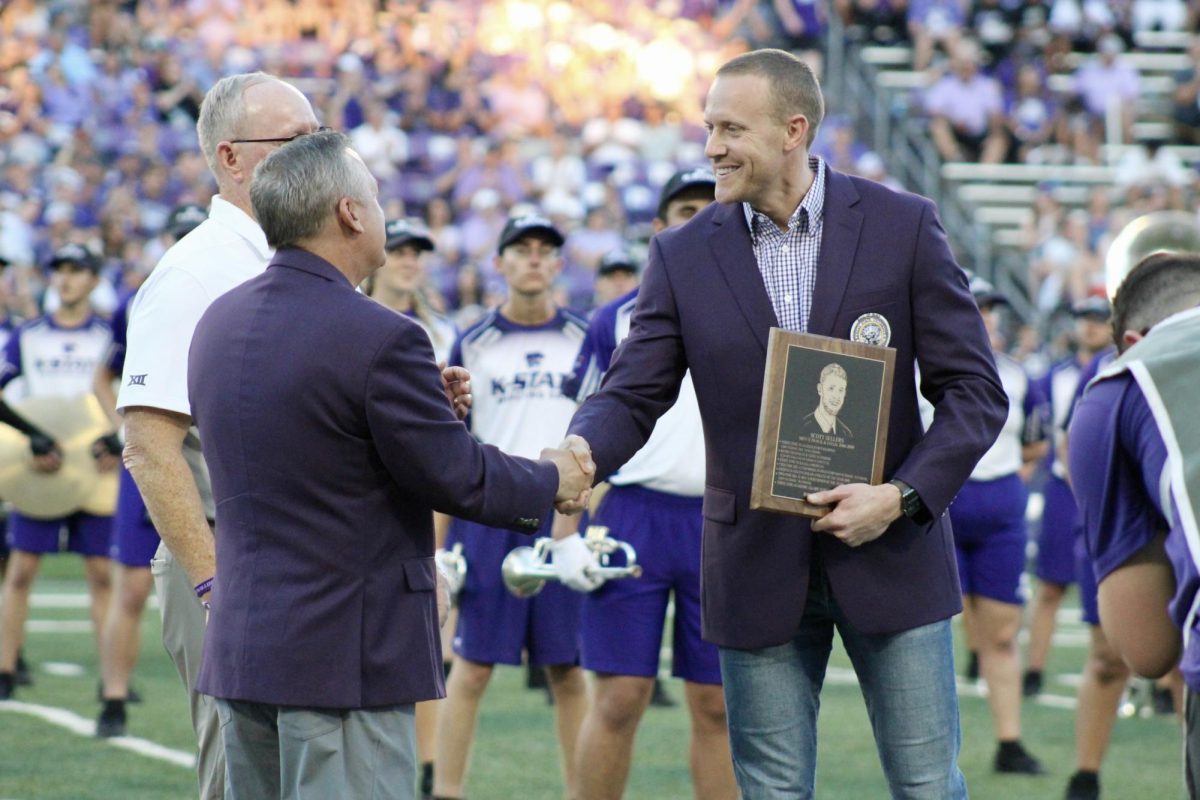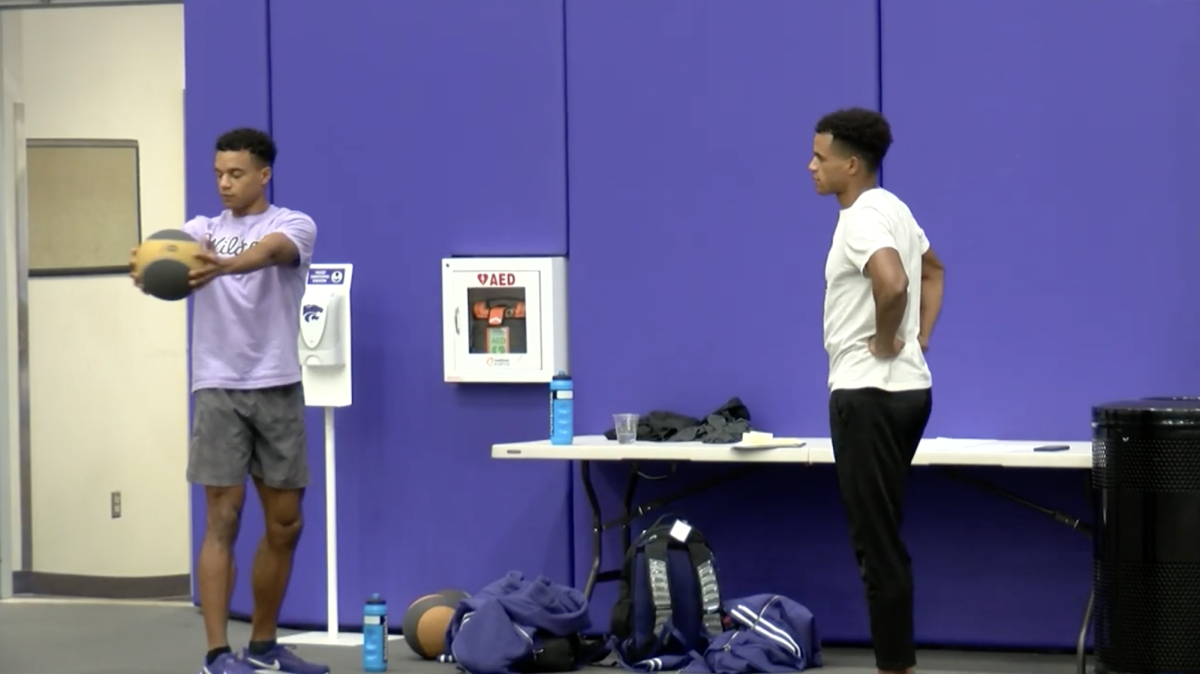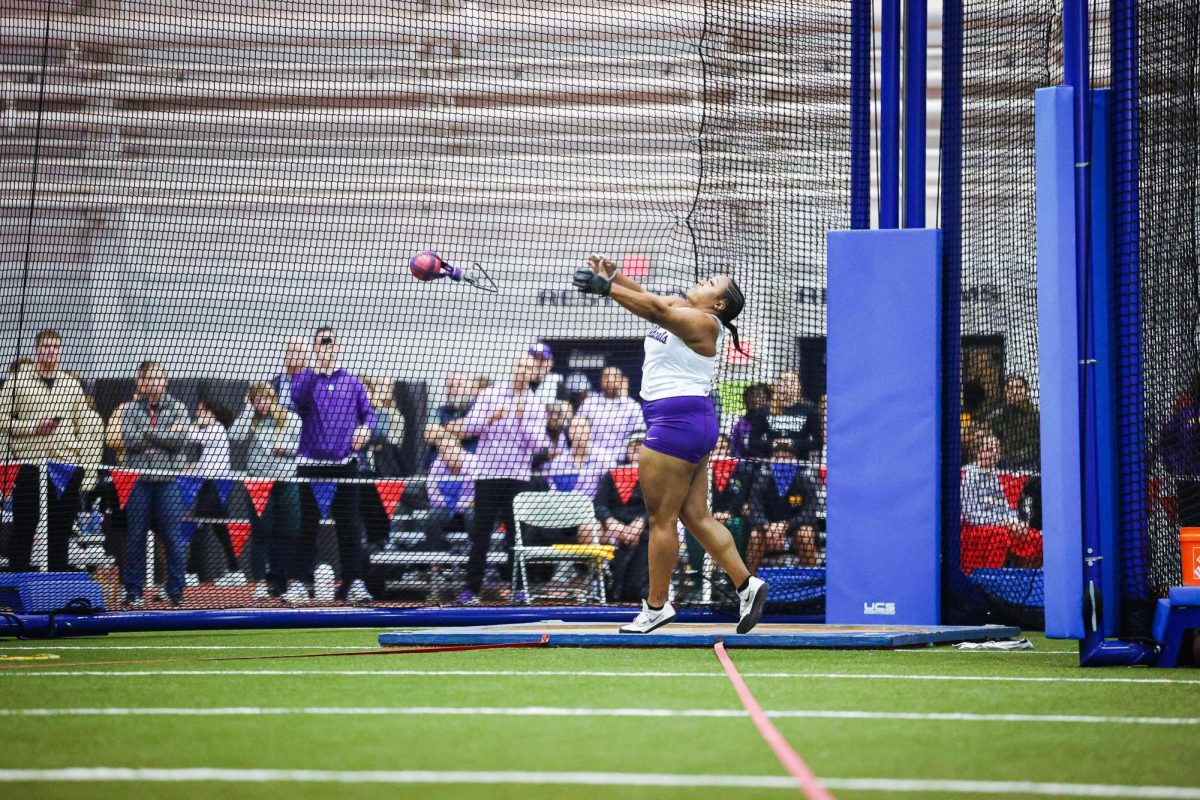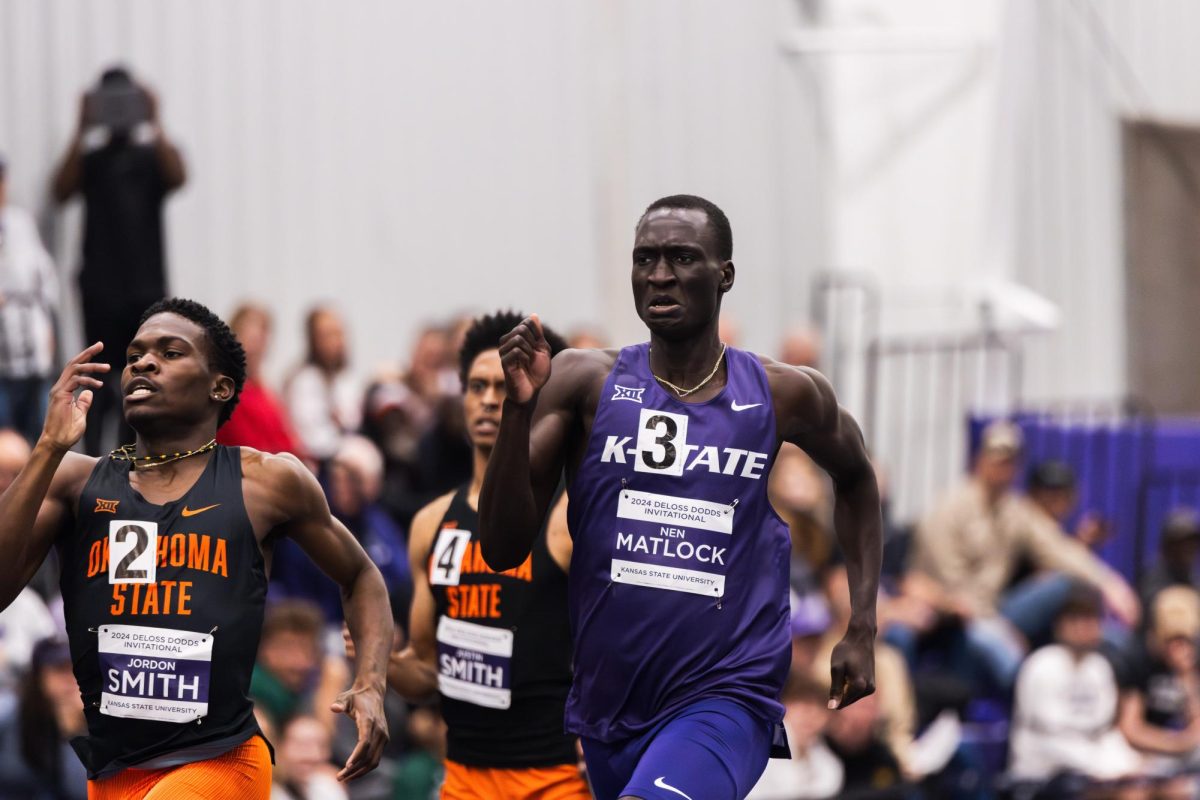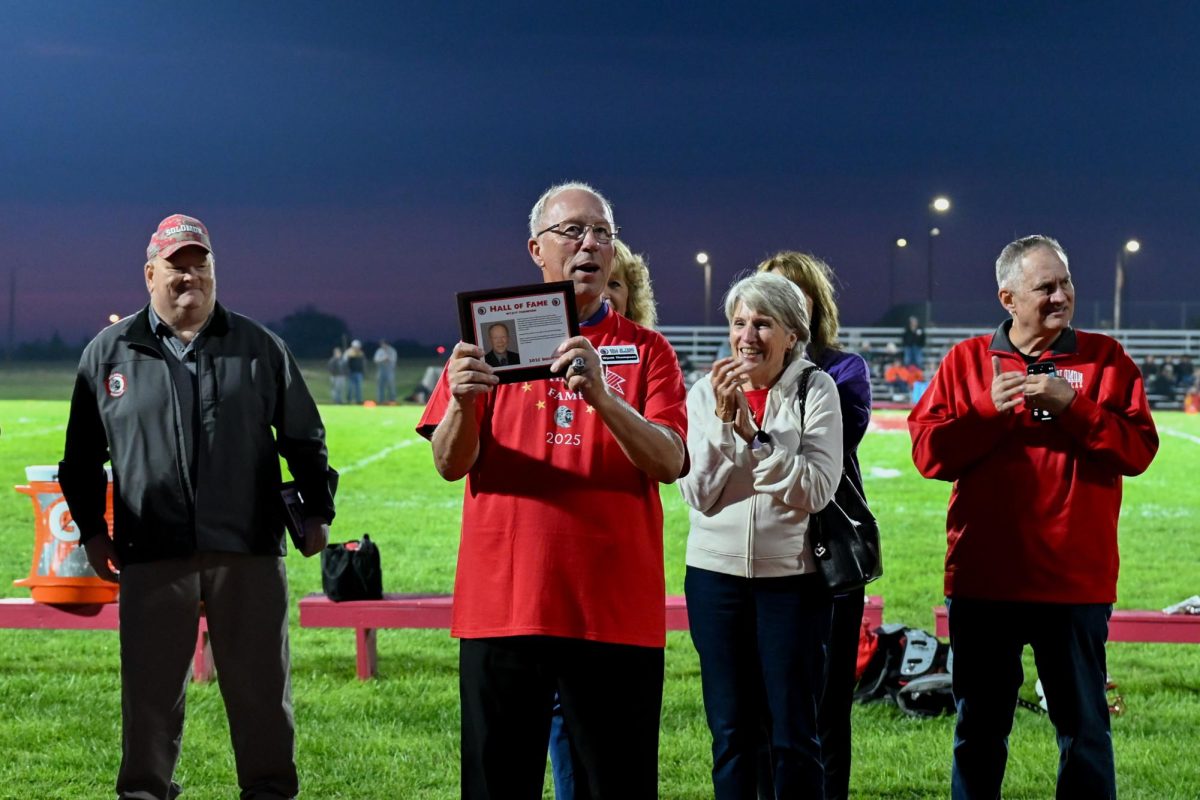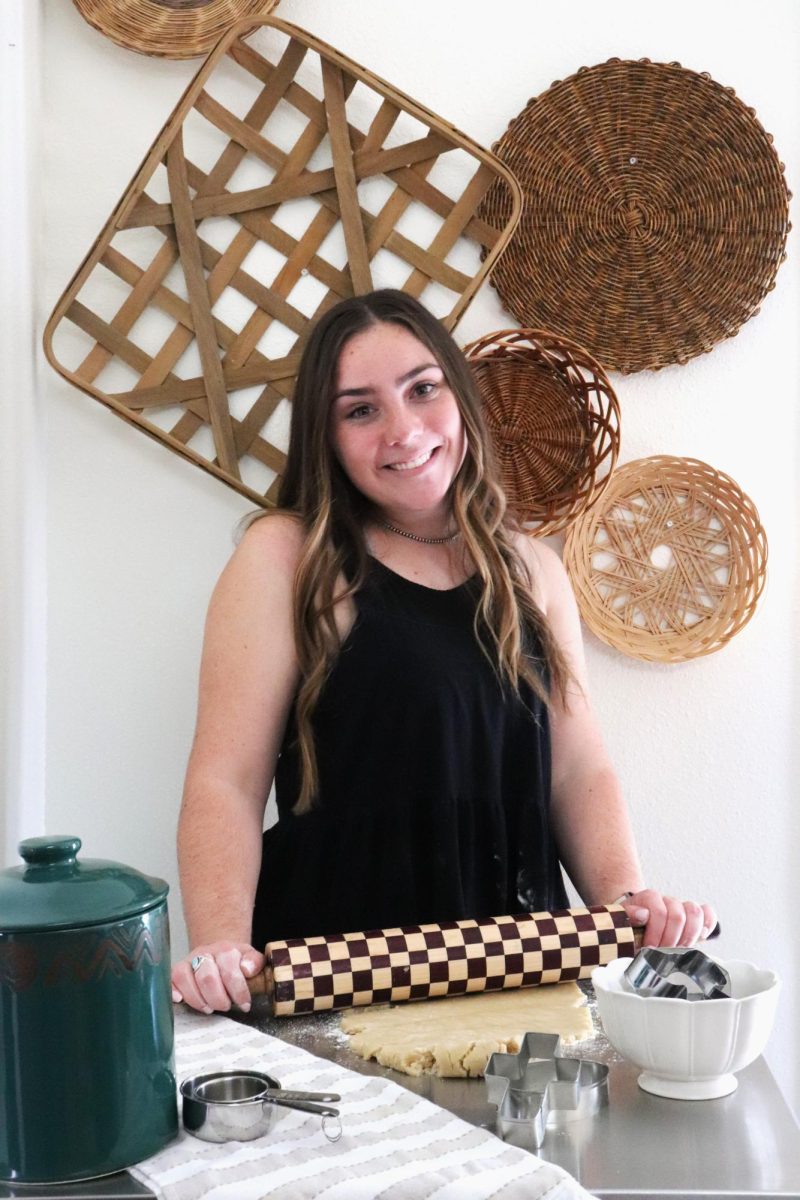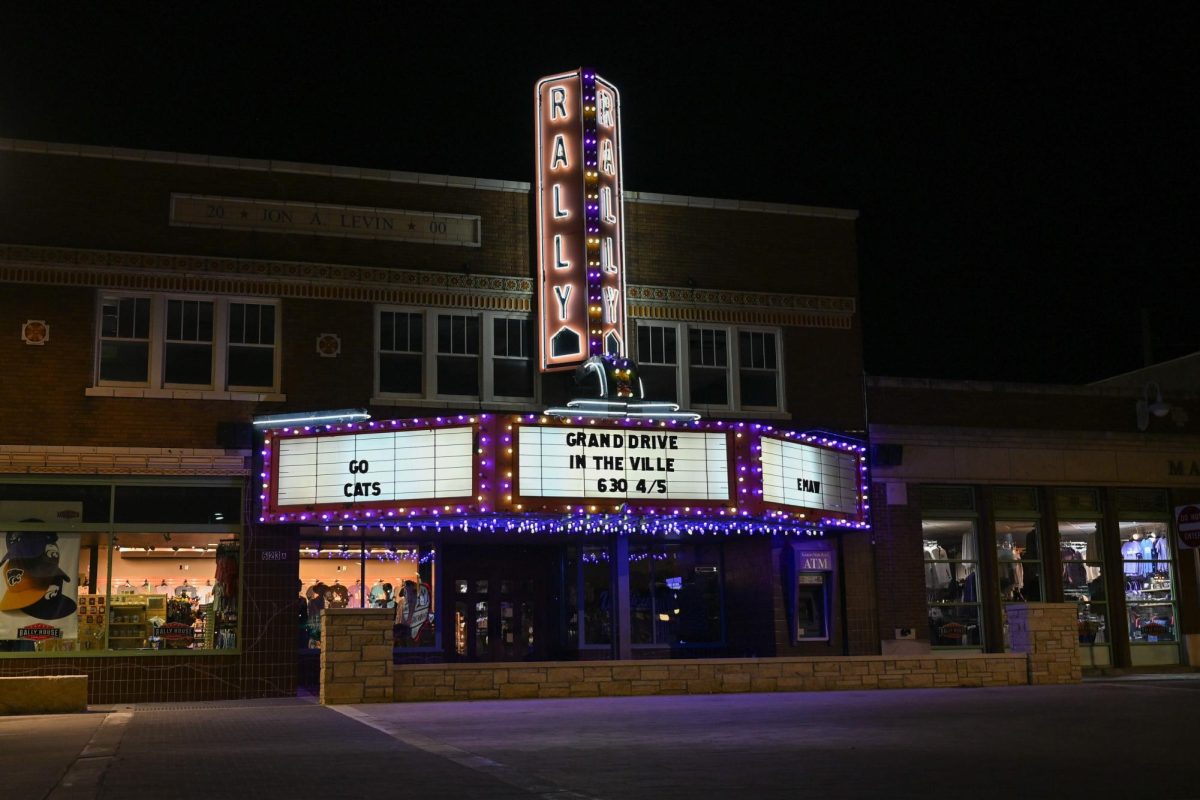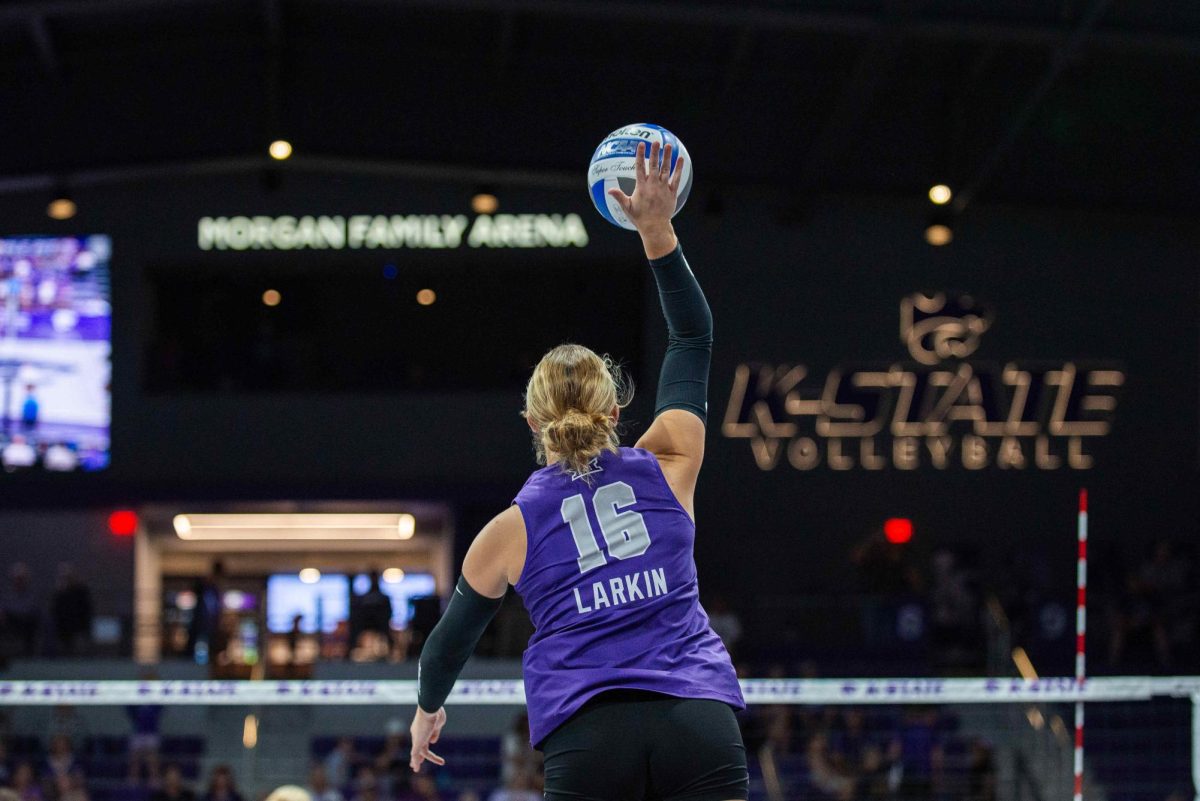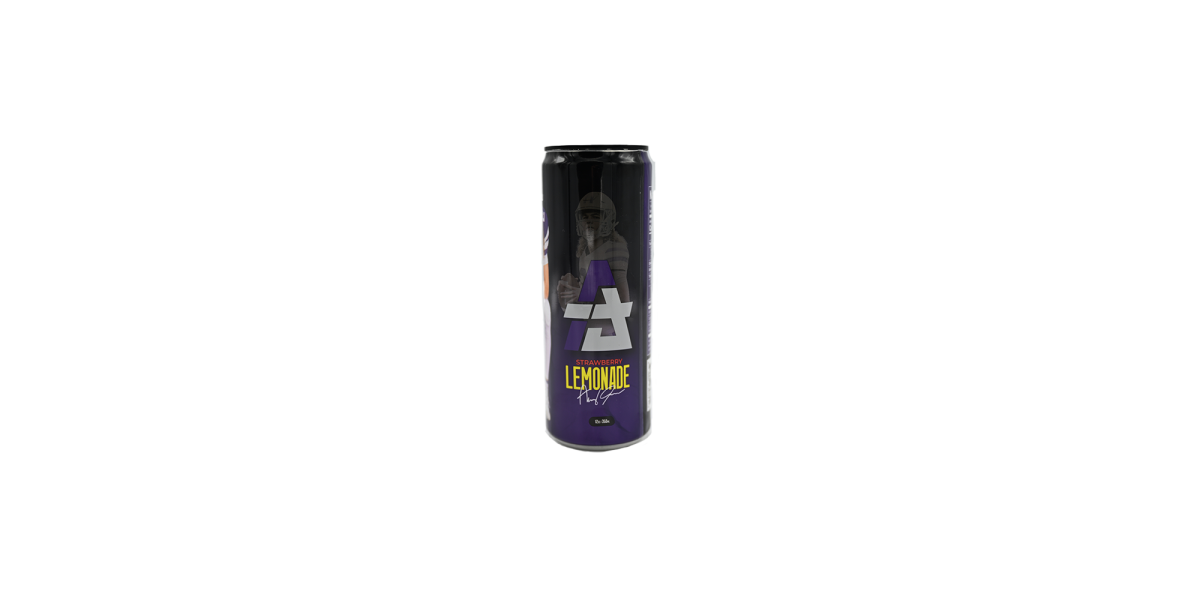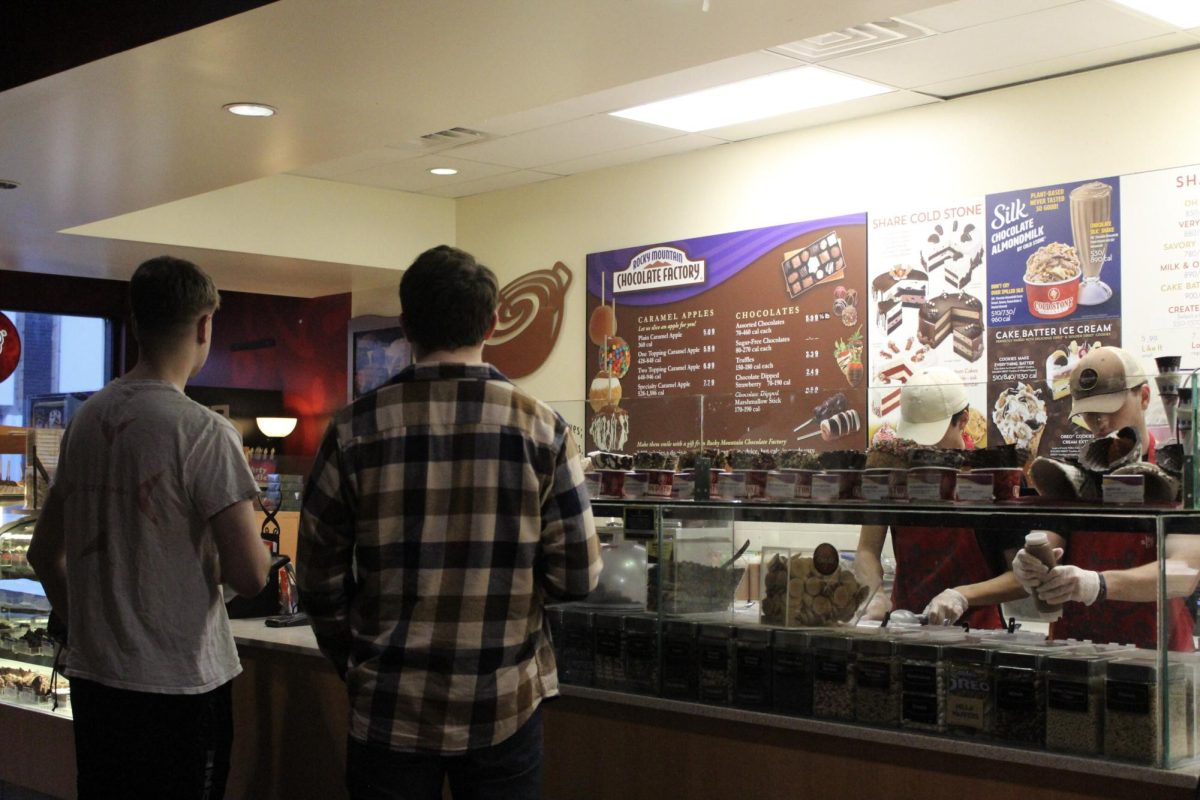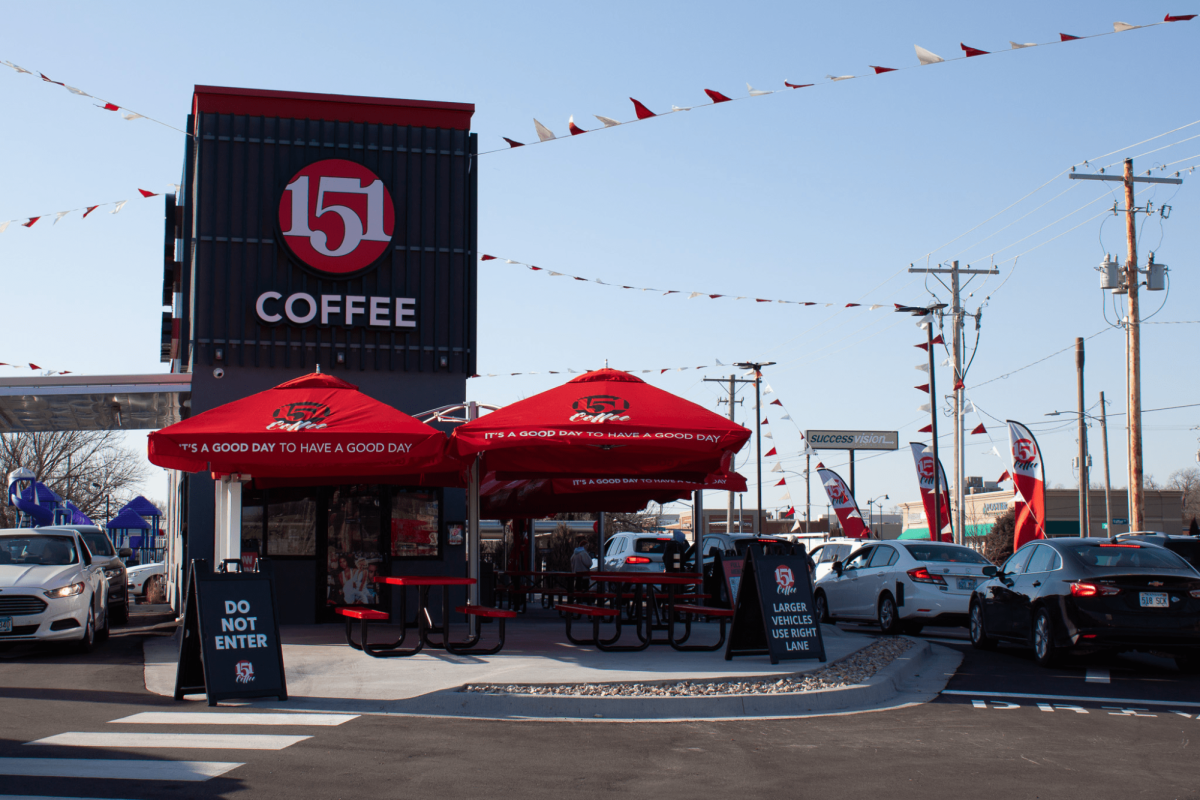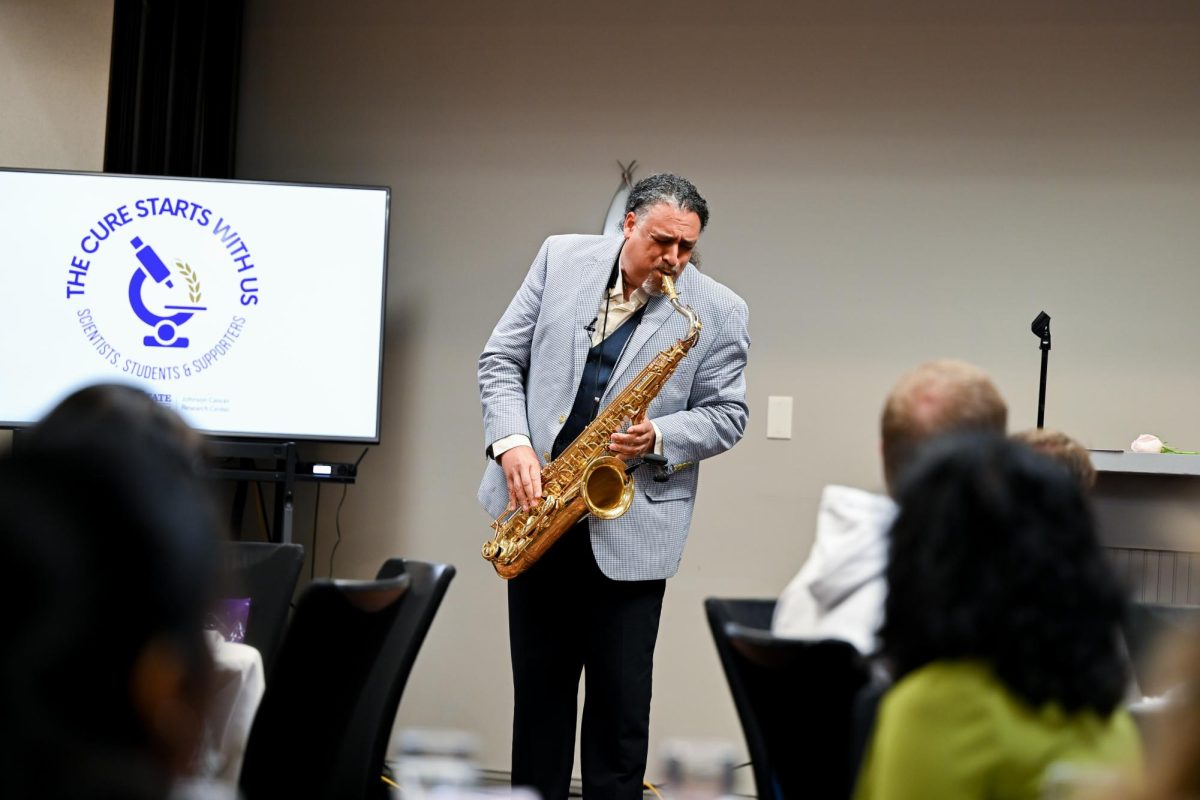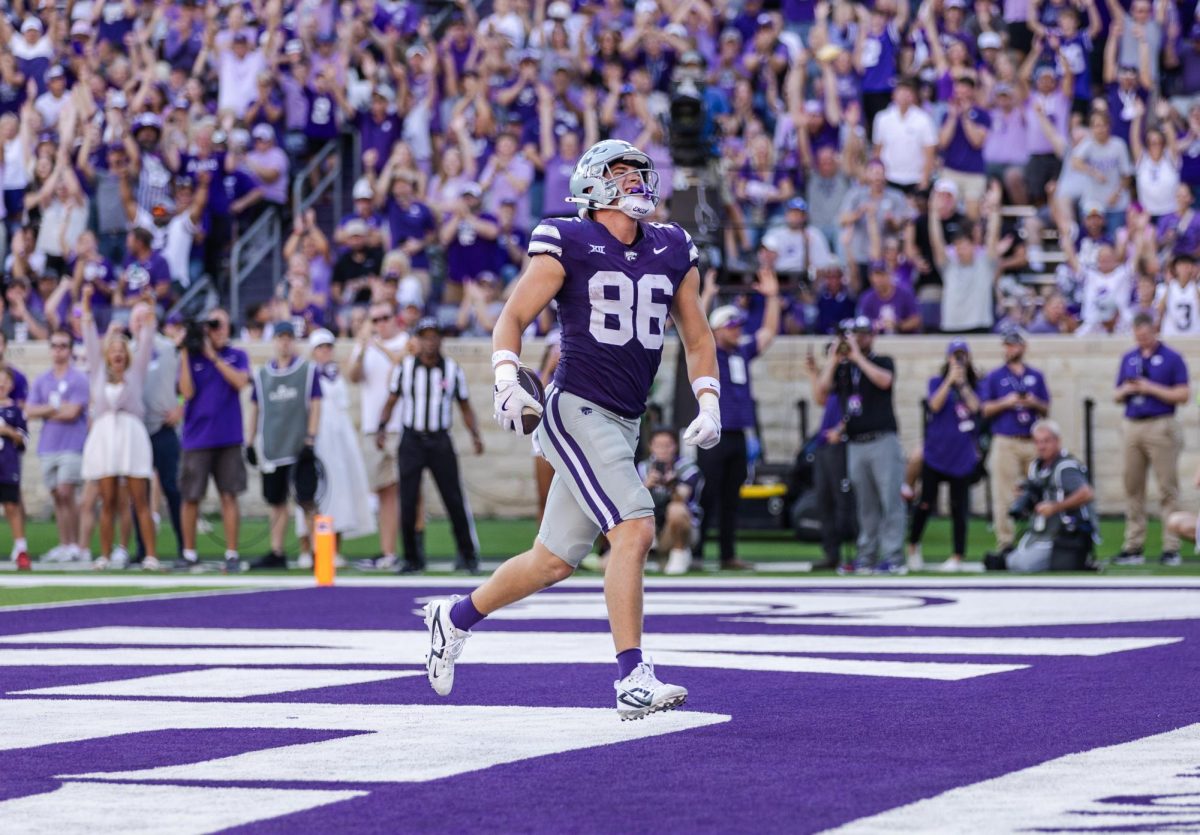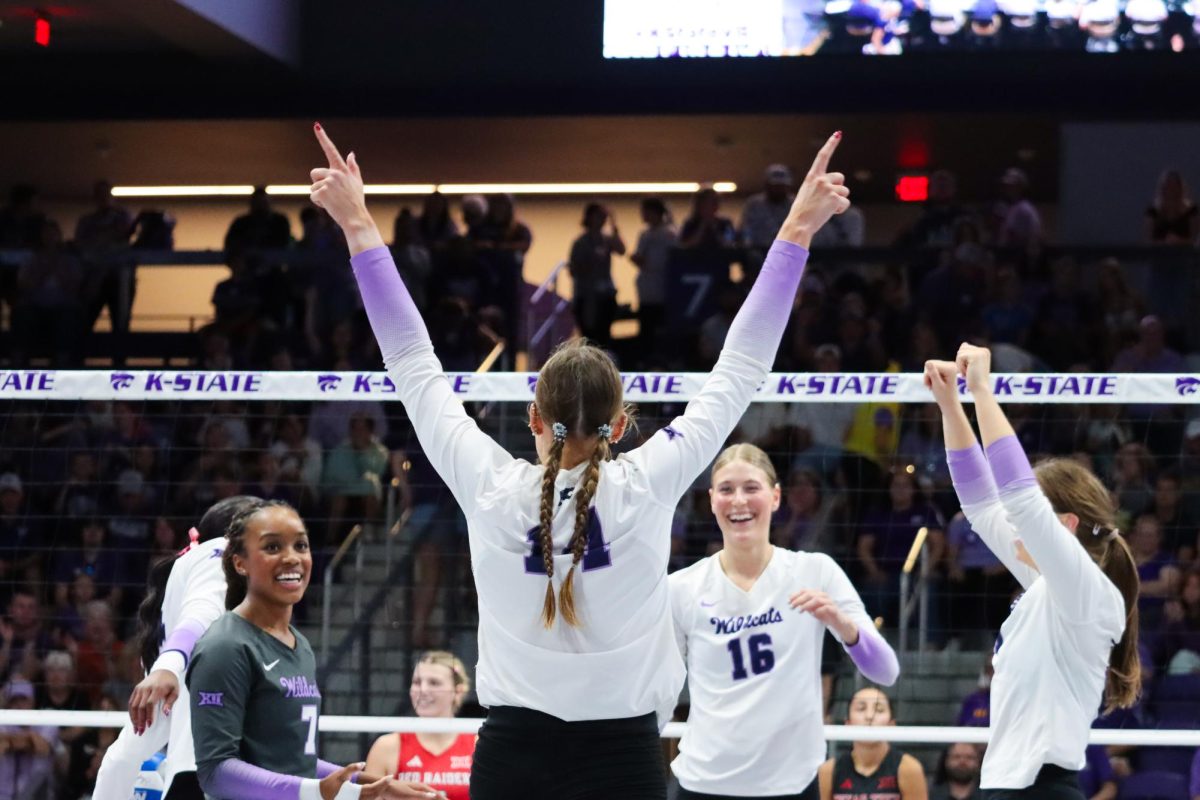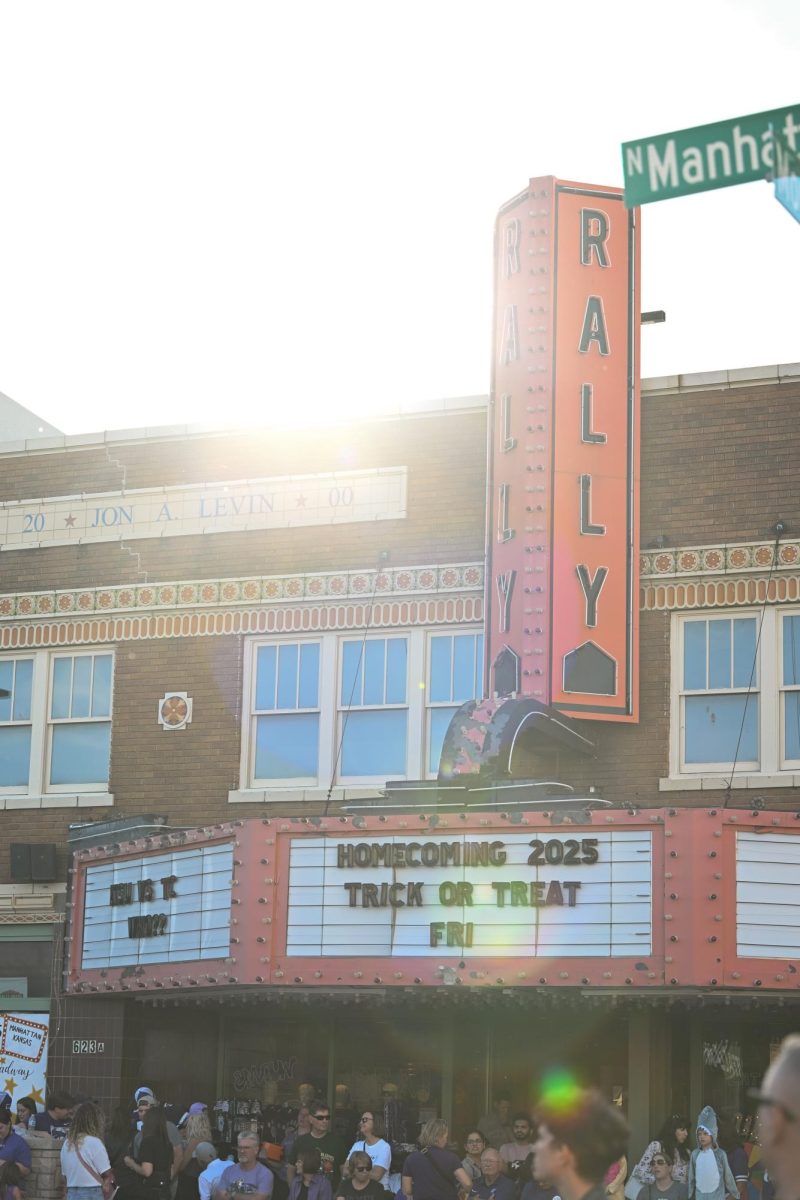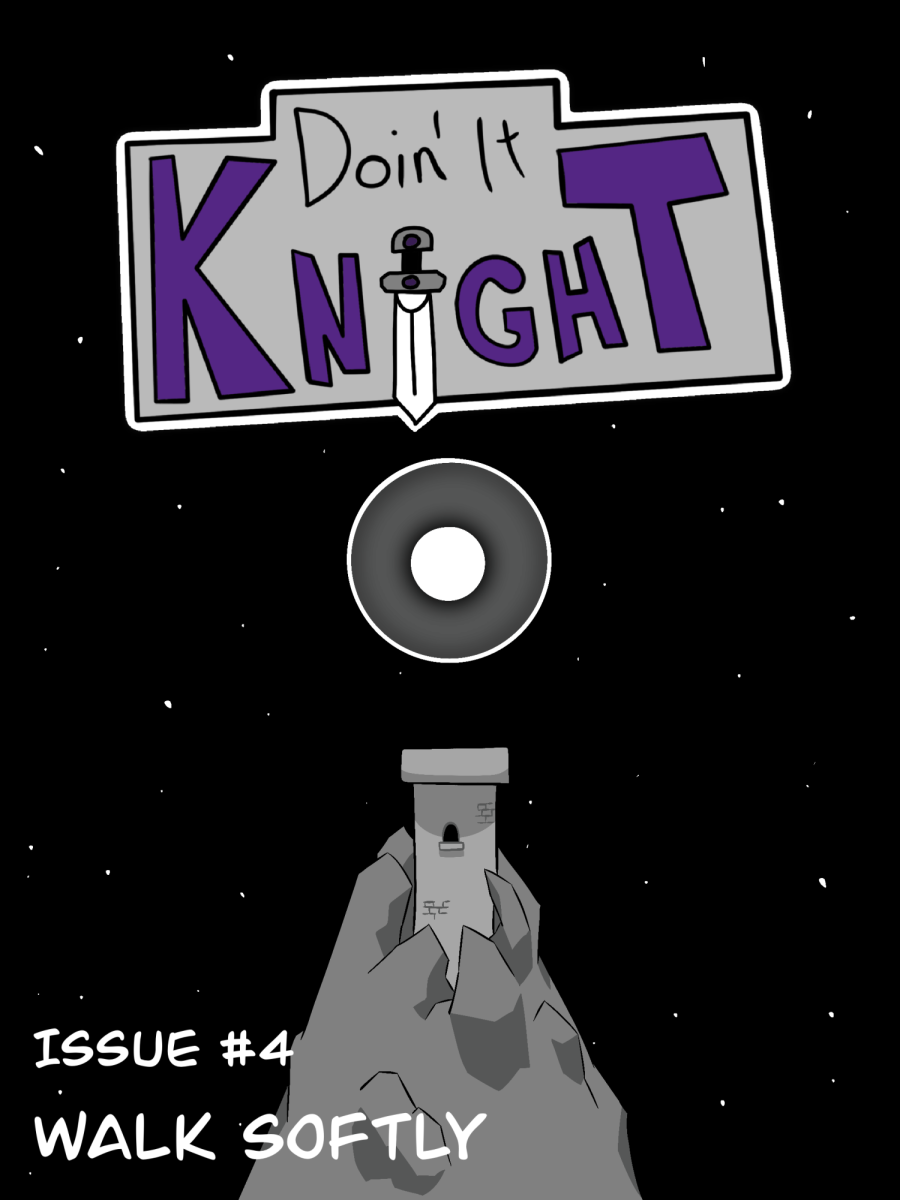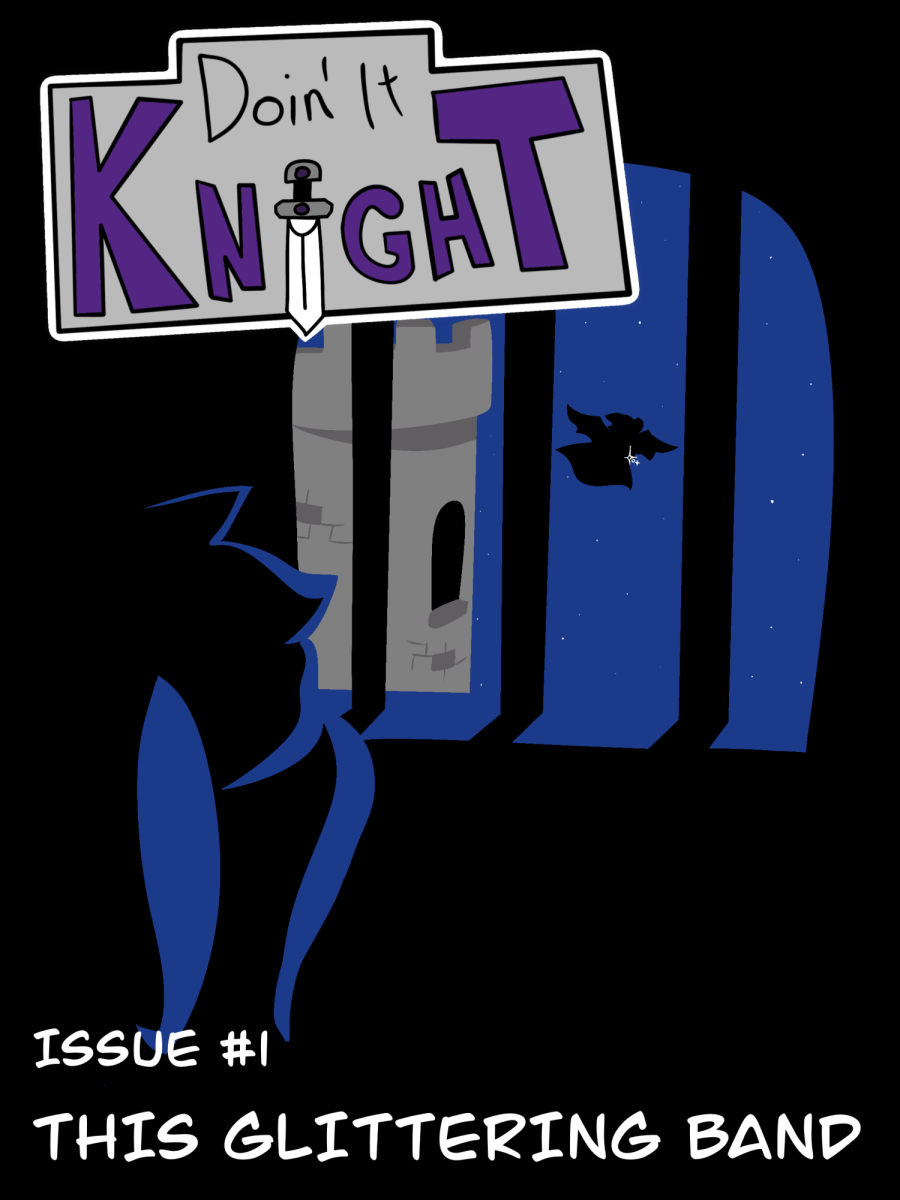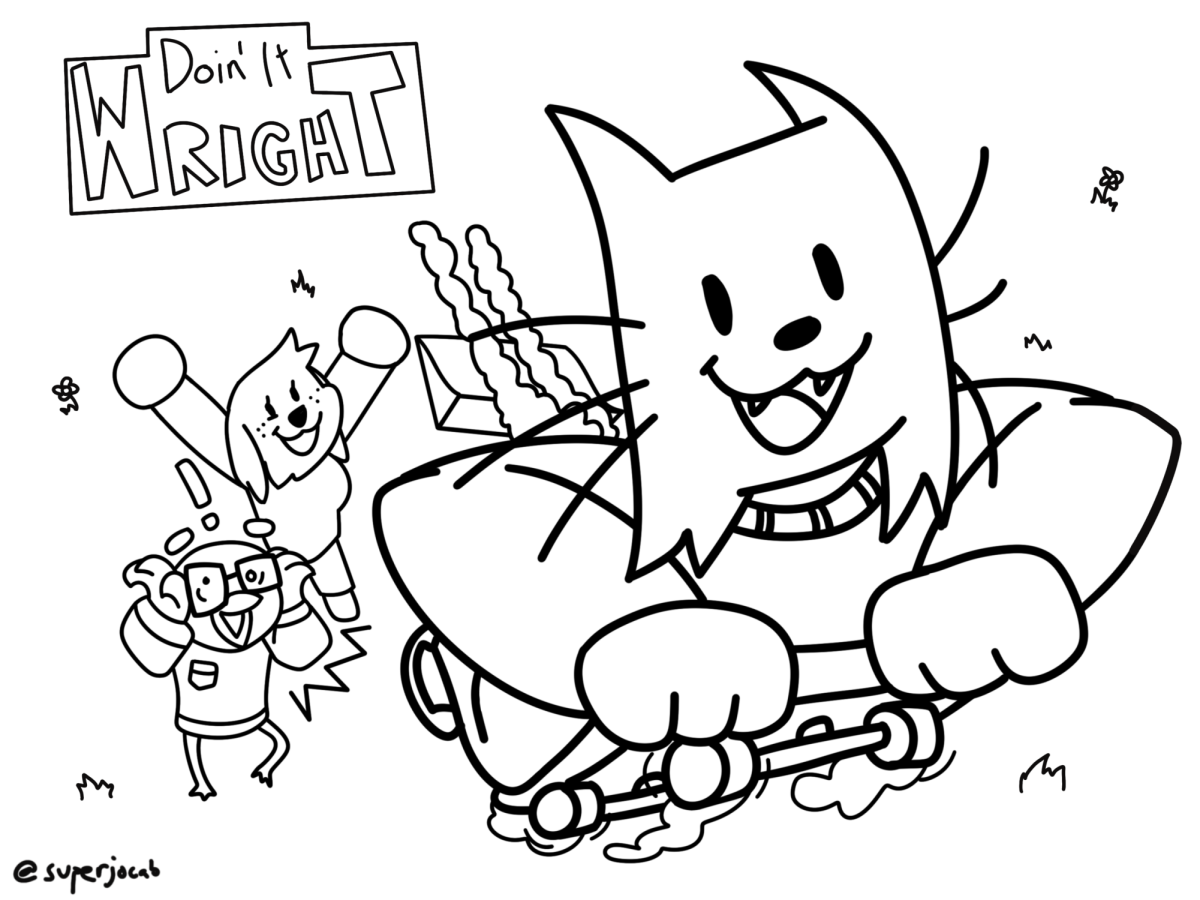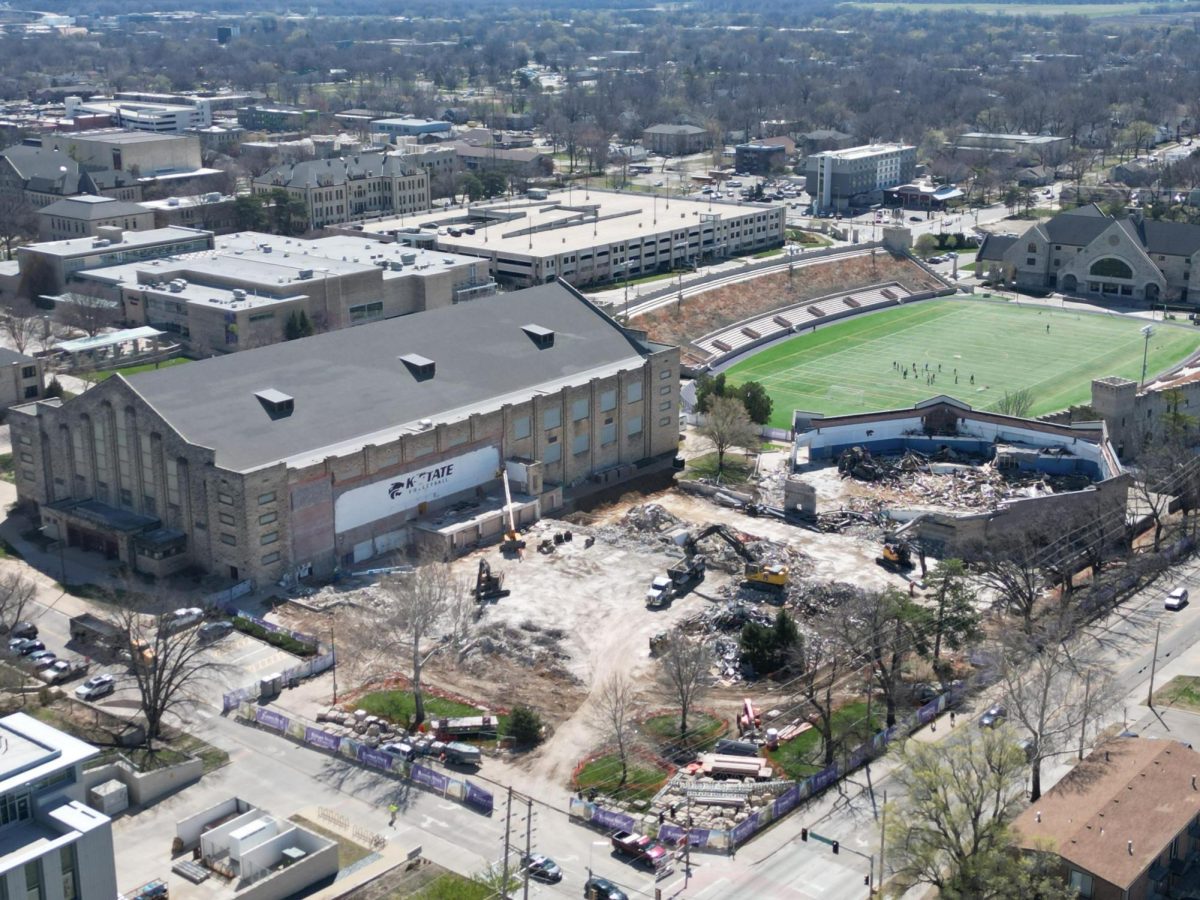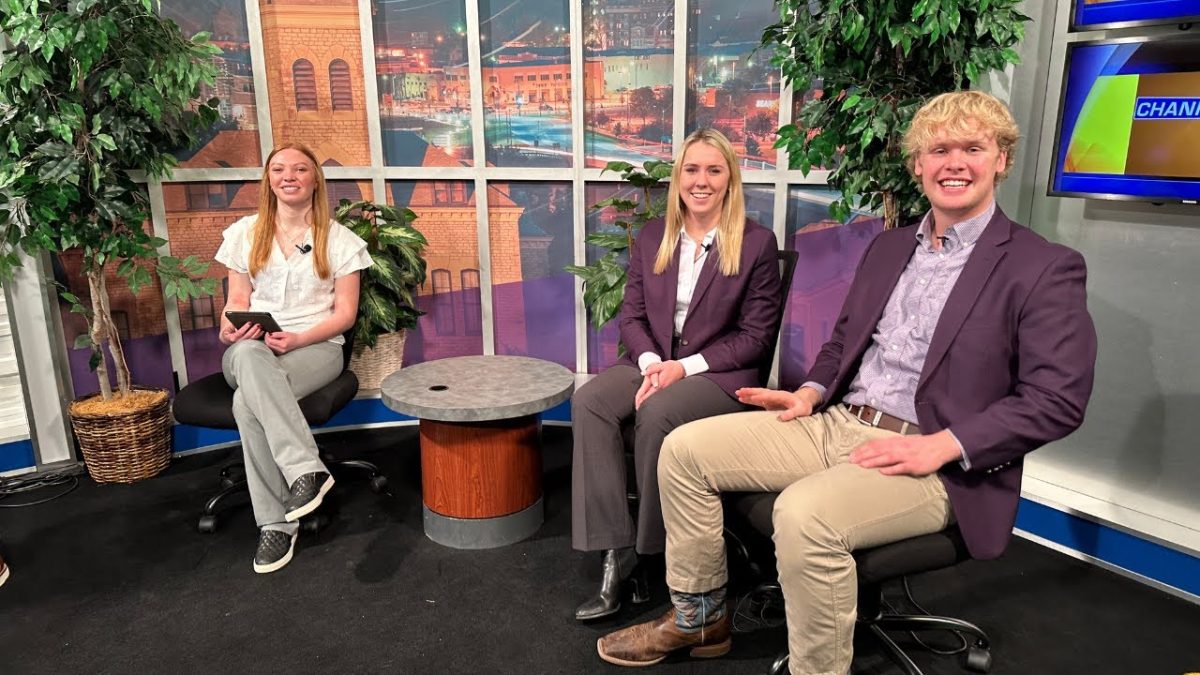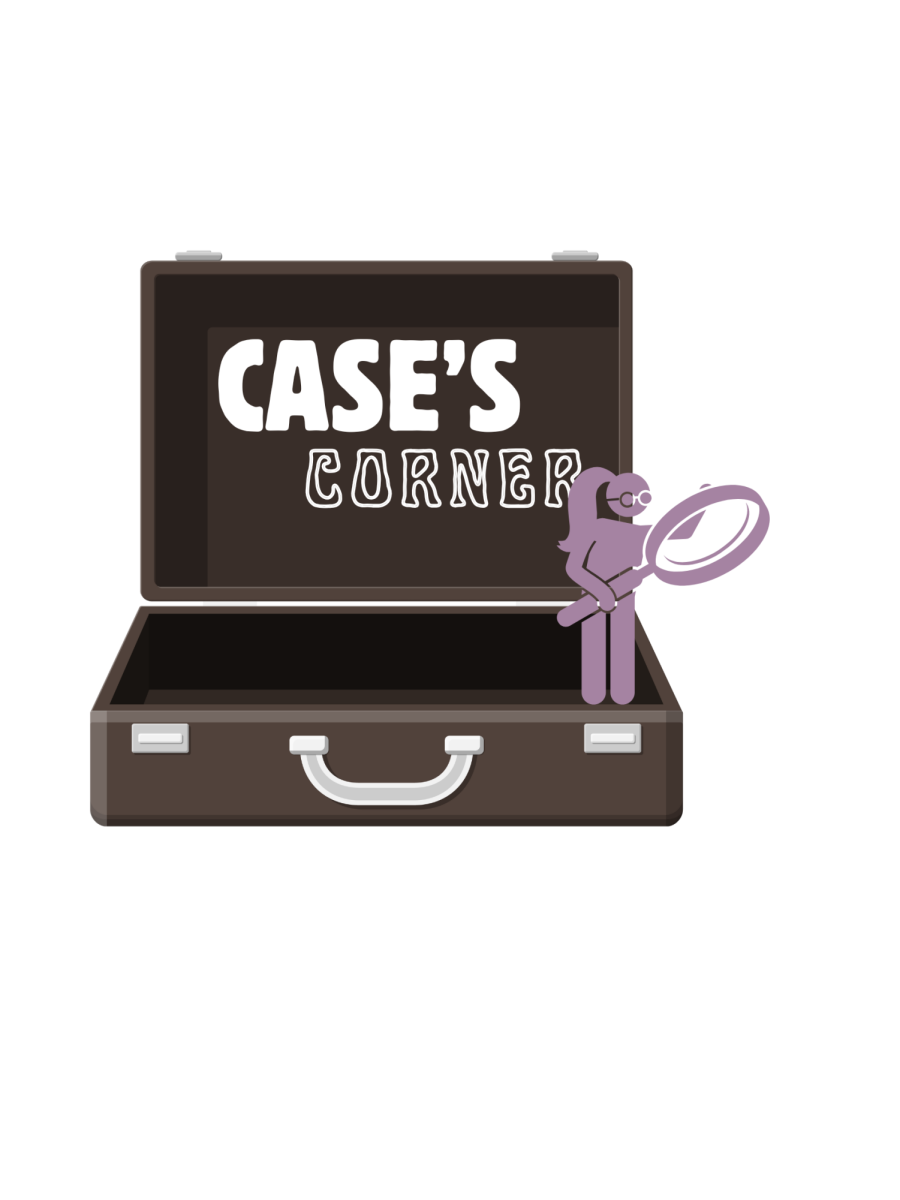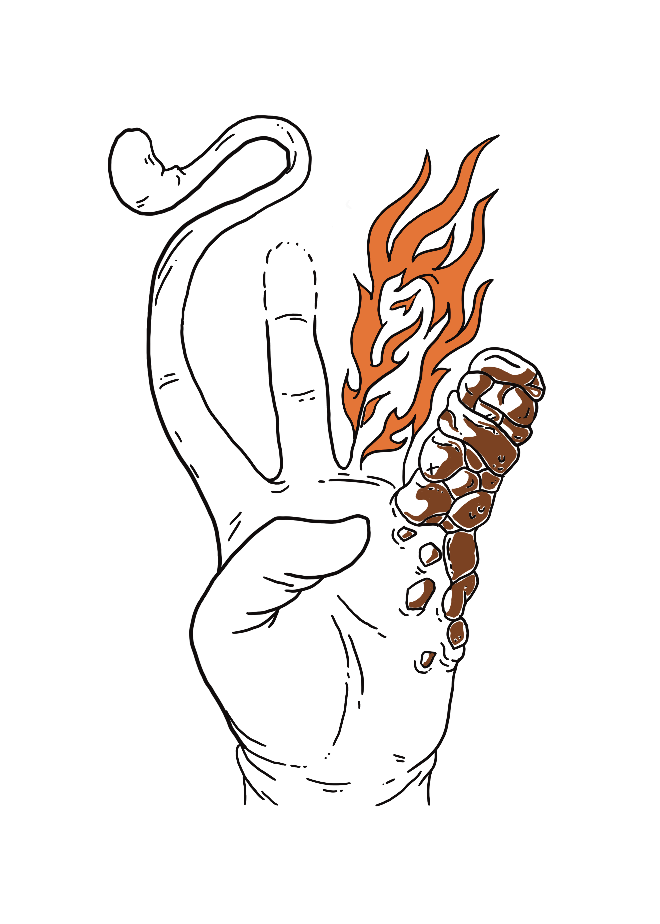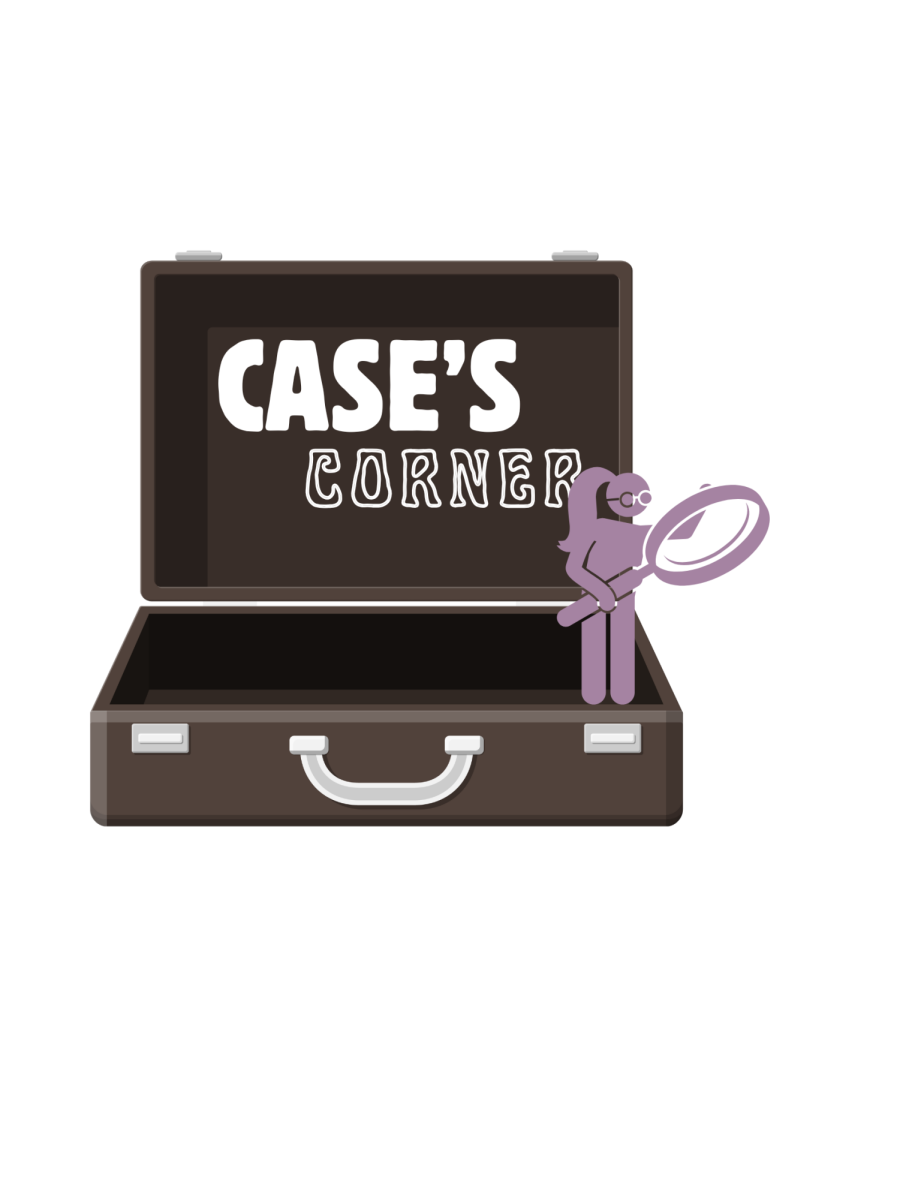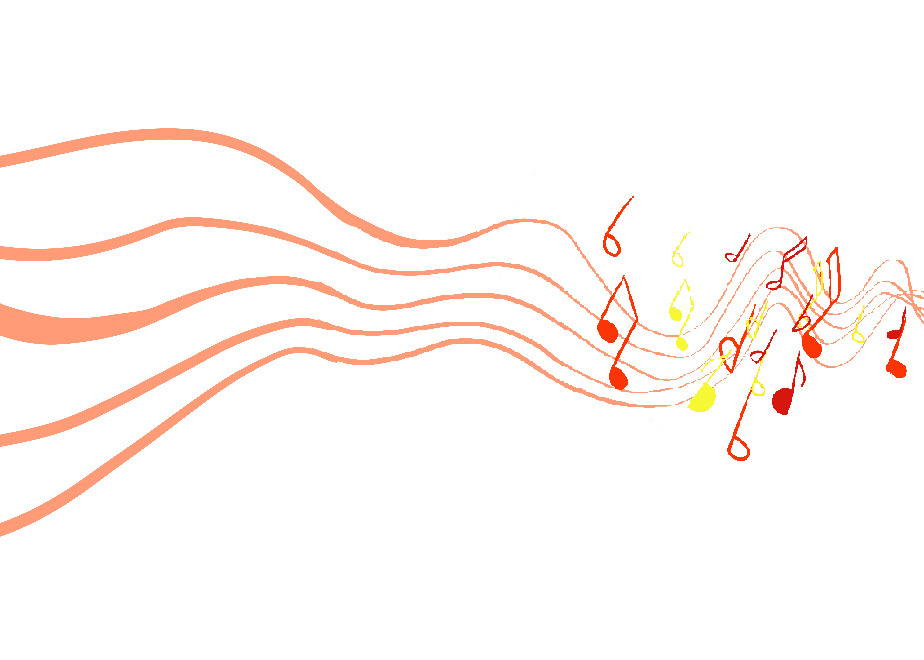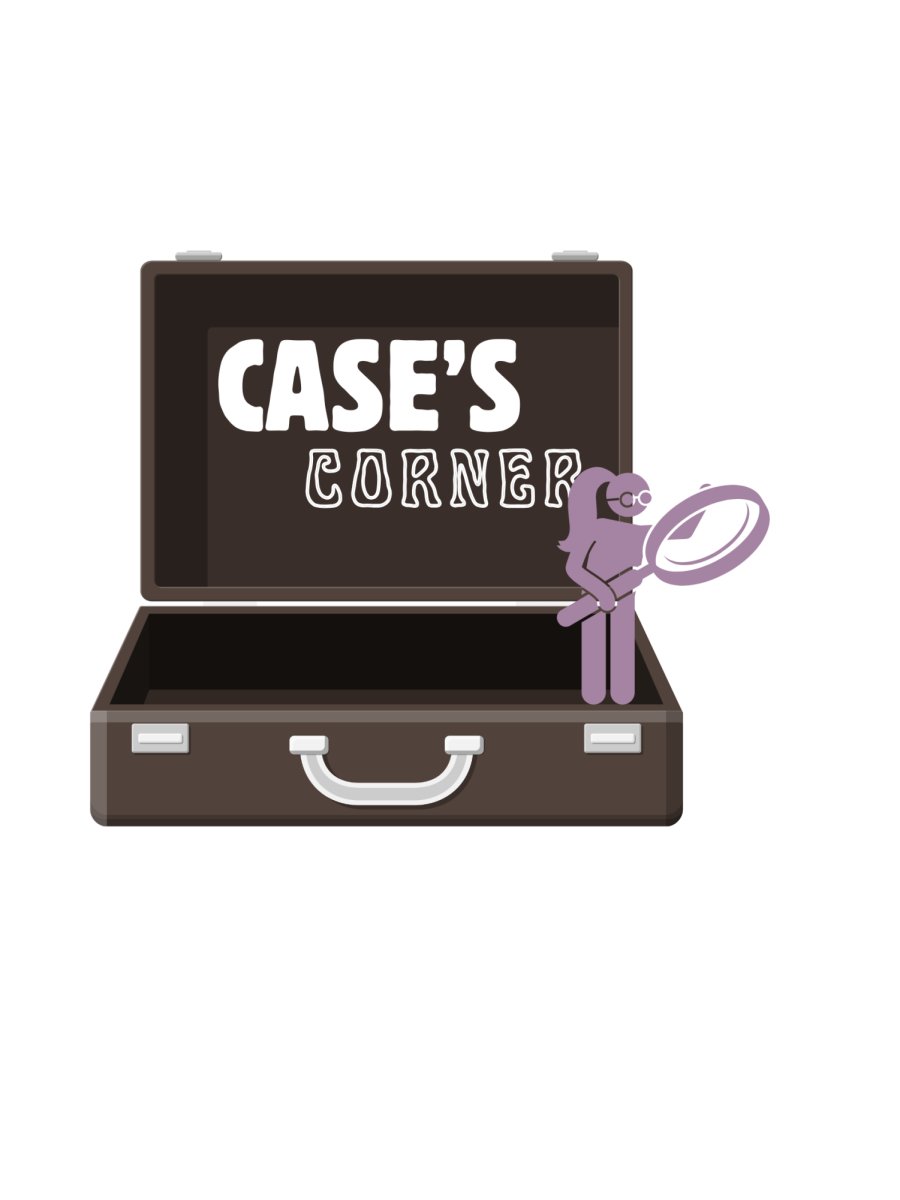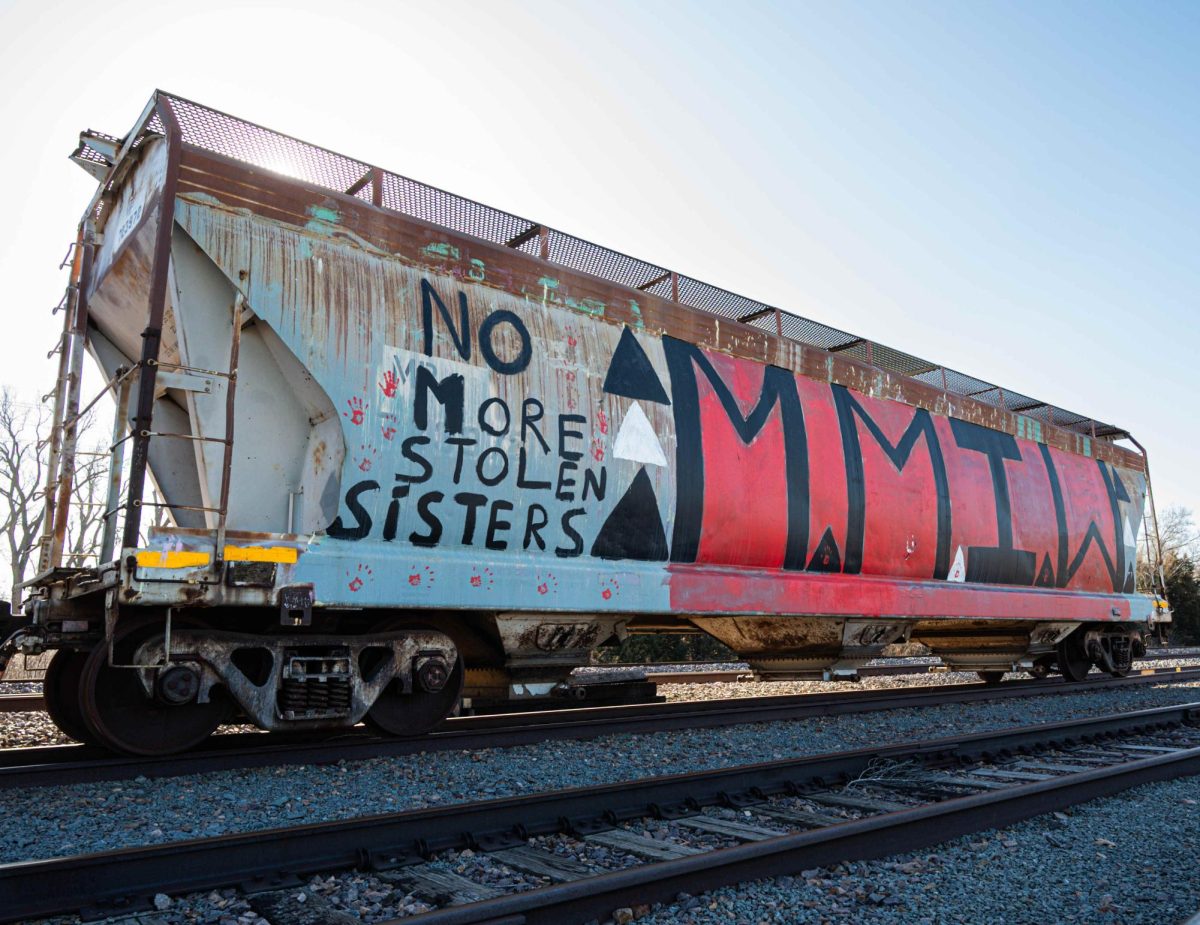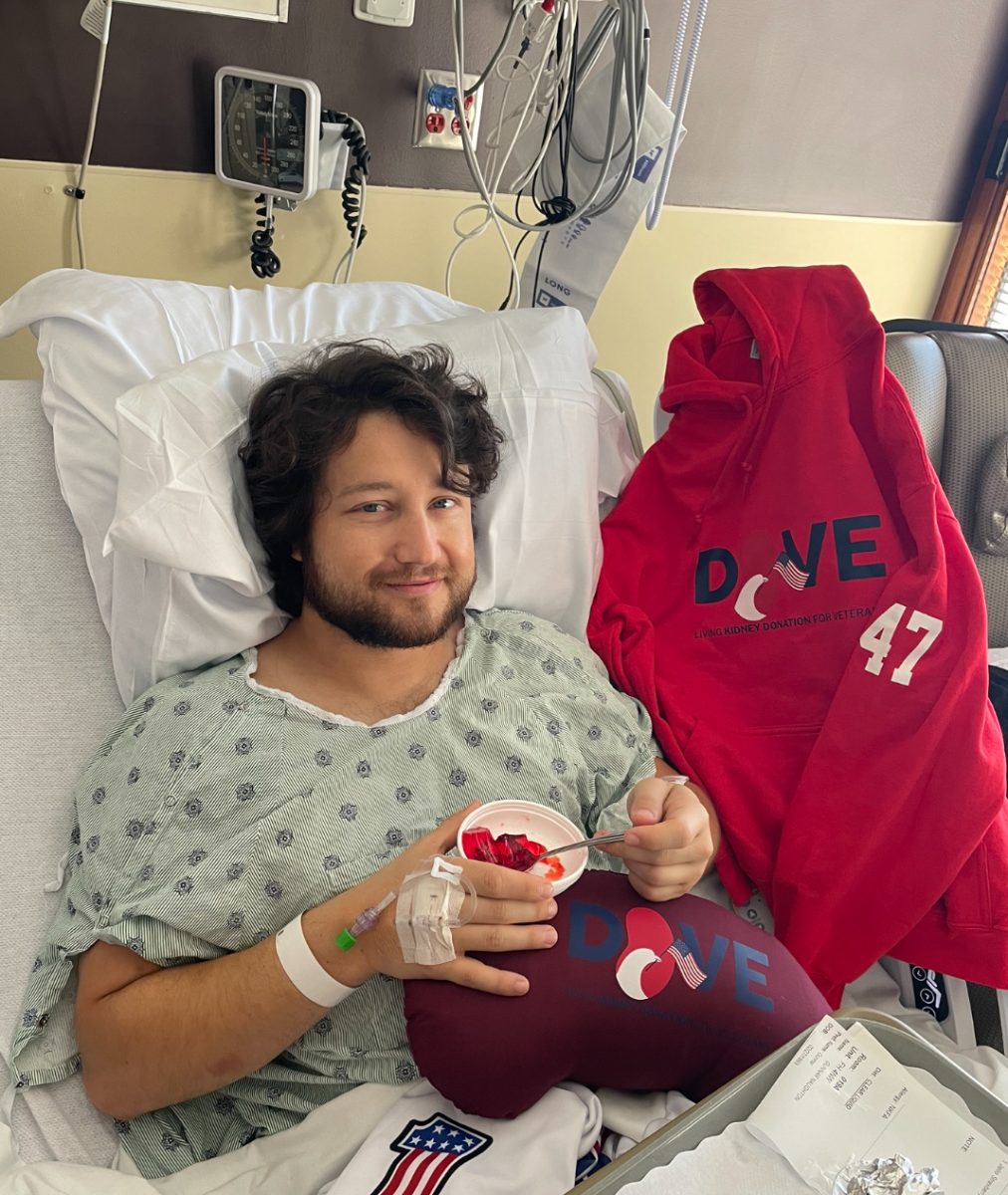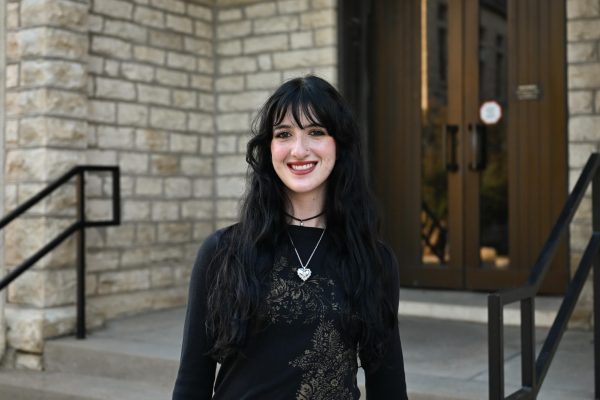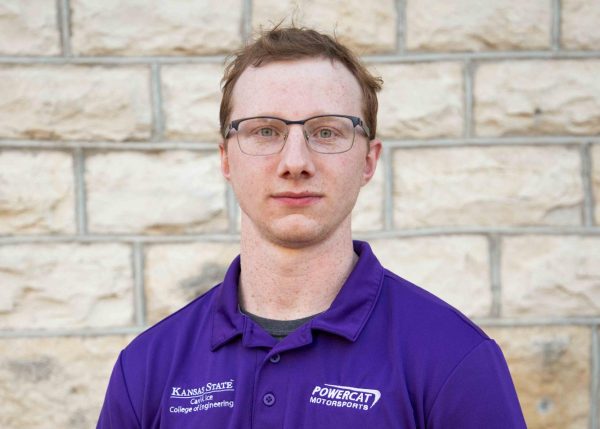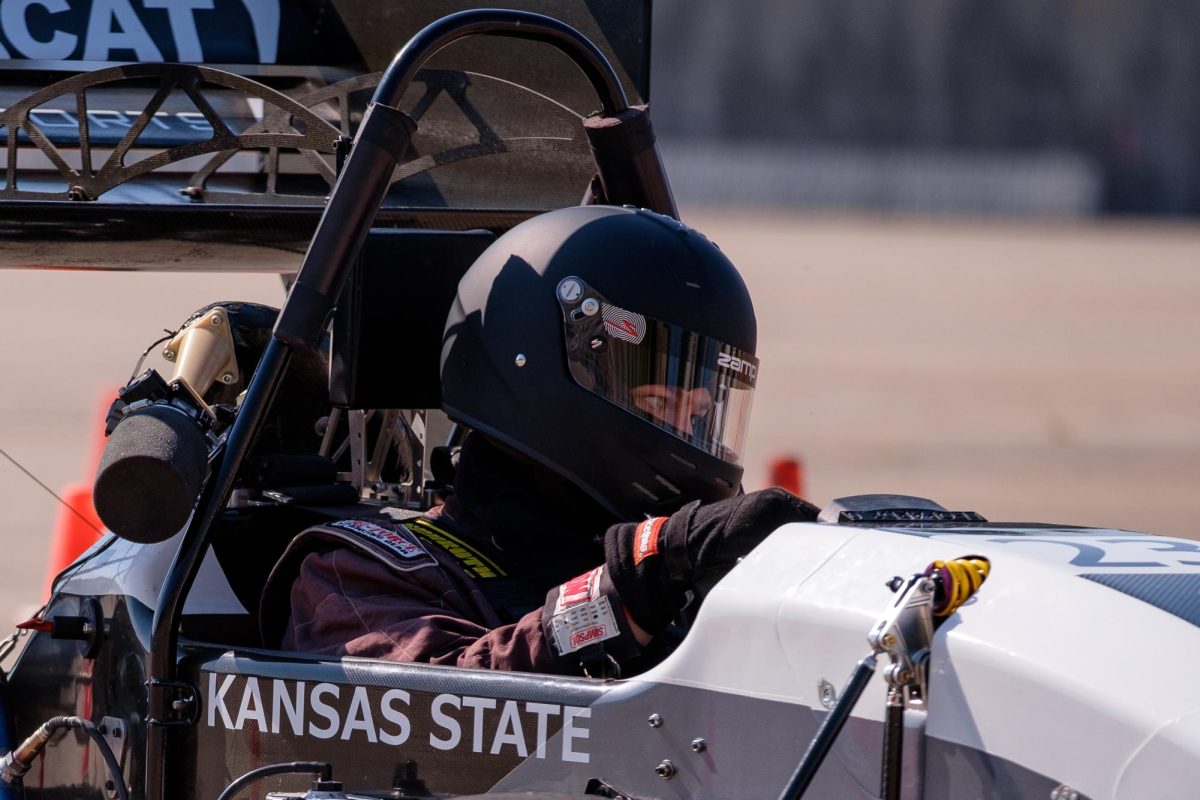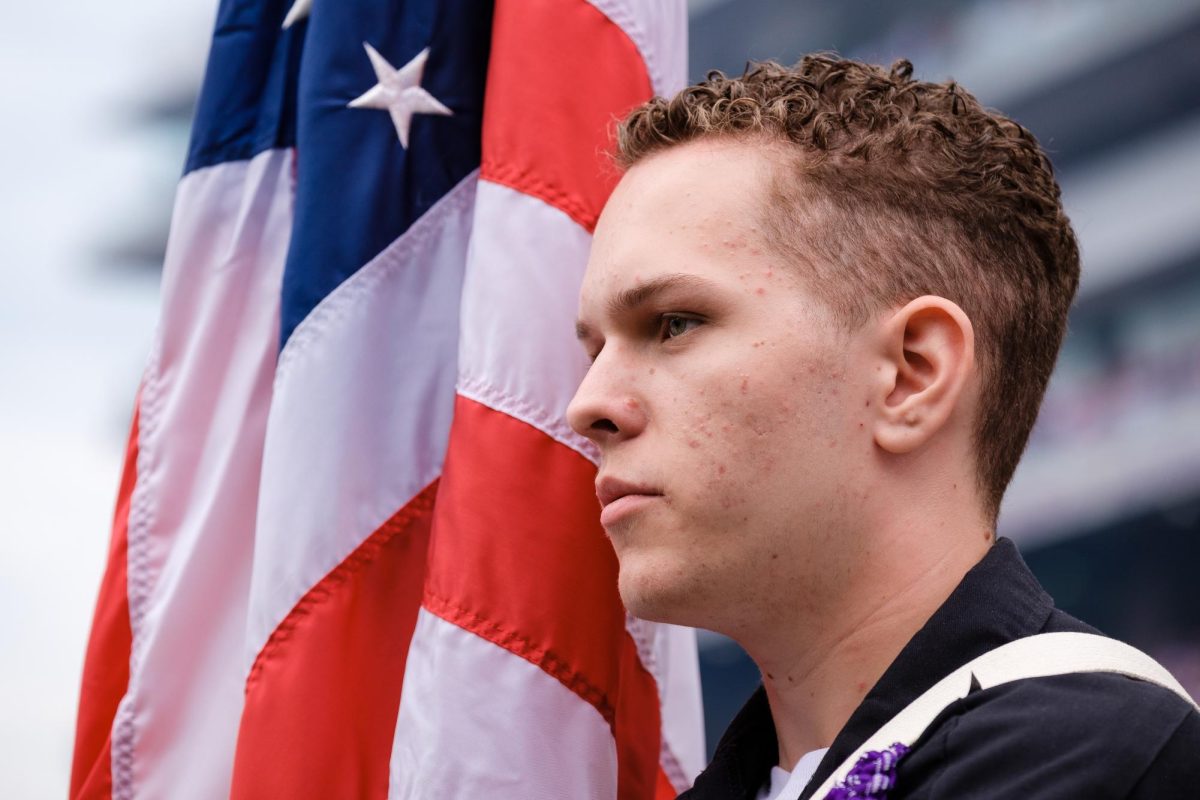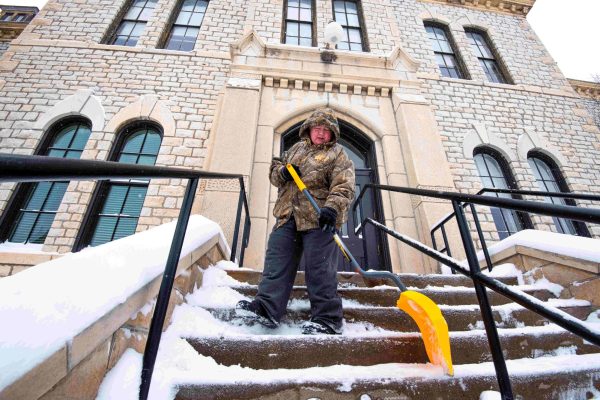
Kansas State’s campus held operations as normal Tuesday, despite closures of other Kansas colleges like Washburn University and the University of Kansas, as well as the closure of Manhattan High School for inclement weather. Temperatures dropped as low as -1 degree and around three inches of snow fell in Manhattan, according to the National Weather Service.
The university announced Monday via K-State Alert that “The K-State parking garage will be available at no charge through Friday, Feb. 21, to aid crews in clearing parking lots.”
Casey Lauer, associate vice president for facilities, said emptier parking lots make it easier for crews to clear snow.
“It opens up our surface lots so that we can get the large equipment in there to clear those out,” Lauer said. “… It’s really hard to clear parking lots with vehicles in there. The best we can do is simply drive lanes because that equipment is just so large for safety reasons.”
Lauer said free parking in the garage is beneficial for students, too.
“I think with temperatures as low as they are it’s a good-faith effort on the part of the university to maybe lessen that extent of exposure to the elements,” he said. “By having most of the vehicles, now not on the fourth — the upper floor, but most of the vehicles covered, with the snowfalls that continued into the day yesterday, for those that chose to park in the garage, it’s kind of an added benefit not to have to clear off windshields when you go home at the end of the day.”
Lauer said the type of snow that fell may have influenced university officials to keep classes in session.
“I think the differentiator with yesterday’s [Tuesday’s] event, we’ll call it that, is that snowfalls as a total were pretty light,” he said. “This was not a heavy snow, this was not a wet snow. This was a light and fluffy snow. … The accumulations were really, really low and that also impacted our decision to continue ahead. Total snowfall was under three inches.”
According to K-State’s Office of Risk and Compliance, “If reports from public safety officials indicate that most students, faculty and staff can travel to and from campus safely, classes are likely to remain in session with normal university operations.”
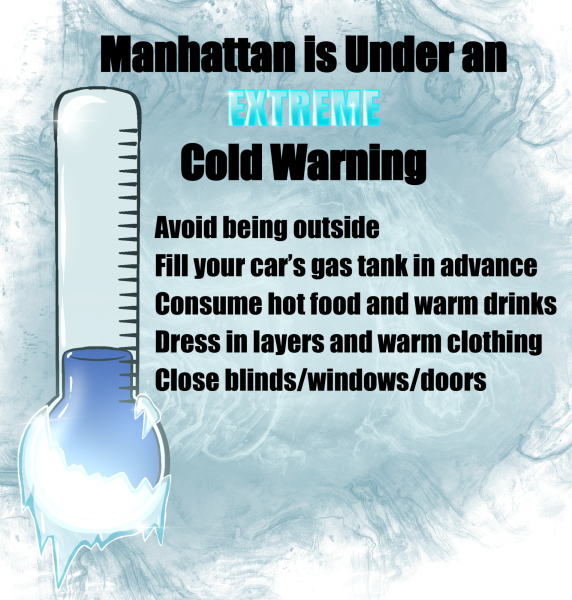
Emmi Lott, junior in architectural engineering, said she felt unsafe commuting to class on Tuesday.
“I took a huge risk getting to school yesterday,” Lott said. “I fishtailed all over the road on my way there and got stuck in the parking lot. Many people at my campus job called in because they felt unsafe trying to get to work, and that caused a huge issue because there was no one available to work.”
Nick Homburg, professor at the A.Q. Miller School of Media & Communications, said he canceled some of his Tuesday classes out of concern for student safety.
“I actually live 30 minutes out of town, and I actually got in my car and I drove to town, and so I knew the conditions of the road,” he said. “I knew how cold it was outside. When I simply stepped out of the door of my house and my door was frozen shut, and I had to kick my way out of my house because it was, you know, wind chill was 21 below zero … I went ‘No, this isn’t a good idea.’”
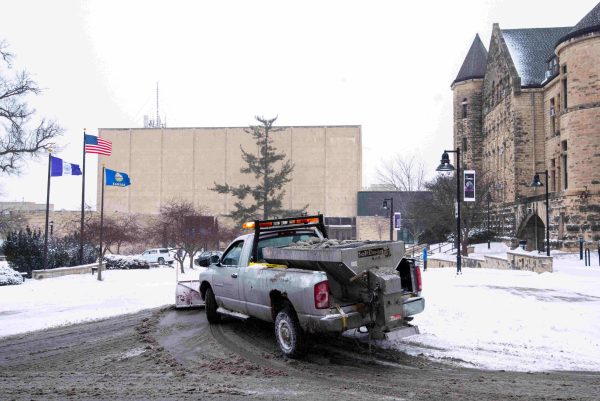
Homburg said even if he had kept classes in session, he thinks most students would’ve stayed home.
“When I got to campus, campus was pretty much empty,” he said. “The parking lot, the parking garage, there was maybe a fifth of the cars that are usually there. Mainly it was facilities people that had made it. I did not see another faculty member. … But early in the morning I did hold the first class and I had two students show up. … Students are going to find a reason not to come, so for those brave souls that would show up, instead of spending five minutes with them and saying, ‘Hey, you know, go home and be safe,’ I figured that for their safety and their well-being, that’s why I canceled my classes.”
Homburg said despite the university remaining open, he appreciates understanding about professors choosing to cancel class.
“The thing that I like about this institution, though, they do leave a lot of stuff up to the professors as far as making those calls,” Homburg said. “And, you know, the activities I had planned for the day, I would have had students outside and I just didn’t feel that that was good.”
Lauer said the “break-even point” for facilities to clear the snow is around 6 inches.
“What that means is if the forecast shows more than that, we have a really hard time getting everything open in advance of, let’s say, next-day classes,” he said. “If it’s less, then it’s usually not an issue.”
Lauer said maintenance crews also have to adjust operations based on the type of snow that falls.
“This snow event, brushes were way more effective than blades,” he said. “If you go back three weeks ago, brushes wouldn’t have touched that. It was heavy and it was thick so blades were the only way to go, so it depends, in terms of the equipment we use.”
Lauer said maintenance crews always get an early start when clearing campus roads and sidewalks.
“If there’s snow in the forecast, we touch base as soon as 24 hours out for two reasons: One is it helps us gauge our plan of attack, and every storm is different,” Lauer said. “It also helps us to touch base with administration at large. … We had people here monitoring throughout the evening that night [Monday], and it did start snowing before midnight. Our first crews showed up in the very early hours of Tuesday morning, probably in the 2 a.m. period. I know that we had plows running as soon as 3 and 4 a.m. that morning.”
Tuesday’s storm posed a particular challenge because snow fell continuously throughout the day, which Lauer said is different from the 17-and-a-half inches Manhattan received in early January.
“So, when you look at this one, I think the difference is it didn’t necessarily come in like we got the 17-and-a-half inches, you know,” he said. “We got that overnight, and for the most part, it was finished up the next morning. This one was a little different in that it came in in about two or three different waves, and it continued to snow throughout the day.”
Lauer said Facilities prioritize clearing certain areas “due to either operational efficiency, clinical needs [or] public safety.”
“At one time, we’ll hit the vet med hospital because they’re open 24/7,” he said. “We will hit the police department for campus safety in general, making sure that those facilities are clear. And then also, we’ll hit the rec center first thing. Typically when the university is open, so is the rec center, and so just due to typically higher volumes in the morning of people using the rec center, we’ll do that first. From there we’ll go to opening up major roadways, including access to the parking garage and then sidewalks that connect back to the heart of campus.”
Lauer said Facilities has an organized process to keep campus accessible in the event of snow.
“Once we have our roads, [which takes] probably an hour to an hour-and-a-half, opened up, our landscaping crews come in and they’ll do major sidewalks,” he said. “We stagger, then, our custodial staff just a little bit beyond that, so once our sidewalks are in motion we’ll do the building entries by hand, then, as well. It’s a well-oiled machine, but it’s all prioritized based on a whole set of factors that we’ve developed over the years.”
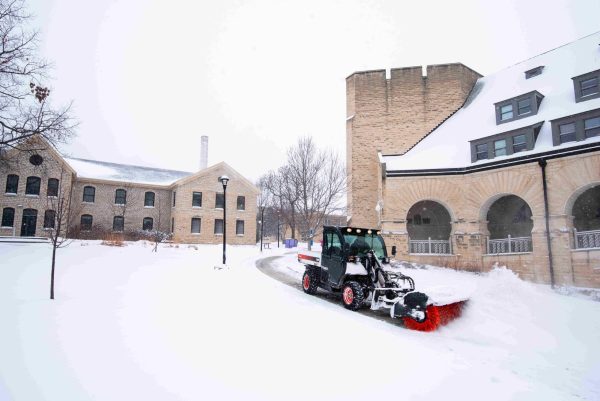
Lauer said Facilities is open to working with students on keeping campus clear and safe amidst winter weather.
“Working with SGA or the student body could come maybe next year once we’ve got a better rhythm to it,” Lauer said. “… If we could do some pre-clearing of the large lots in advance and ask the students that park typically around the dorms and things like that to maybe move their cars to those locations and just let us have the entire lot where they were, and then move back afterwards.”
Above all else, Lauer said “a little grace” from students is important.
“It might not seem apparent why things happen, but rest assured every decision we make is based on trying to make the best decision for the conditions that are present for the dynamics of whatever storm we’re trying to deal with,” he said.

